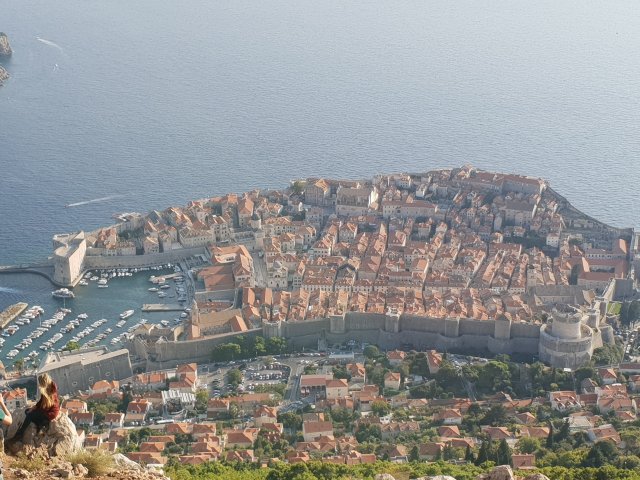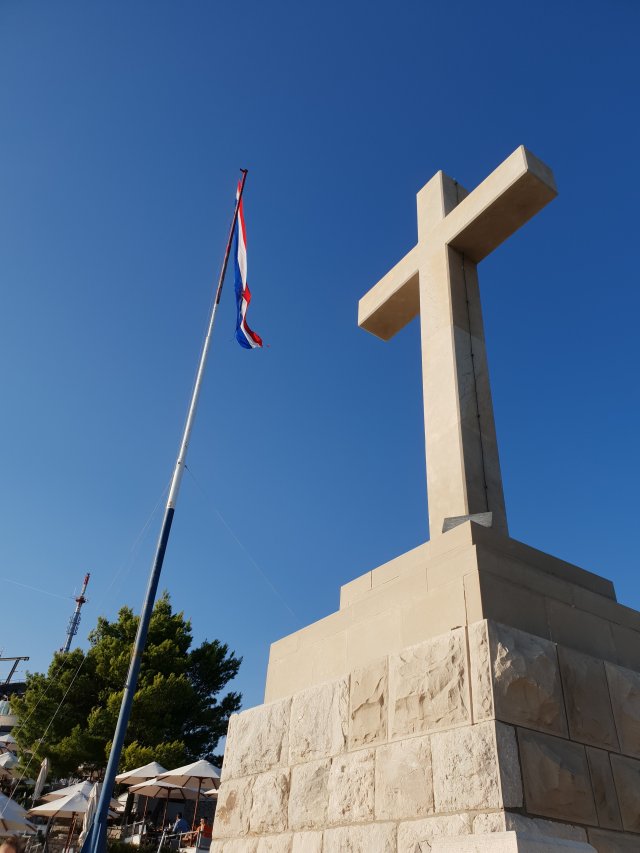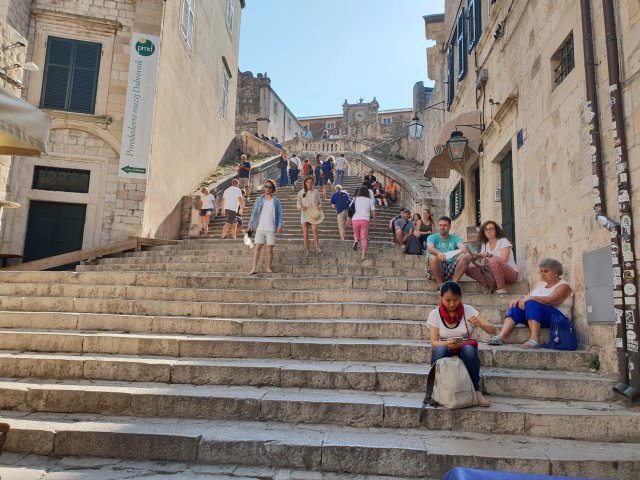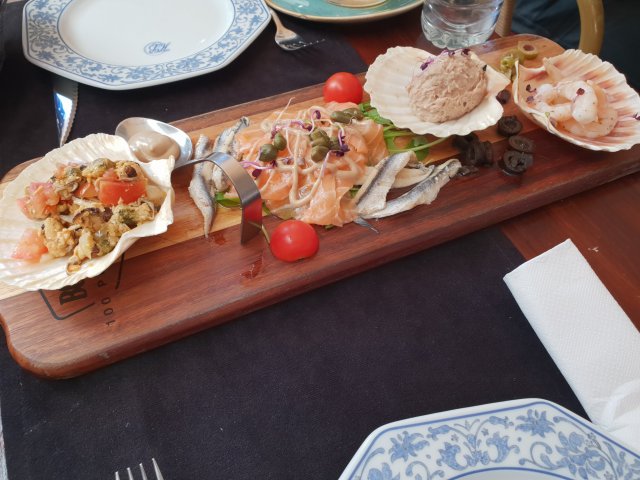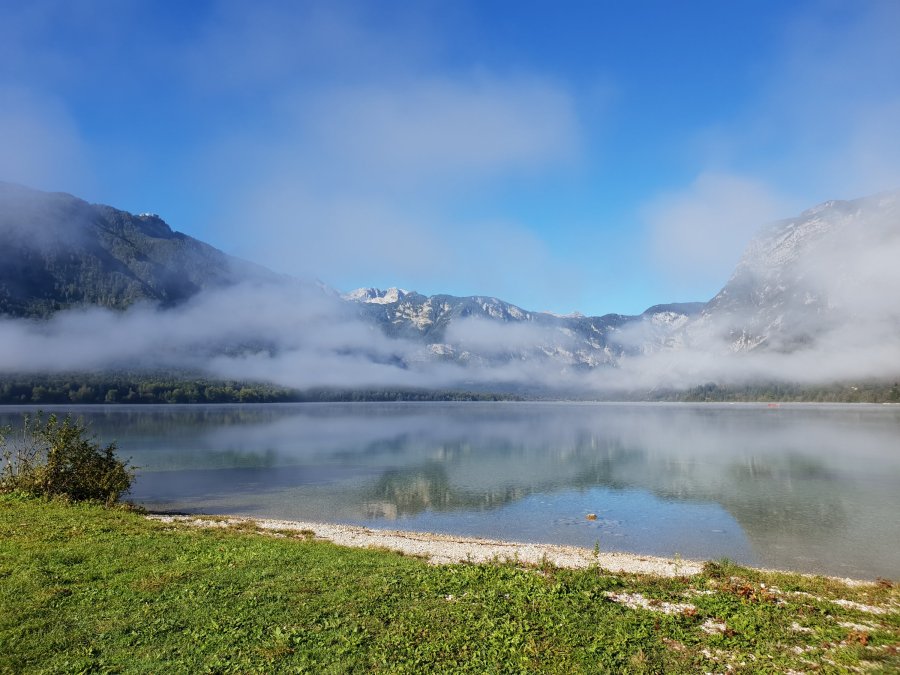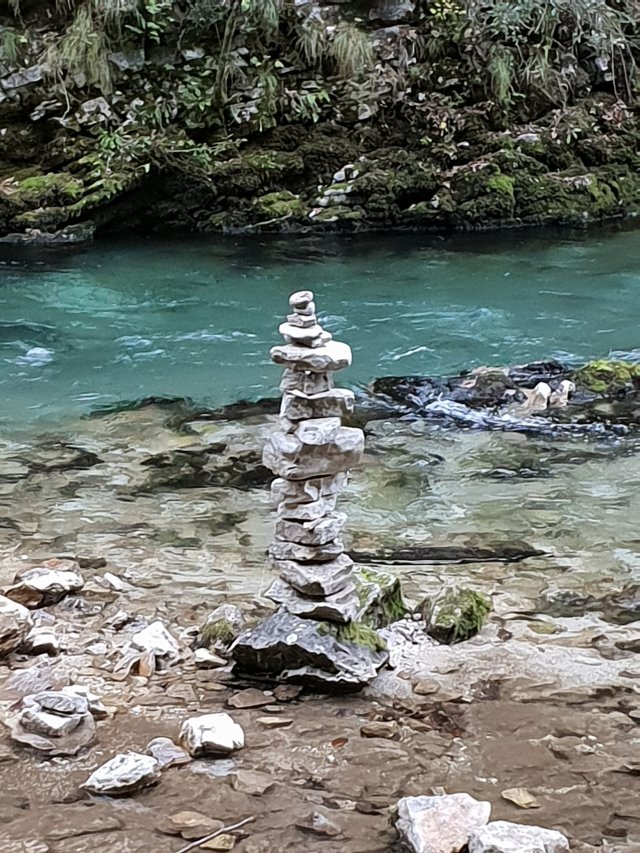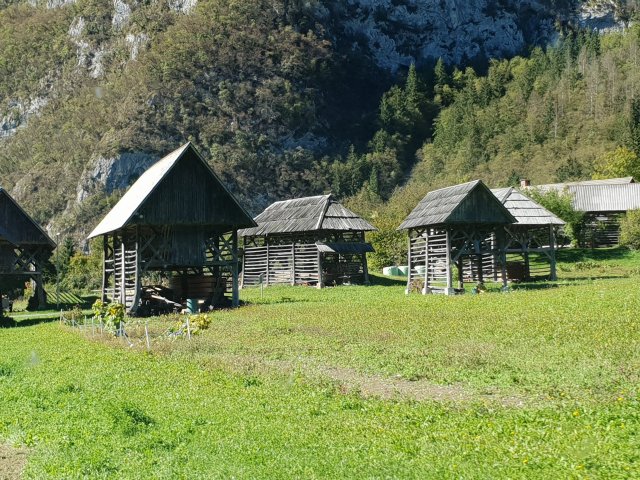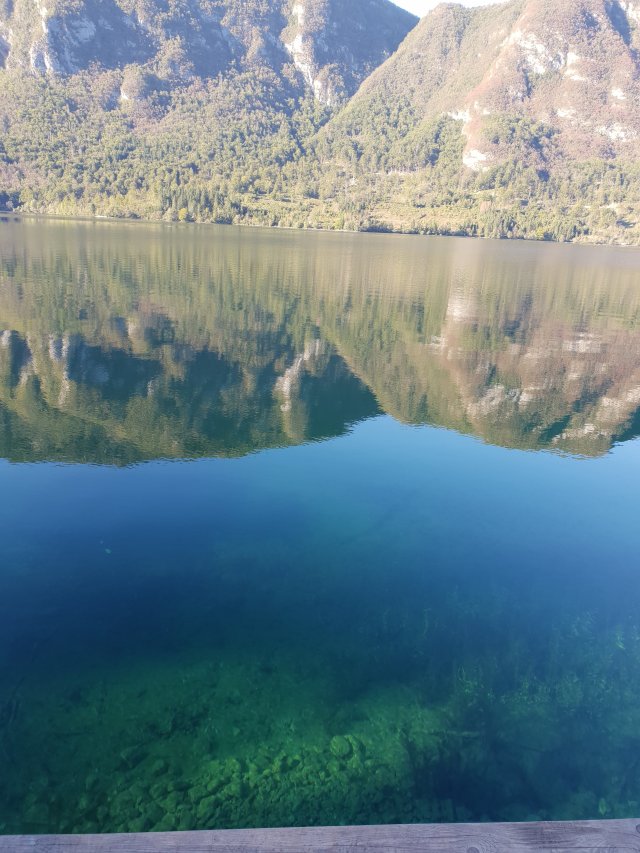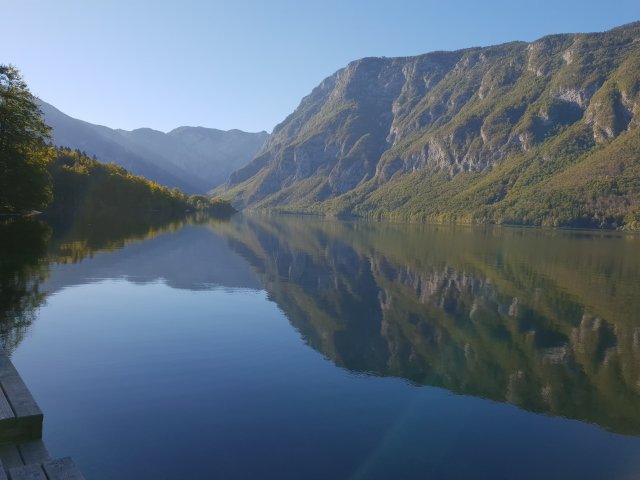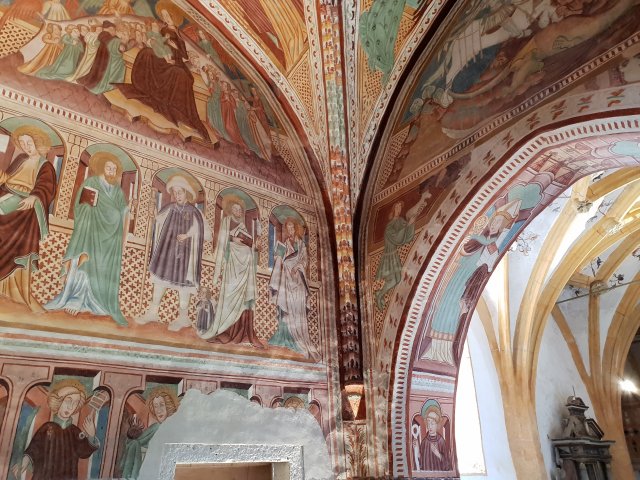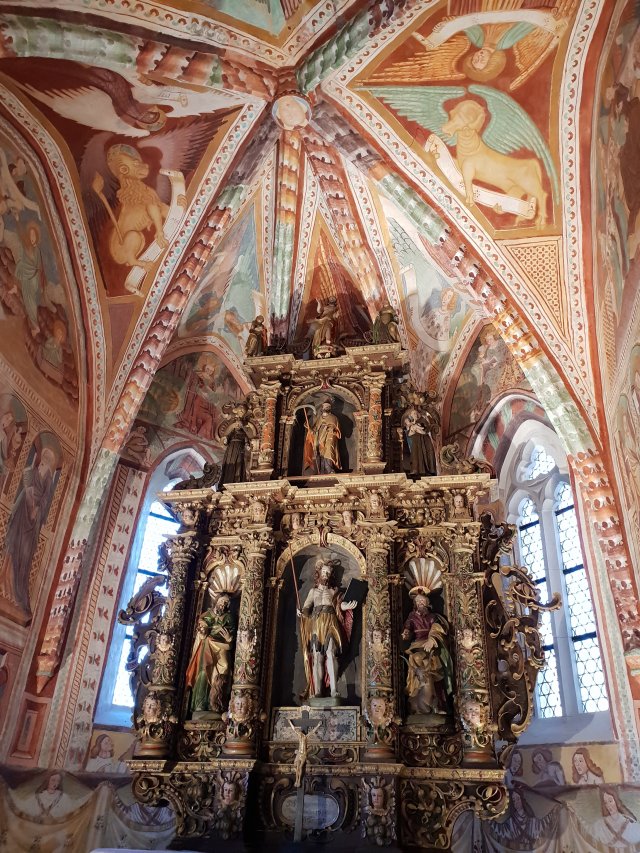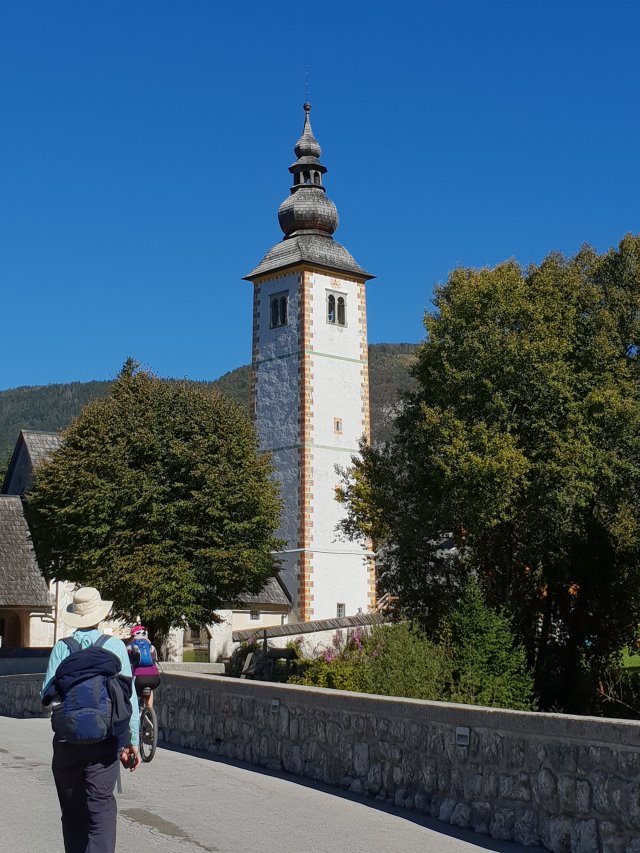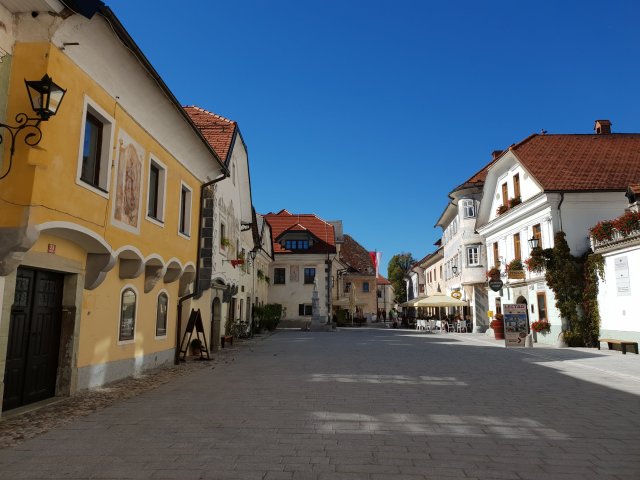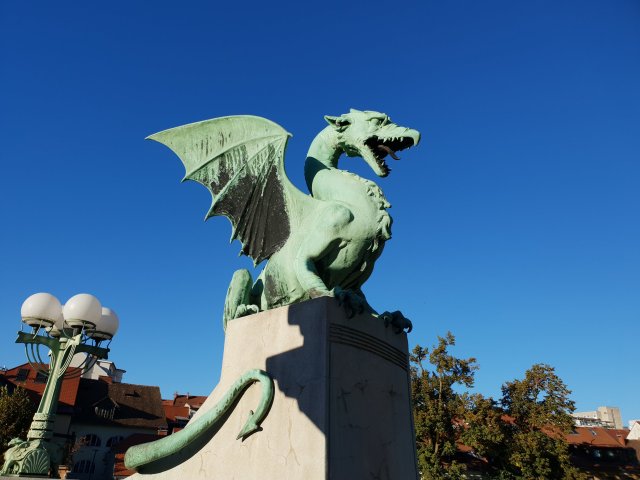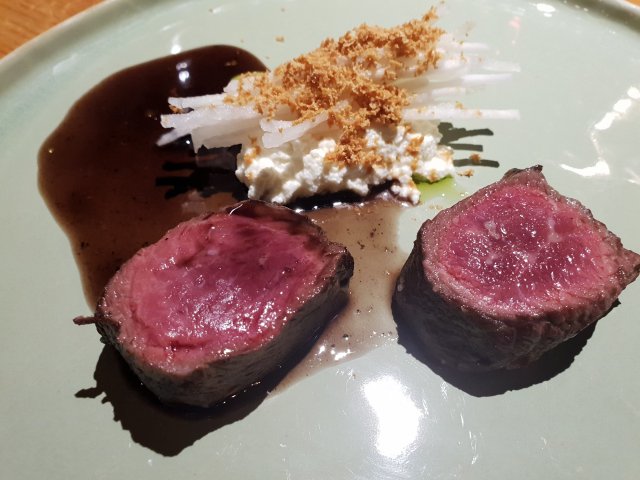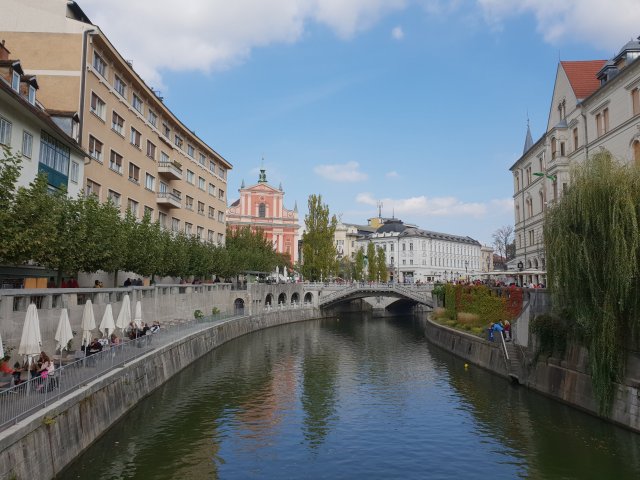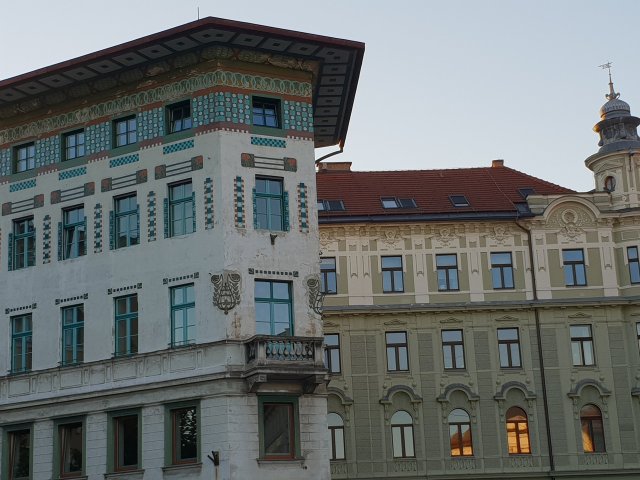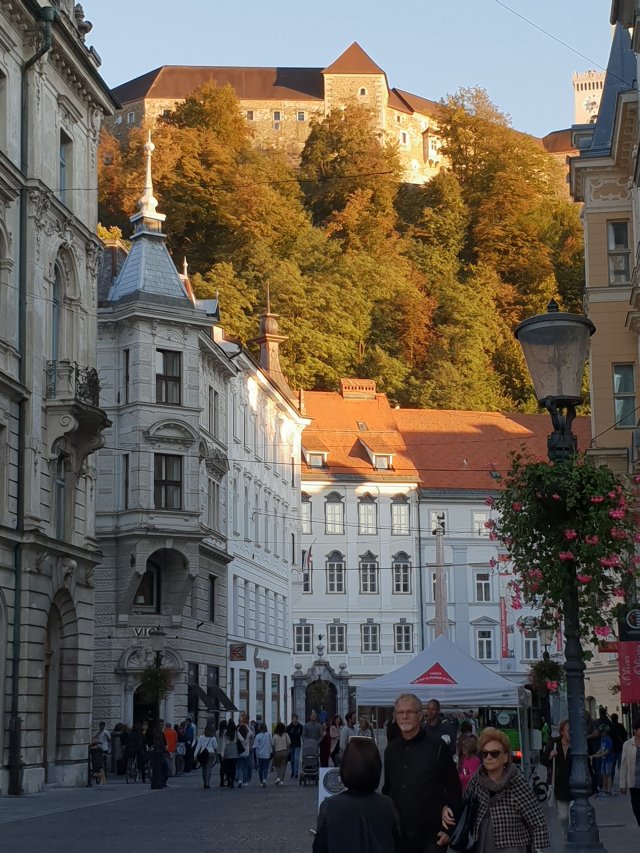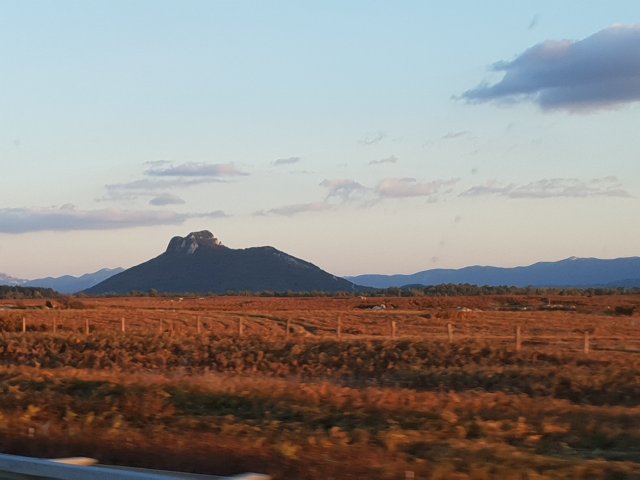Sad to leave the Sacred Valley, we headed for Cusco, located at 11,510ft, staying 1 night at the lovely old Andean Wings hotel, formerly a Spanish villa. Breathing was noticeably harder here, and most hotels have oxygen available. Cusco means navel, because it was the centre and capital of the Inca kingdom, which at it’s height stretched to Chile, Ecuador, Bolivia and Argentina. We had just 1 day, so chose to do an excellent walking tour with Inka Milky Way! Our guide was excellent, it is a beautiful city and we learned so much.
Cusco means navel, because it was the centre and capital of the Inca kingdom, which at it’s height stretched to Chile, Ecuador, Bolivia and Argentina. We had just 1 day, so chose to do an excellent walking tour with Inka Milky Way! Our guide was excellent, it is a beautiful city and we learned so much.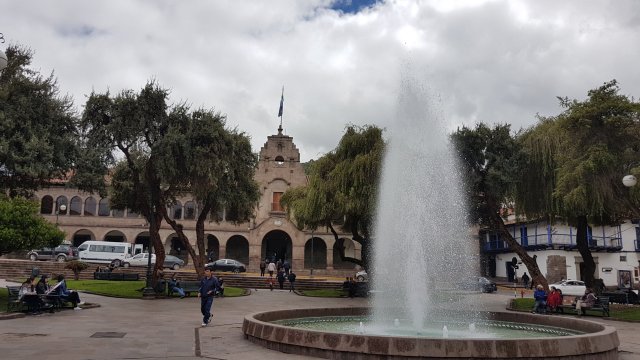 There were once 15 Inca palaces in Cusco, but when the Spanish came, they demolished them, and used the stones to build Spanish colonial style buildings and churches.
There were once 15 Inca palaces in Cusco, but when the Spanish came, they demolished them, and used the stones to build Spanish colonial style buildings and churches.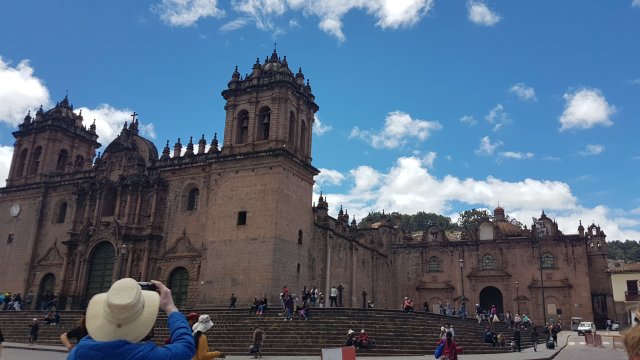


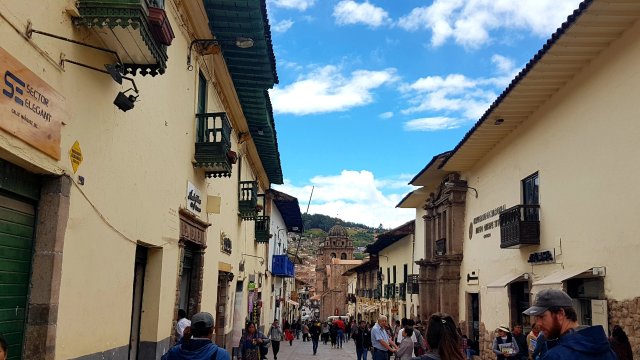 One Inca wall remains, plus recently discovered Inca Palace foundations, showing a symmetrical pattern of rooms, and a water system.
One Inca wall remains, plus recently discovered Inca Palace foundations, showing a symmetrical pattern of rooms, and a water system.

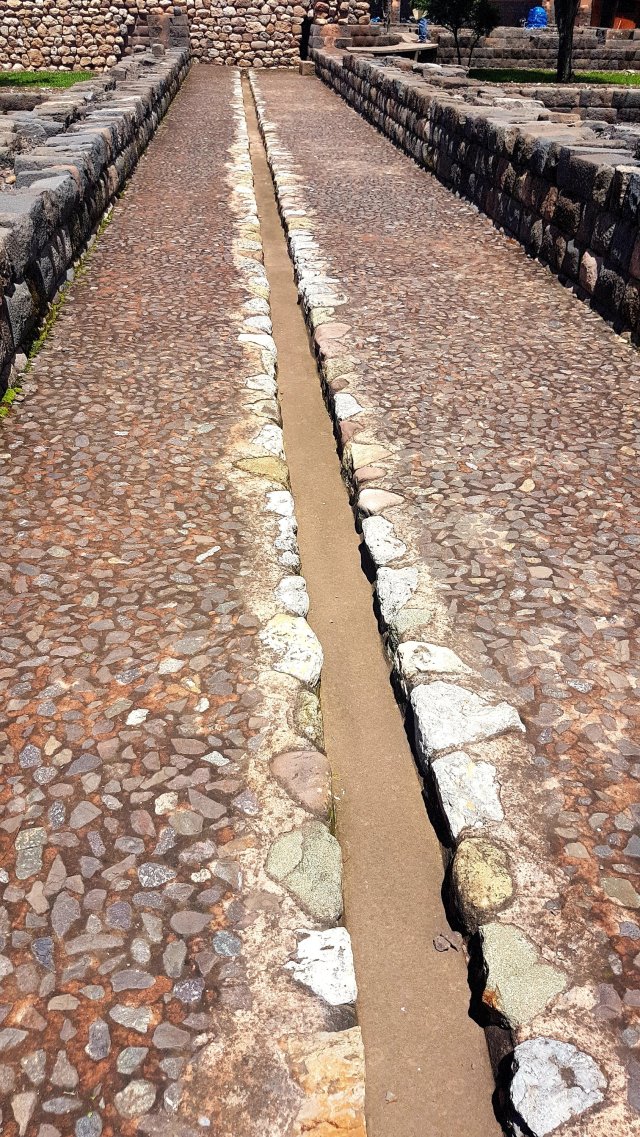 Outside town is Sacsayhuaman, an Inca citadel with amazing walls all with the mortar less construction.
Outside town is Sacsayhuaman, an Inca citadel with amazing walls all with the mortar less construction.
 Later, I visited the Cathedral, which is really 3 churches in one. The Gold and silver decoration is dazzling, as were the intricately carved wooden choir stalls and screen.
Later, I visited the Cathedral, which is really 3 churches in one. The Gold and silver decoration is dazzling, as were the intricately carved wooden choir stalls and screen.
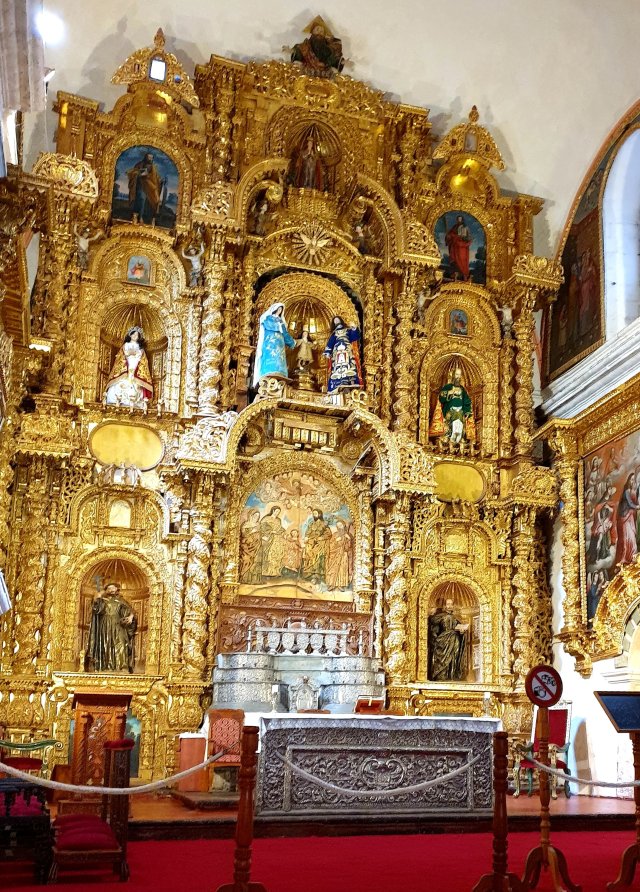
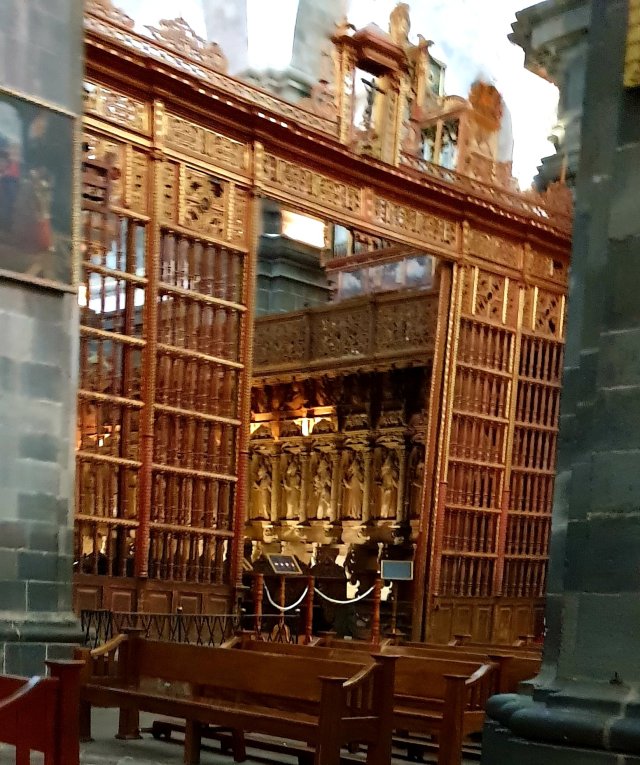
 We have been learning how, when the Spanish invaded, they imposed Catholicism on the local people. Many adopted it, but retained their allegiance to their original deities, gods of Sun, Moon and Patcha Mamma, or mother earth. So it is not unusual to see Inca imagery and local customs entwined with Catholic symbolism in churches. In Peru, Guinea pig, or Cuy, is a very popular food. (We have eaten Llama , Alpaca but resisted the temptation of Cuy..partly because it is very expensive!) To return to the cathedral, inside is a huge painting in Rennaissance style, done in about 1750 by local artist Marcos Zapata.
We have been learning how, when the Spanish invaded, they imposed Catholicism on the local people. Many adopted it, but retained their allegiance to their original deities, gods of Sun, Moon and Patcha Mamma, or mother earth. So it is not unusual to see Inca imagery and local customs entwined with Catholic symbolism in churches. In Peru, Guinea pig, or Cuy, is a very popular food. (We have eaten Llama , Alpaca but resisted the temptation of Cuy..partly because it is very expensive!) To return to the cathedral, inside is a huge painting in Rennaissance style, done in about 1750 by local artist Marcos Zapata.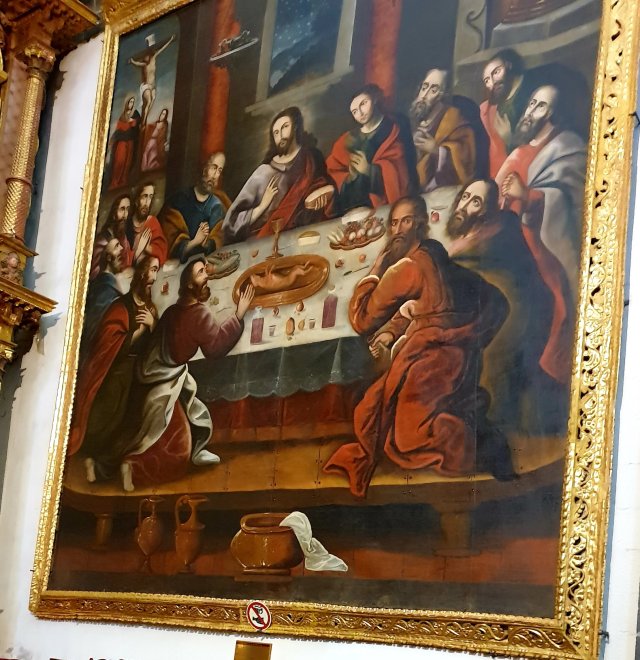 However the food in the painting is not fishes and bread, but Guinea pig and potatoes!! No photos were allowed, but I sneaked these!Following our tour, we embarked on a cookery course. Jesus took us on a very informative tour of the market, which was built by Gustav Eiffel! Outside, he explained that street food is a main way to eat in Peru, and many people will take meals this way, especially breakfast.
However the food in the painting is not fishes and bread, but Guinea pig and potatoes!! No photos were allowed, but I sneaked these!Following our tour, we embarked on a cookery course. Jesus took us on a very informative tour of the market, which was built by Gustav Eiffel! Outside, he explained that street food is a main way to eat in Peru, and many people will take meals this way, especially breakfast.
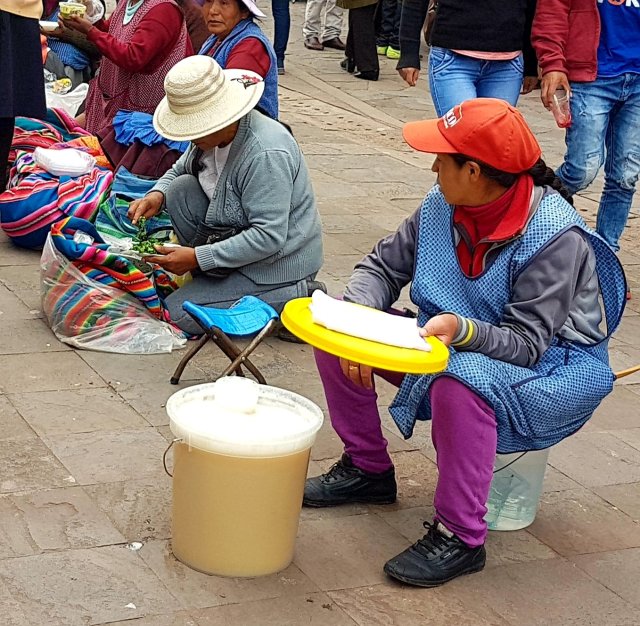 Inside the market, masks were popular. These were designs from the past when the locals mimicked their Spanish rulers, depicting them with big noses and moustaches!
Inside the market, masks were popular. These were designs from the past when the locals mimicked their Spanish rulers, depicting them with big noses and moustaches! These were some of the highlights:The jelly stall… including a creamy cow bone marrow one!
These were some of the highlights:The jelly stall… including a creamy cow bone marrow one!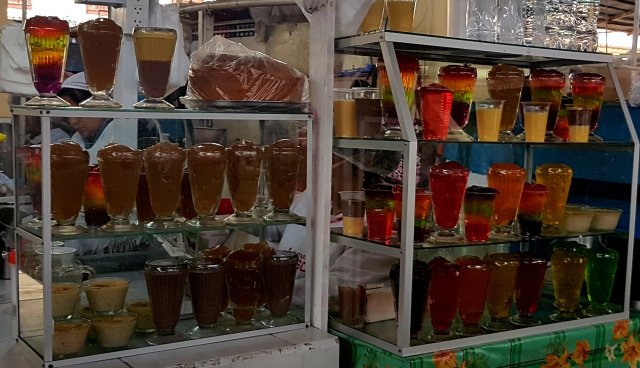 Many different potatoes… including ones which are freeze dried by being left outside, high on the altiplano, where it is hot in the day and below freezing at night. They keep forever. Just rehydrate and use.
Many different potatoes… including ones which are freeze dried by being left outside, high on the altiplano, where it is hot in the day and below freezing at night. They keep forever. Just rehydrate and use.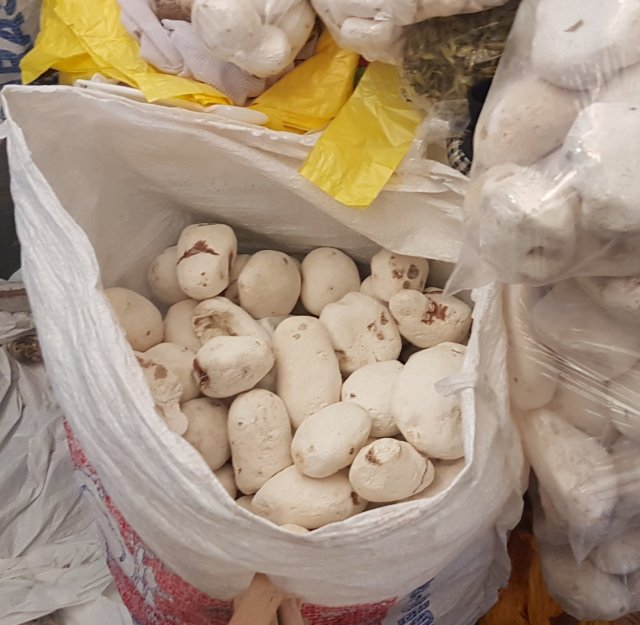 Drying is a very popular method of preservation. This rather unappetizing stall sold very dried fish!
Drying is a very popular method of preservation. This rather unappetizing stall sold very dried fish! Every part of the pig is eaten.
Every part of the pig is eaten.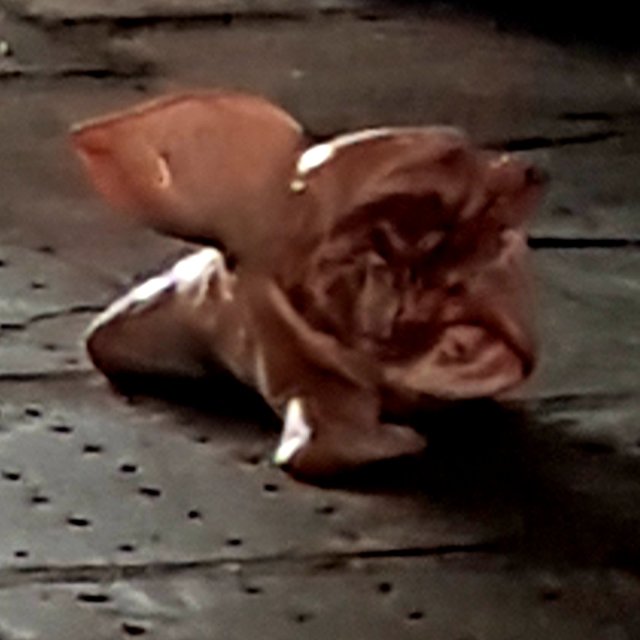 And not for the squeamish, aborted Llama fetuses are dried, and sold to be used as offerings to the Gods.
And not for the squeamish, aborted Llama fetuses are dried, and sold to be used as offerings to the Gods.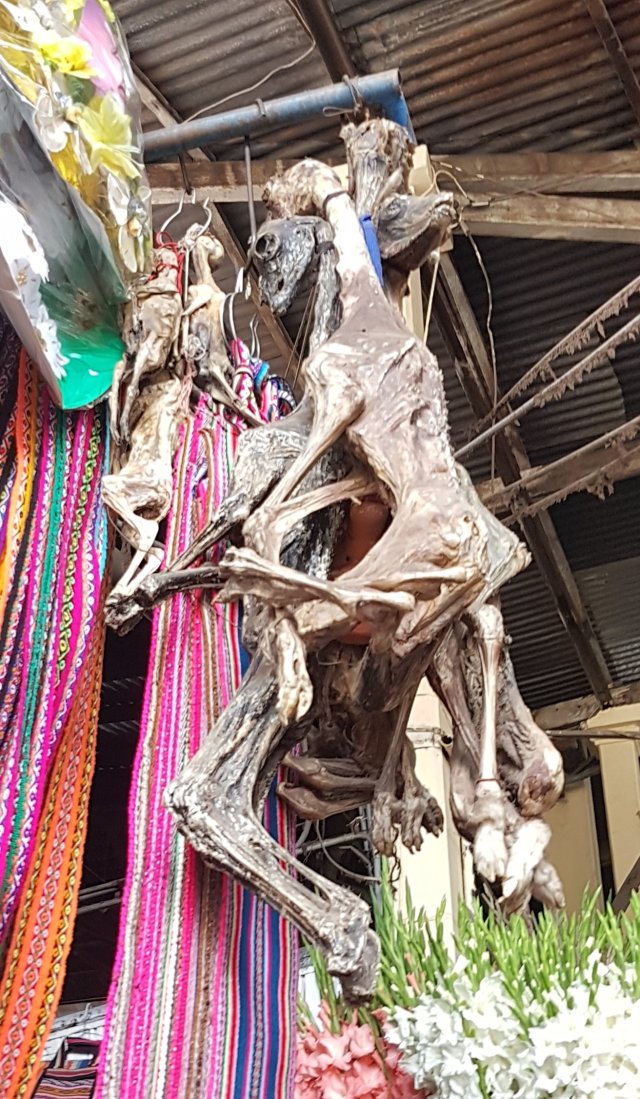 Many varieties of Quinoa…. (now we know it is officially pronounced ‘keenwah’), which we saw growing everywhere…it is very pretty crop.
Many varieties of Quinoa…. (now we know it is officially pronounced ‘keenwah’), which we saw growing everywhere…it is very pretty crop. 55 varieties of corn, and popcorn is hugely popular (excuse the pun!)
55 varieties of corn, and popcorn is hugely popular (excuse the pun!)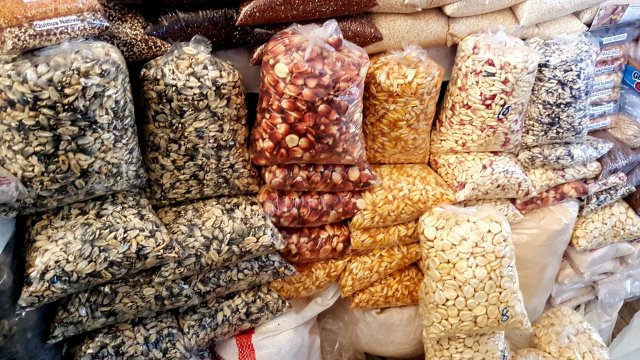 We bought many exotic fruits and vegetables, and returned to his studio for our cooking class.
We bought many exotic fruits and vegetables, and returned to his studio for our cooking class.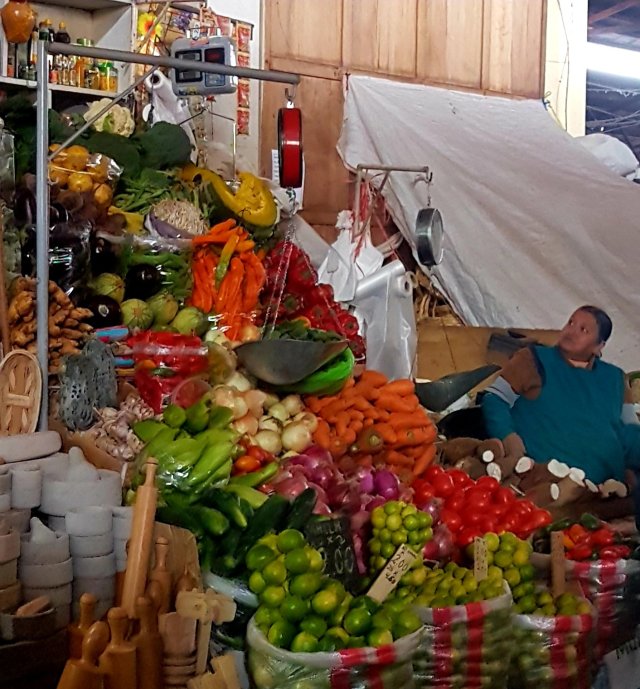
 First, and most important how to make the perfect Pisco Sour.
First, and most important how to make the perfect Pisco Sour.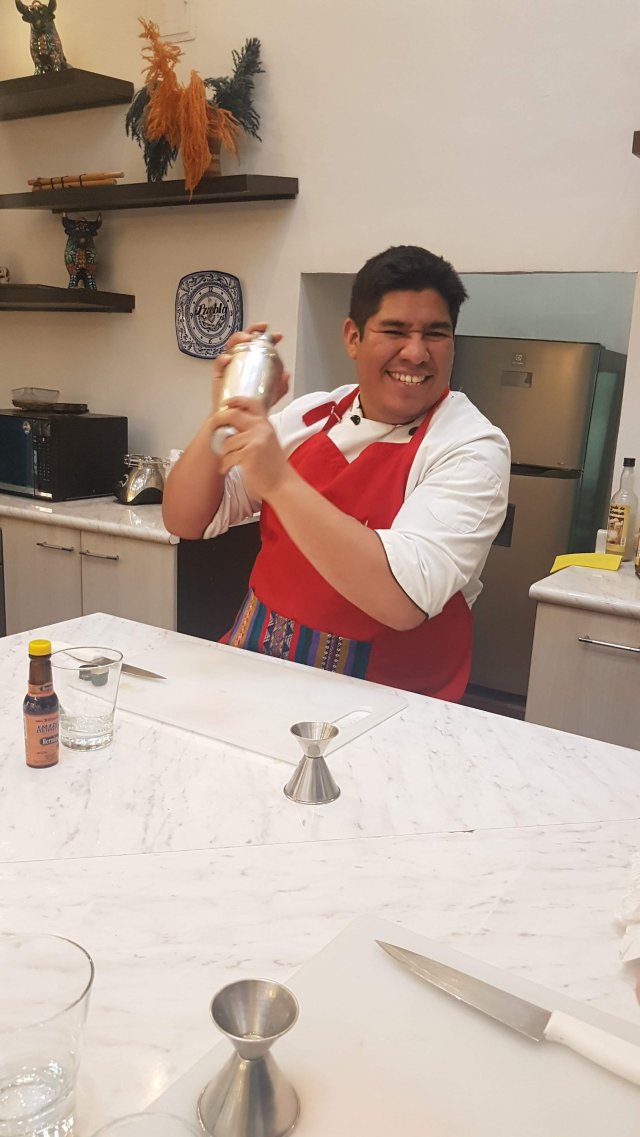
 Then we made: 3 types of Ceviche.. raw fish cooked simply by placing it in citrus based marinade. All were gorgeous.
Then we made: 3 types of Ceviche.. raw fish cooked simply by placing it in citrus based marinade. All were gorgeous.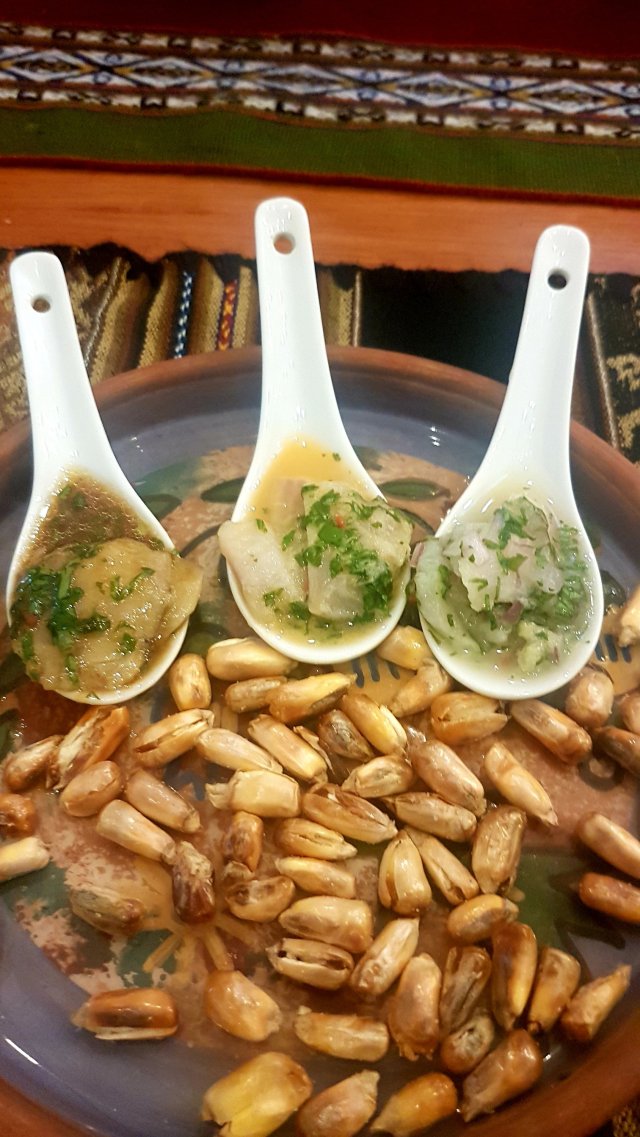 Then, a potato souffle, Quinoa Risotto and a 3 fruit dessert.
Then, a potato souffle, Quinoa Risotto and a 3 fruit dessert.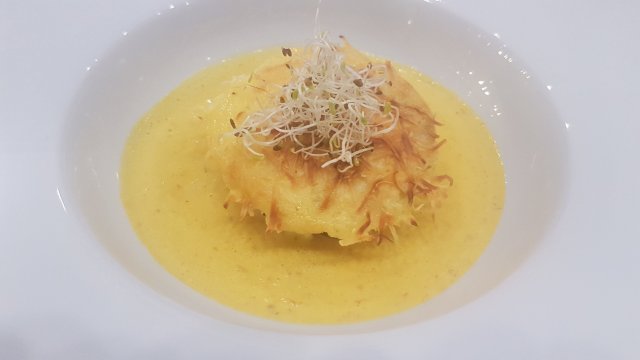
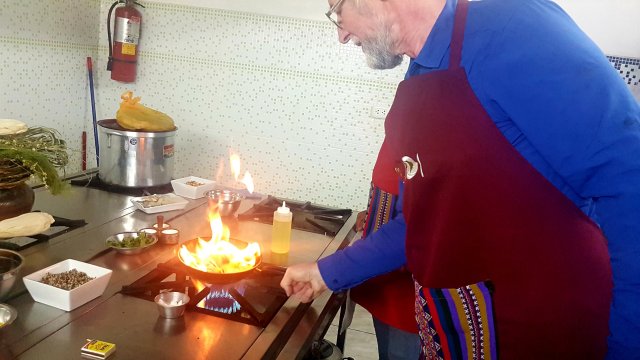 It was good fun and yummy!Next day and another adventure. I had booked tickets on the recently revived 10.5 hour train trip up through the Andes from Cusco up to Puno, on Lake Titicaca (12,650 feet). We splashed out at £150 each, but we had no idea what to expect, and as you know, Chris loves trains, so it was an early Anniversary present.
It was good fun and yummy!Next day and another adventure. I had booked tickets on the recently revived 10.5 hour train trip up through the Andes from Cusco up to Puno, on Lake Titicaca (12,650 feet). We splashed out at £150 each, but we had no idea what to expect, and as you know, Chris loves trains, so it was an early Anniversary present.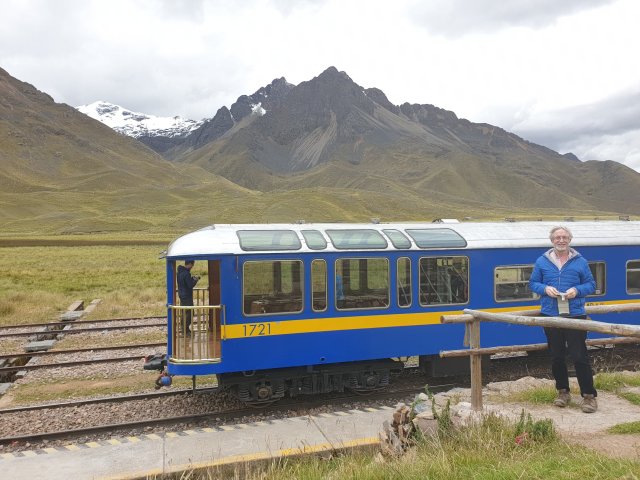 It was fantastic. The time literally flew by! A beautiful train with a partly open observation car made viewing the stunning scenery a real pleasure.
It was fantastic. The time literally flew by! A beautiful train with a partly open observation car made viewing the stunning scenery a real pleasure.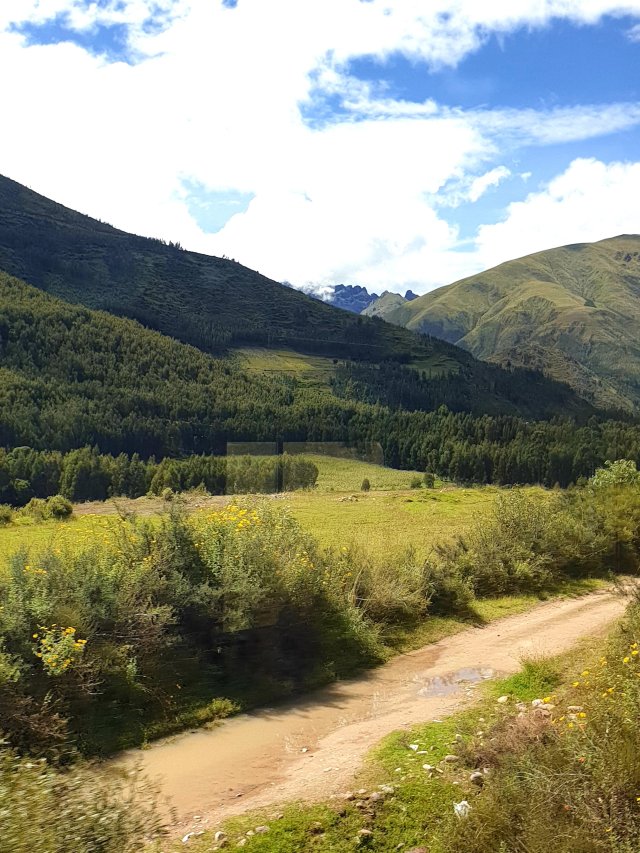


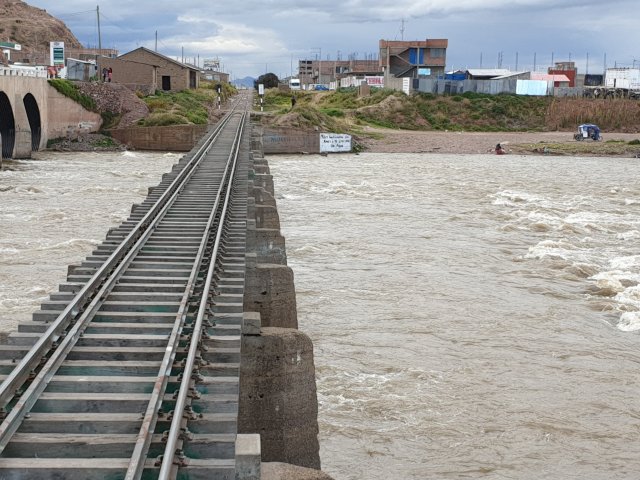 As we travelled there was frequent tooting, as there are no level crossings, and people, animals and vehicles freely cross the tracks. Not everyone was happy… dogs howled and many children covered their ears!!
As we travelled there was frequent tooting, as there are no level crossings, and people, animals and vehicles freely cross the tracks. Not everyone was happy… dogs howled and many children covered their ears!!
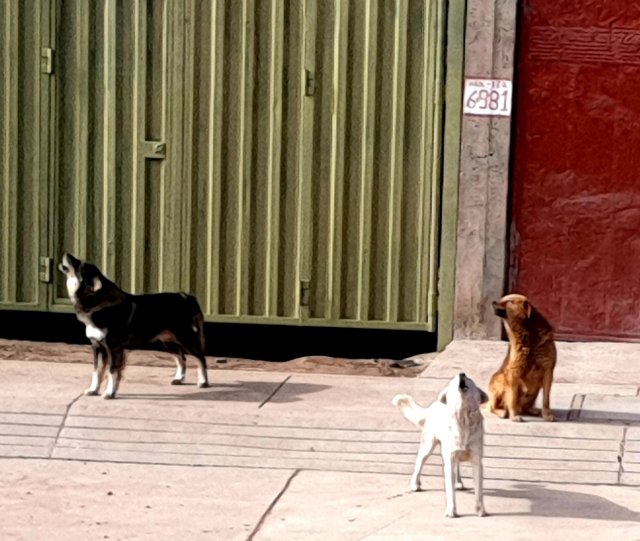 Plantain and corn nibbles, plus tea coffee and water were freely available. Then, welcome Pisco sours (at 10.30 am!!), really superb local musicians and dancers who did 2 different shows, and a fashion show of baby alpaca clothing!
Plantain and corn nibbles, plus tea coffee and water were freely available. Then, welcome Pisco sours (at 10.30 am!!), really superb local musicians and dancers who did 2 different shows, and a fashion show of baby alpaca clothing!
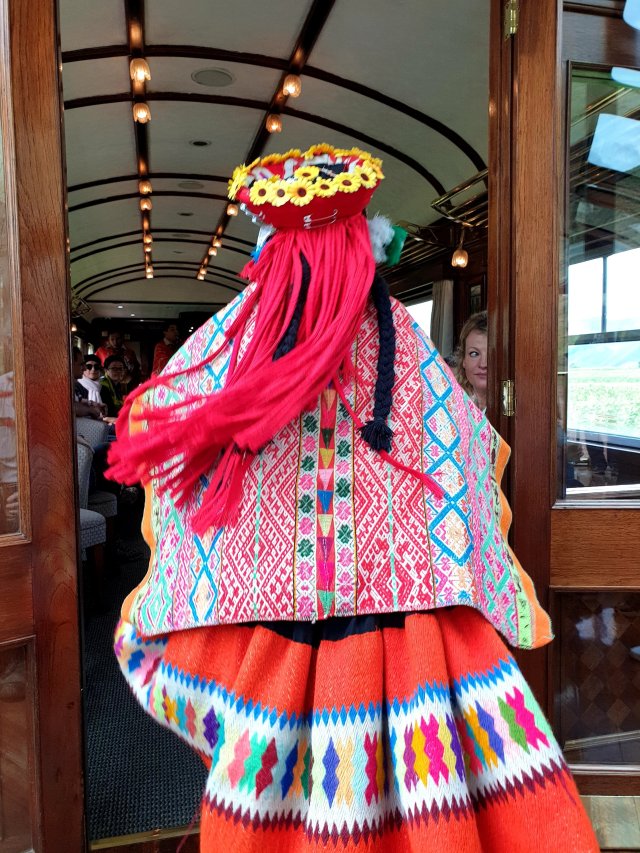

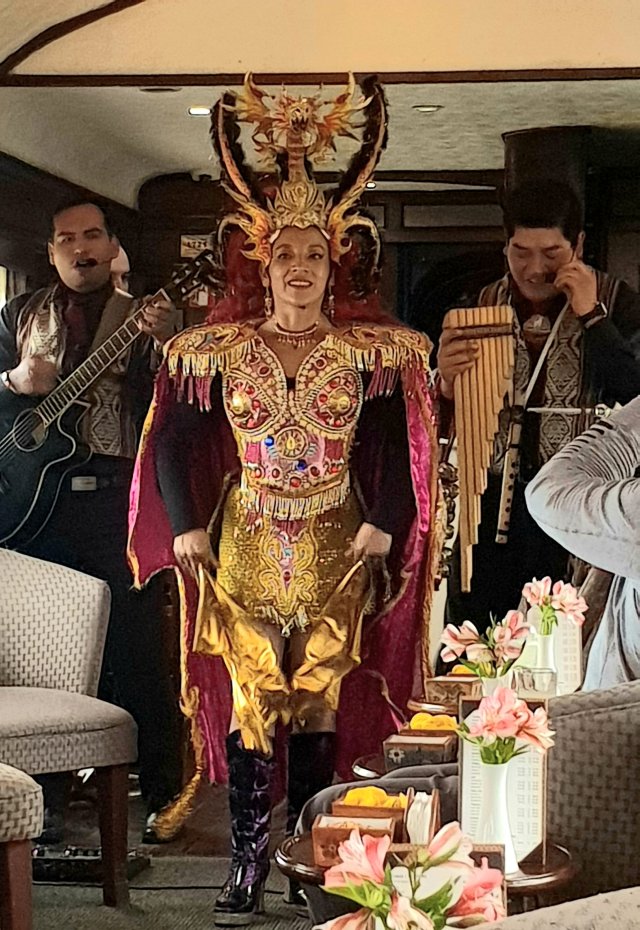
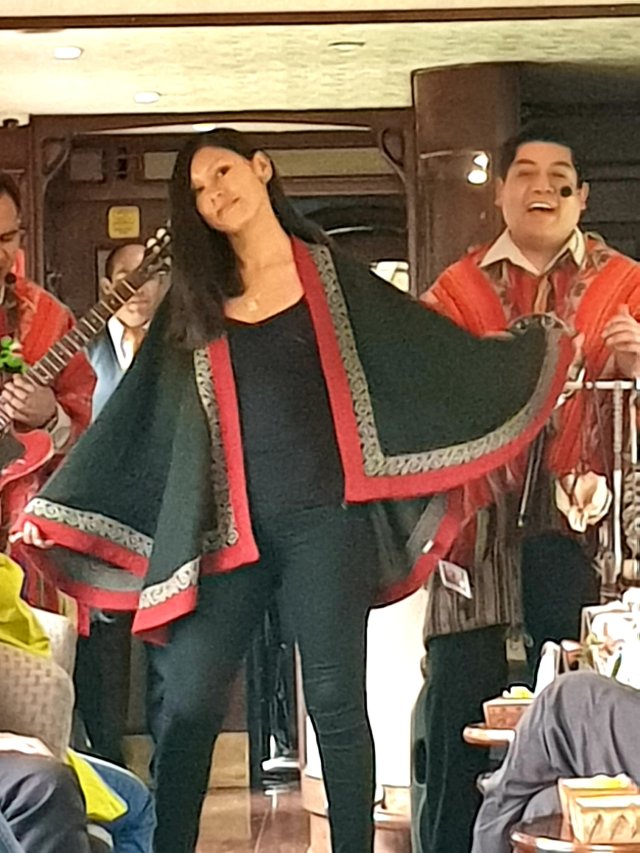 Audience participation was actively encouraged.
Audience participation was actively encouraged. The guitarist was a secret rocker, and we had the slightly surreal experience of him launching into Jimi Hendrix and Chuck Berry numbers between the Panpipes!!A great 3 course lunch, with wine, and afternoon tea were all included in the price.And, the loveliest toilets, kept spotlessly clean throughout. Take note British railways!
The guitarist was a secret rocker, and we had the slightly surreal experience of him launching into Jimi Hendrix and Chuck Berry numbers between the Panpipes!!A great 3 course lunch, with wine, and afternoon tea were all included in the price.And, the loveliest toilets, kept spotlessly clean throughout. Take note British railways!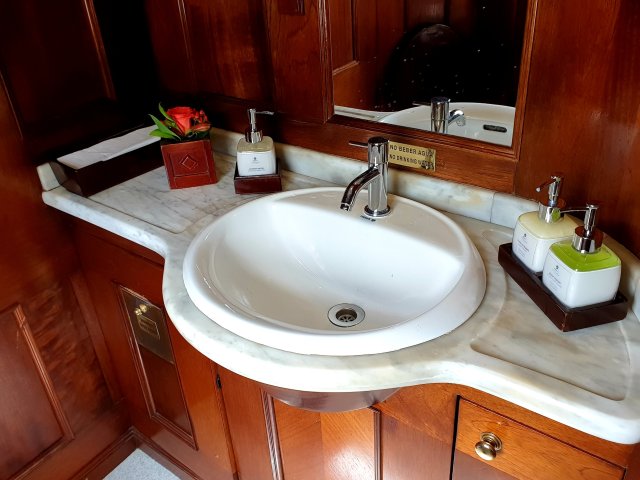
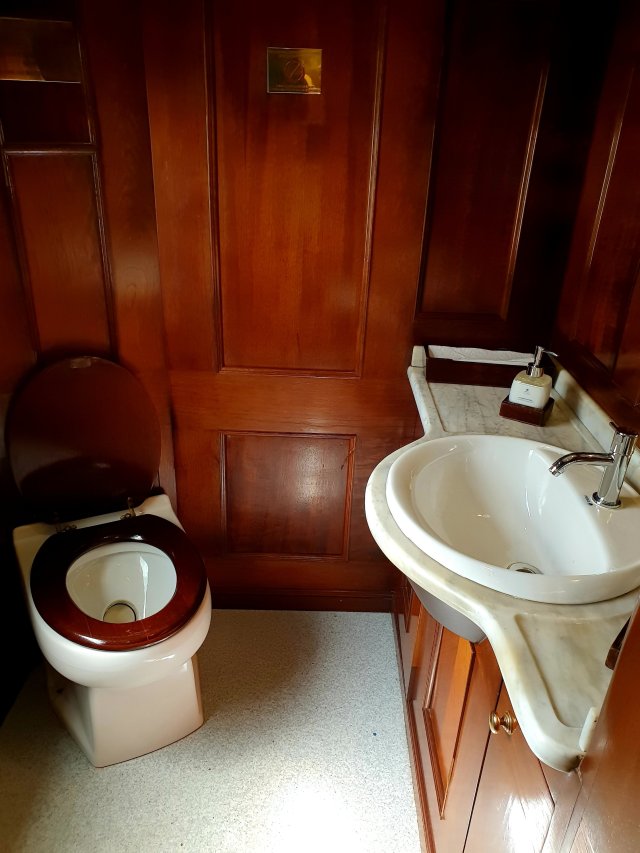 We also stopped at the highest point on the route, at 4,139 metres or 13,698 feet where we were able to buy some handicrafts made by local people.
We also stopped at the highest point on the route, at 4,139 metres or 13,698 feet where we were able to buy some handicrafts made by local people.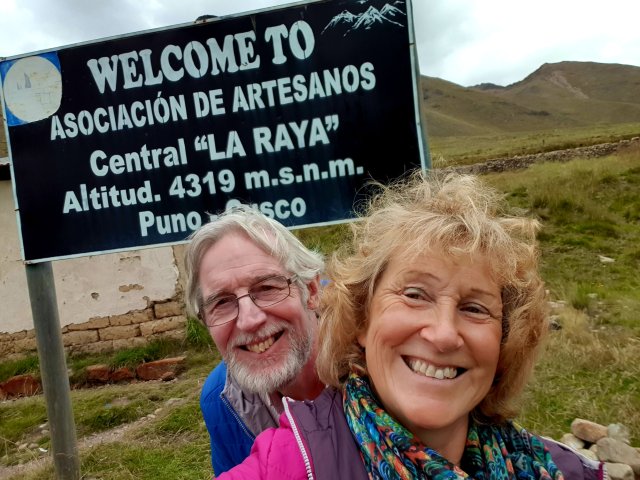 We passed through Peru’ Guinea pig breeding heartland, and learned that 65 million are consumed here each year!
We passed through Peru’ Guinea pig breeding heartland, and learned that 65 million are consumed here each year!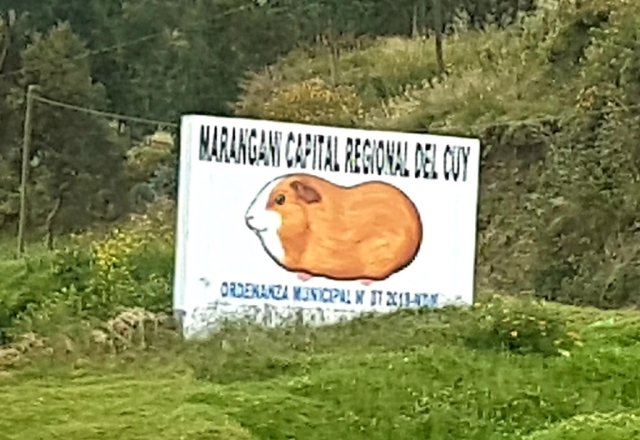 We literally drove though the market in Juliaca, and as we passed, stalls were re-erected on the track. Many things were left between the rails for us to pass over. As soon as the train had gone, the track was filling up again. But Peru, like most South American countries, has a massive poverty problem. A close look showed large sections of the market selling things we would throw away as rubbish.
We literally drove though the market in Juliaca, and as we passed, stalls were re-erected on the track. Many things were left between the rails for us to pass over. As soon as the train had gone, the track was filling up again. But Peru, like most South American countries, has a massive poverty problem. A close look showed large sections of the market selling things we would throw away as rubbish.

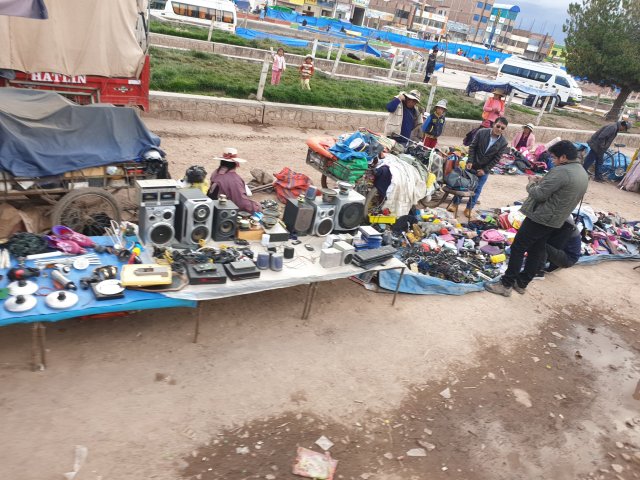
 Decrepit housing – 22% of peruvians have no direct water supply! And these shacks are the toilets for the nearby housing.
Decrepit housing – 22% of peruvians have no direct water supply! And these shacks are the toilets for the nearby housing.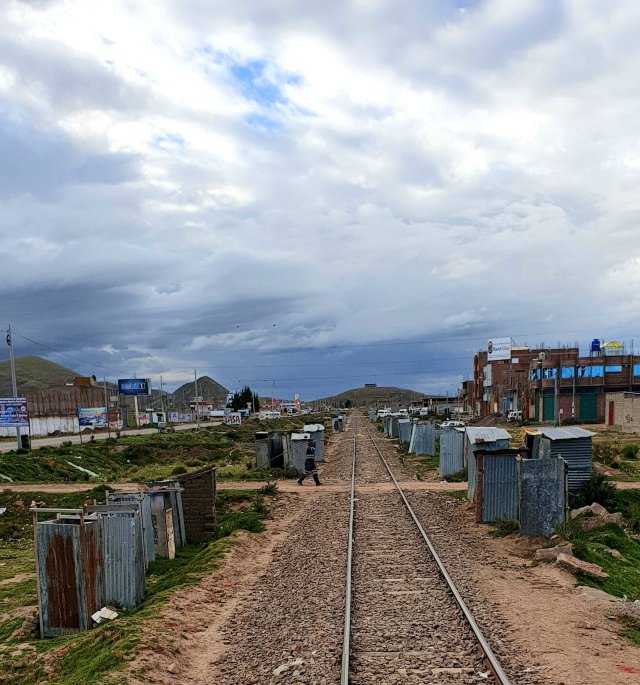 We also saw people washing clothes in the rather murky river.
We also saw people washing clothes in the rather murky river. Throughout our trip we have seen terrible poverty, and social divisions, but again in Peru we were told that by using local firms and small businesses, we were helping the economy, and reaching the lower paid in the society.Still, we felt guilty, returning to our lovely journey! We arrived in the city of Puno, on the shores of Lake Titicaca, in the dark, and were taken by taxi to Mirador de Titicaca… our hotel. We knew it was a little out of town, but not that it was up an almost vertical dirt road!!We knew we were high, as we were out of breath just walking to the loo!! It turned out we were just over 4,000 metres! Luckily, apart from a slight headache, tiredness and breathlessness, we escaped the worst side effects of being at such a high altitude. It is a very real problem, and most hotels, and the train, have oxygen cylinders at the ready.
Throughout our trip we have seen terrible poverty, and social divisions, but again in Peru we were told that by using local firms and small businesses, we were helping the economy, and reaching the lower paid in the society.Still, we felt guilty, returning to our lovely journey! We arrived in the city of Puno, on the shores of Lake Titicaca, in the dark, and were taken by taxi to Mirador de Titicaca… our hotel. We knew it was a little out of town, but not that it was up an almost vertical dirt road!!We knew we were high, as we were out of breath just walking to the loo!! It turned out we were just over 4,000 metres! Luckily, apart from a slight headache, tiredness and breathlessness, we escaped the worst side effects of being at such a high altitude. It is a very real problem, and most hotels, and the train, have oxygen cylinders at the ready.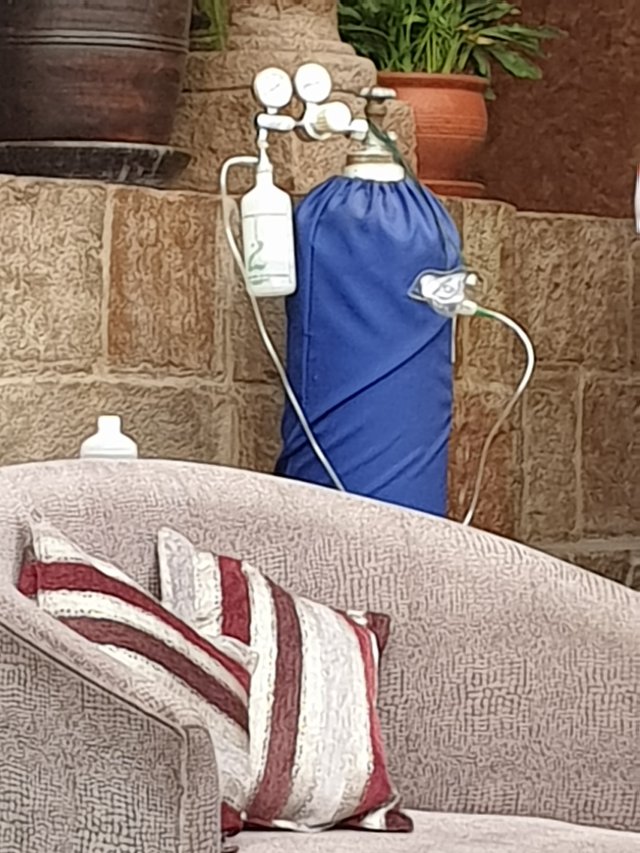 Apparently, at this height, oxygen saturation drops to 65-75%. Normally, doctors get worried below 94%! The hotel was lovely, but we would have to wait until morning for a view of the highest navigable lake in the world!
Apparently, at this height, oxygen saturation drops to 65-75%. Normally, doctors get worried below 94%! The hotel was lovely, but we would have to wait until morning for a view of the highest navigable lake in the world!
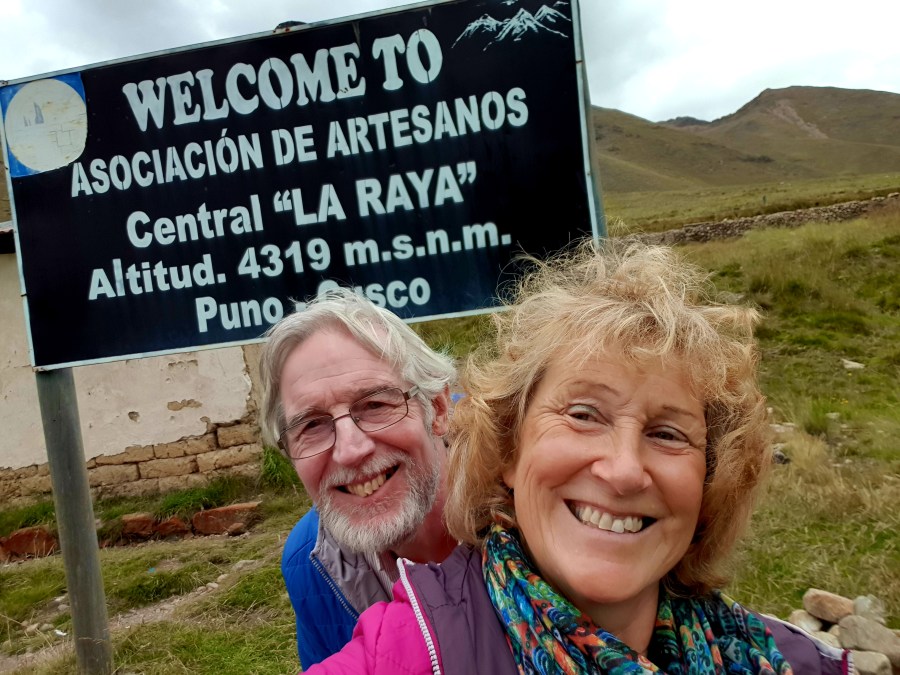

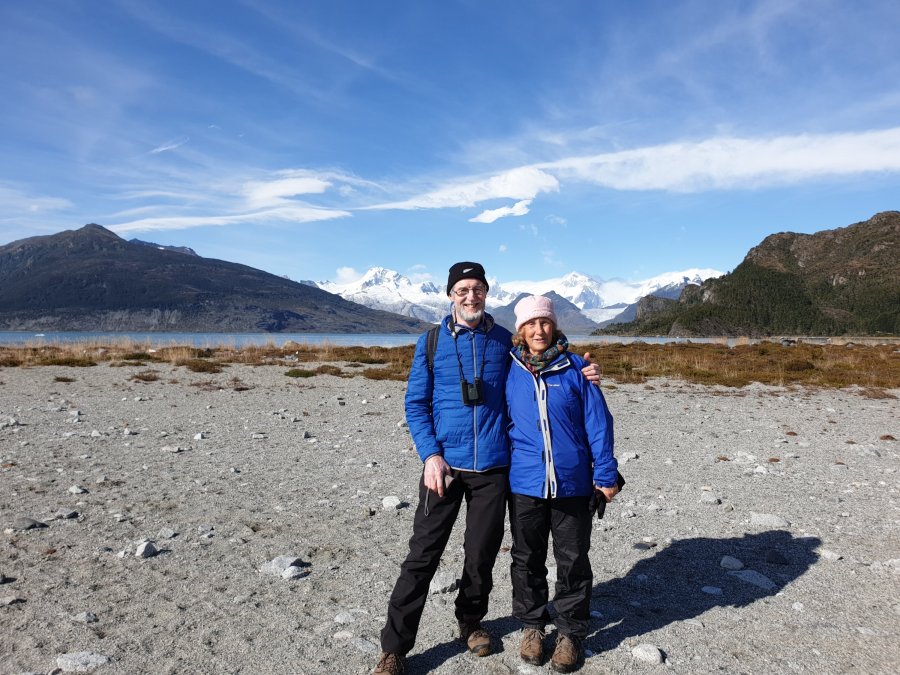





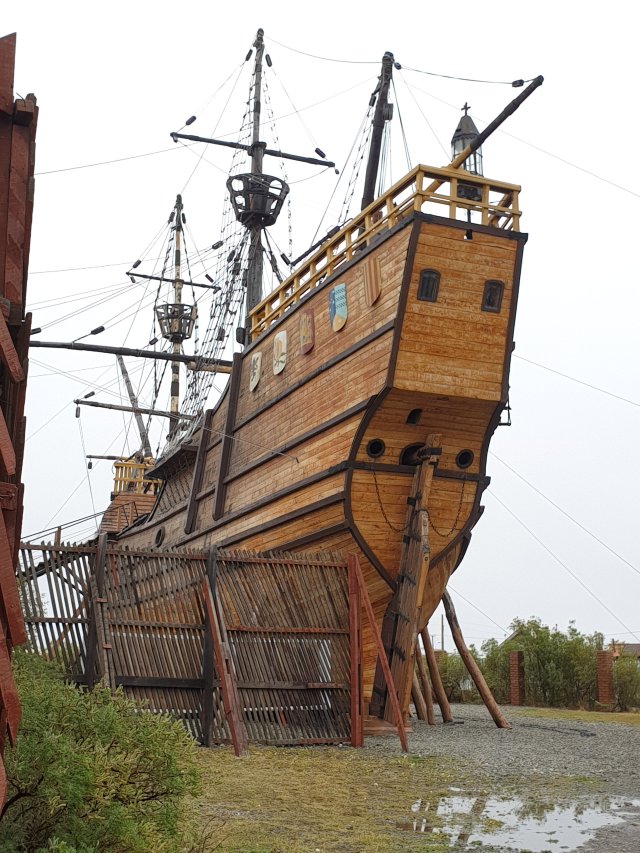

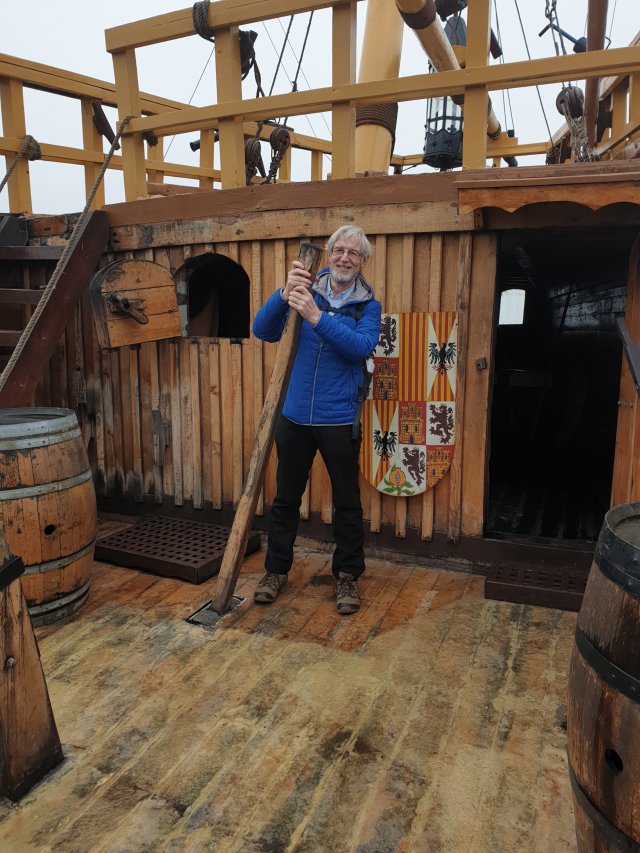
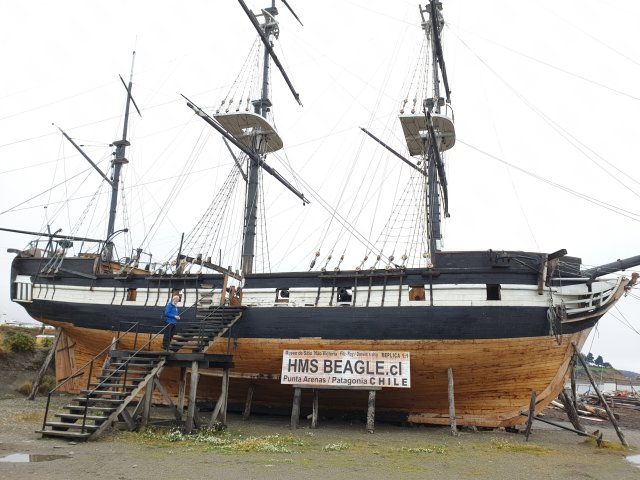

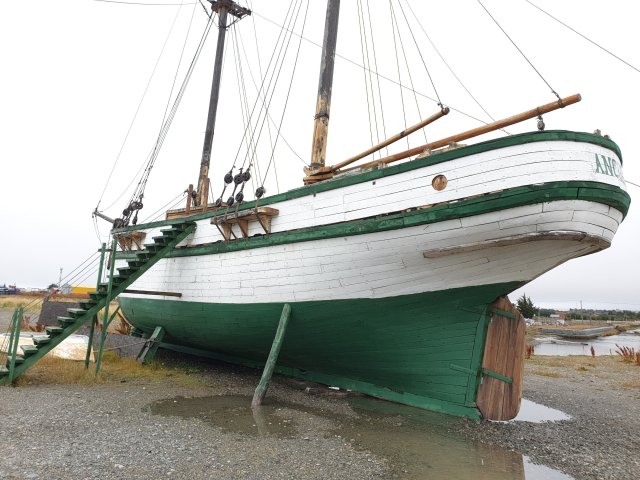




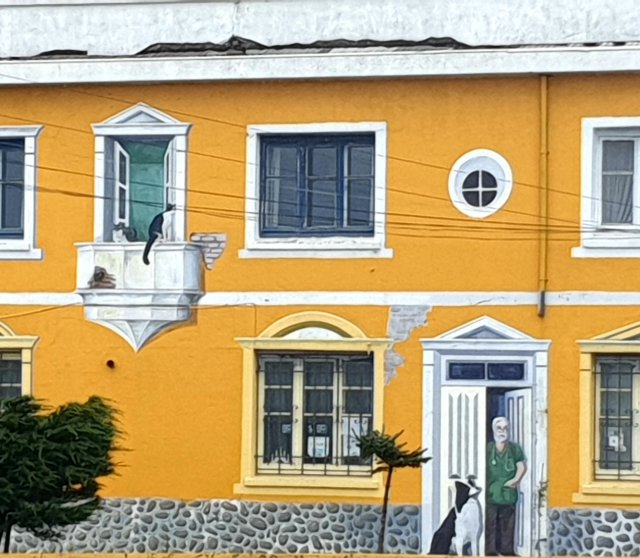





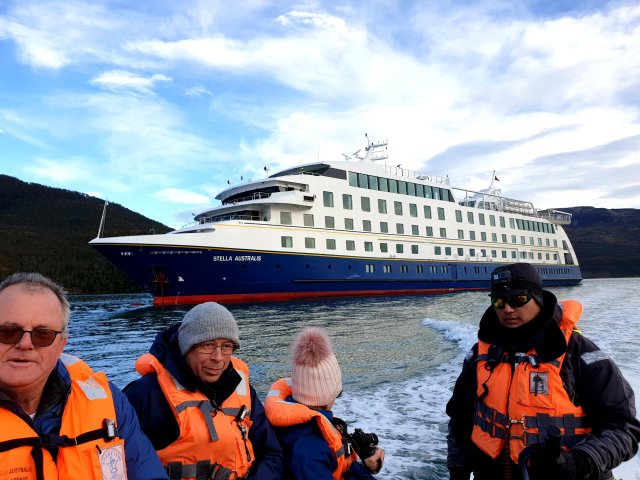

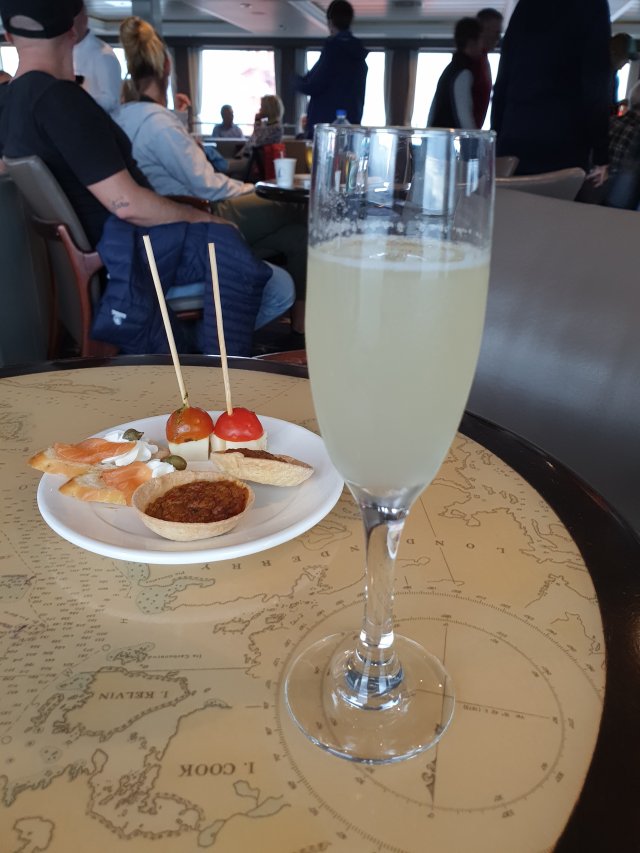


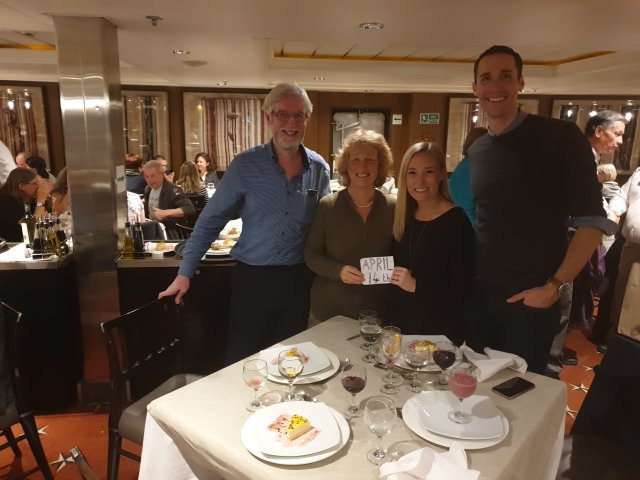


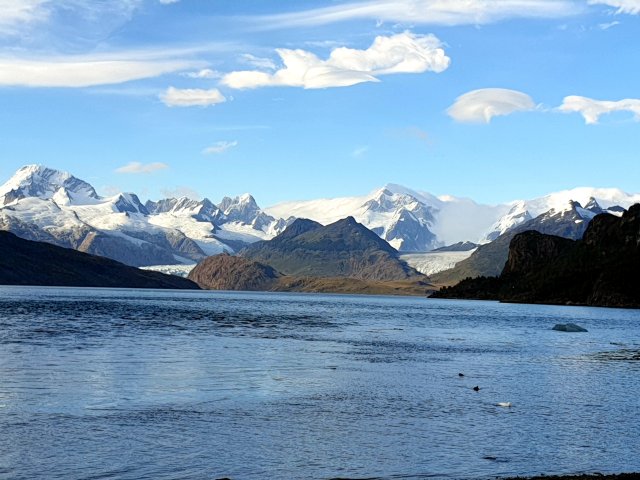
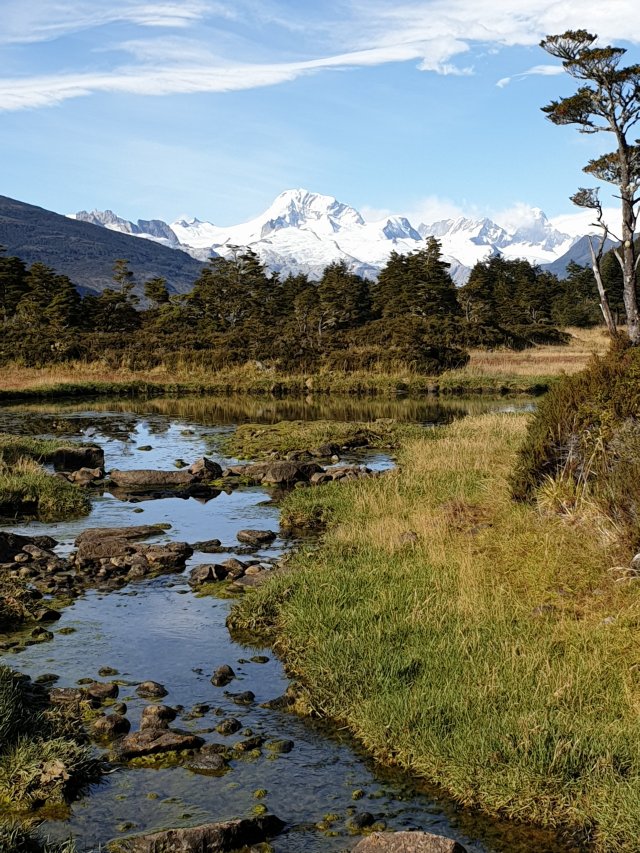




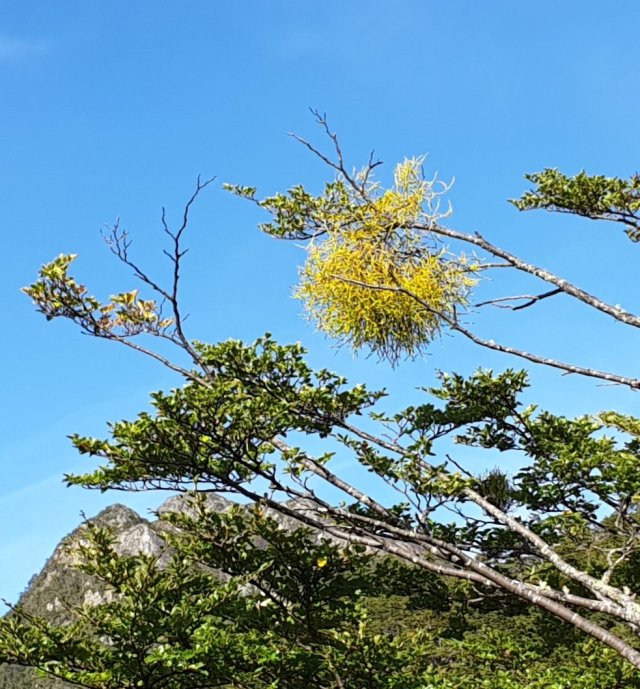




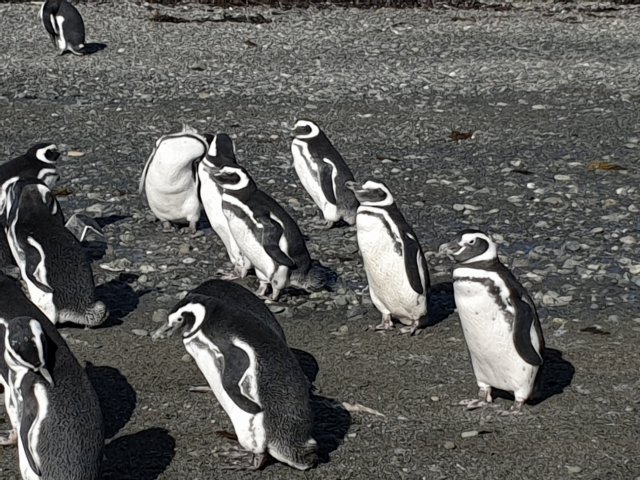



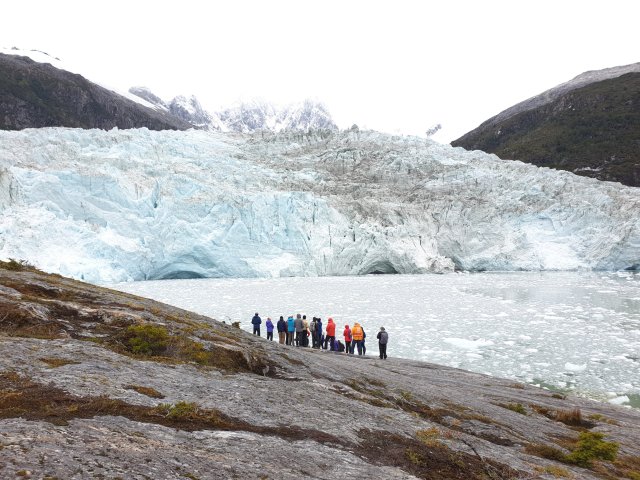
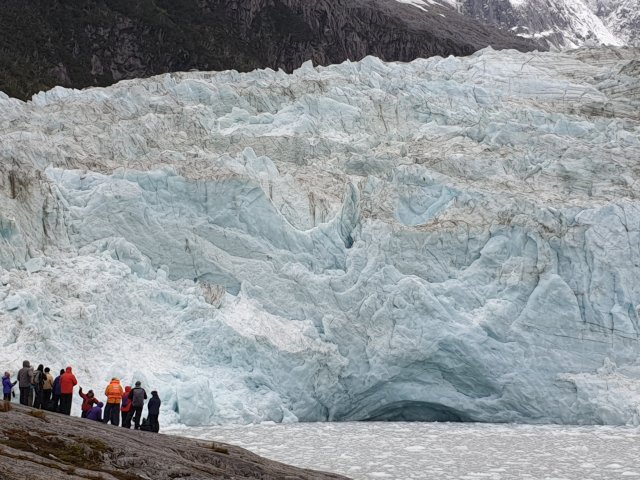
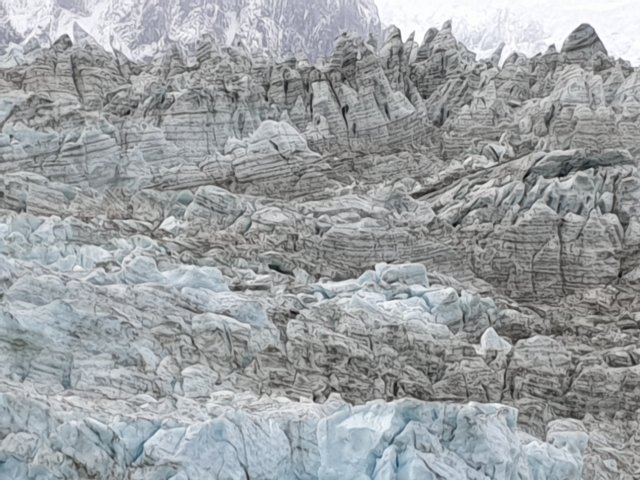

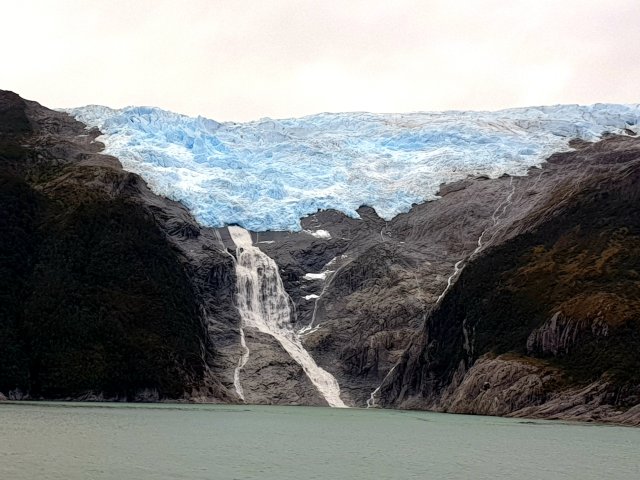


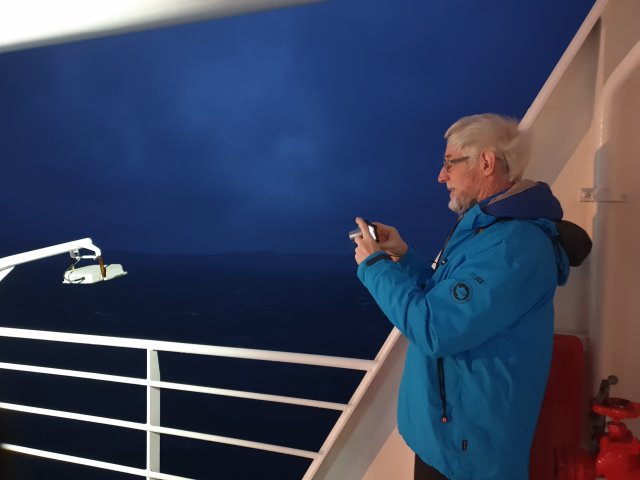
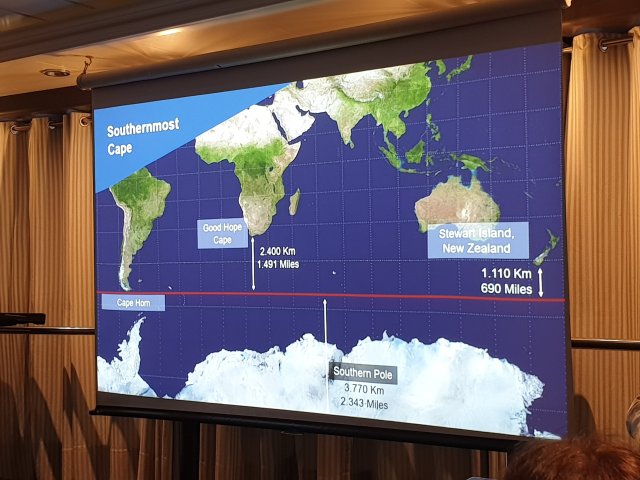

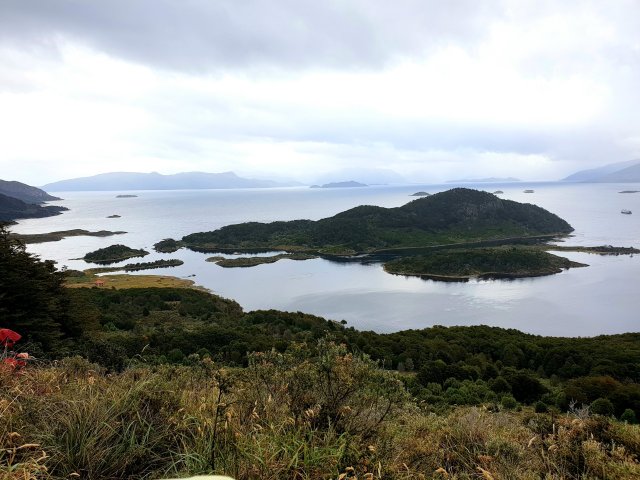



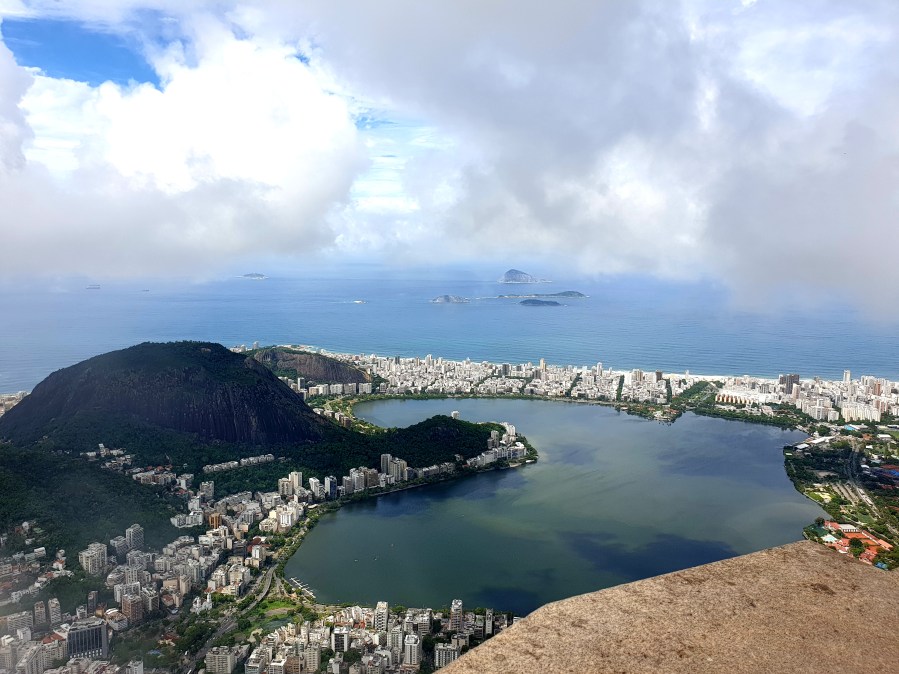
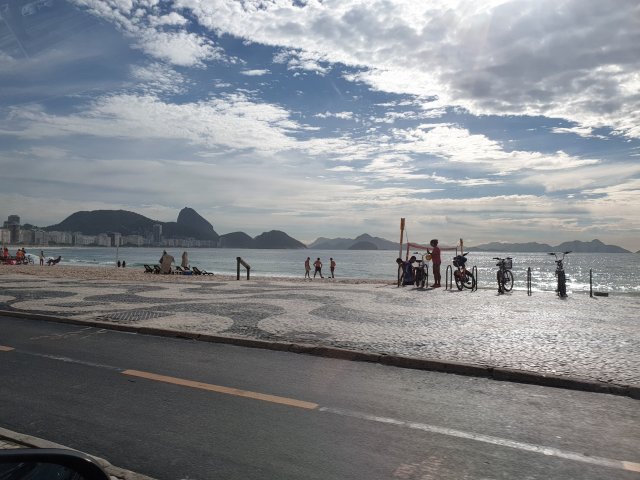
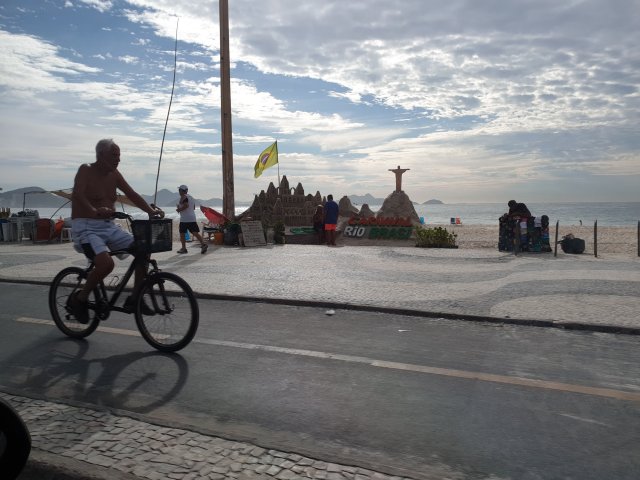
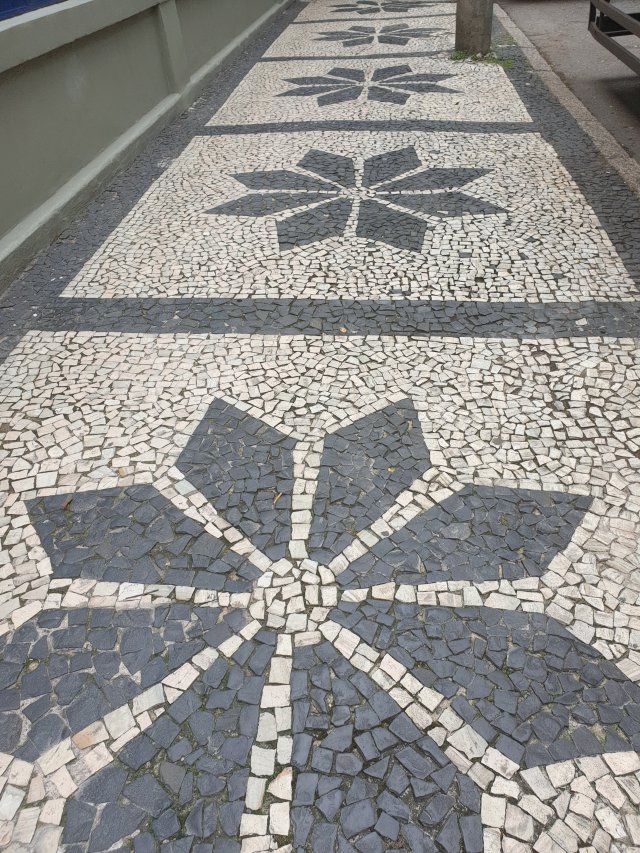





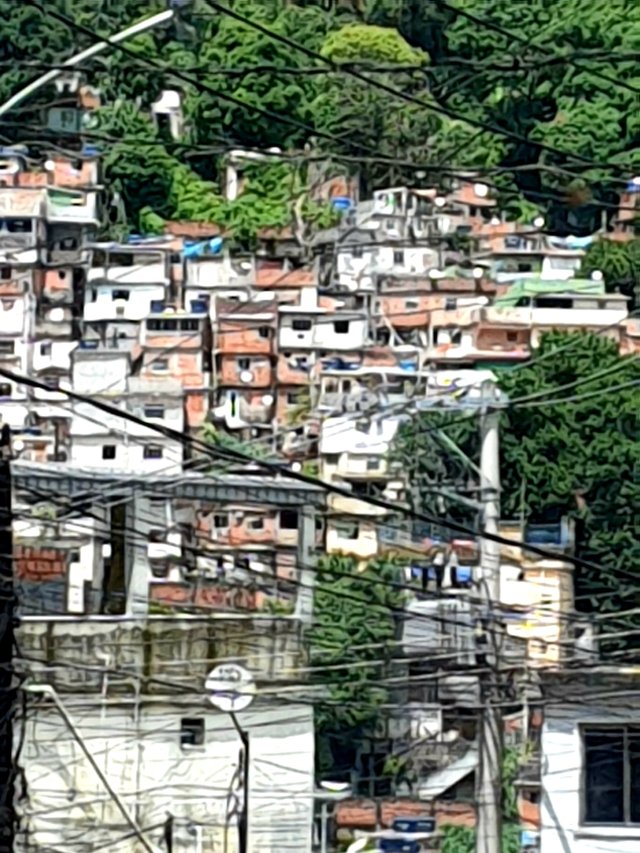


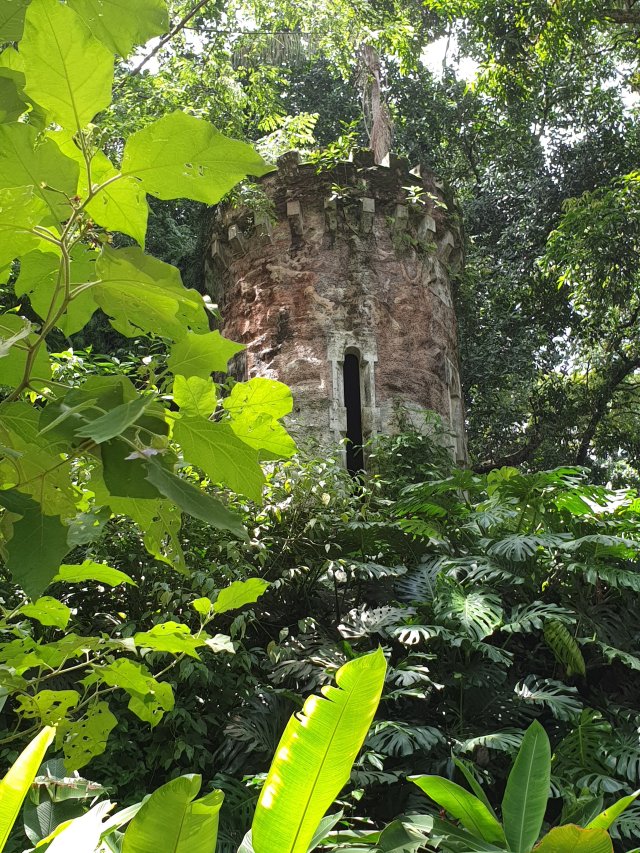

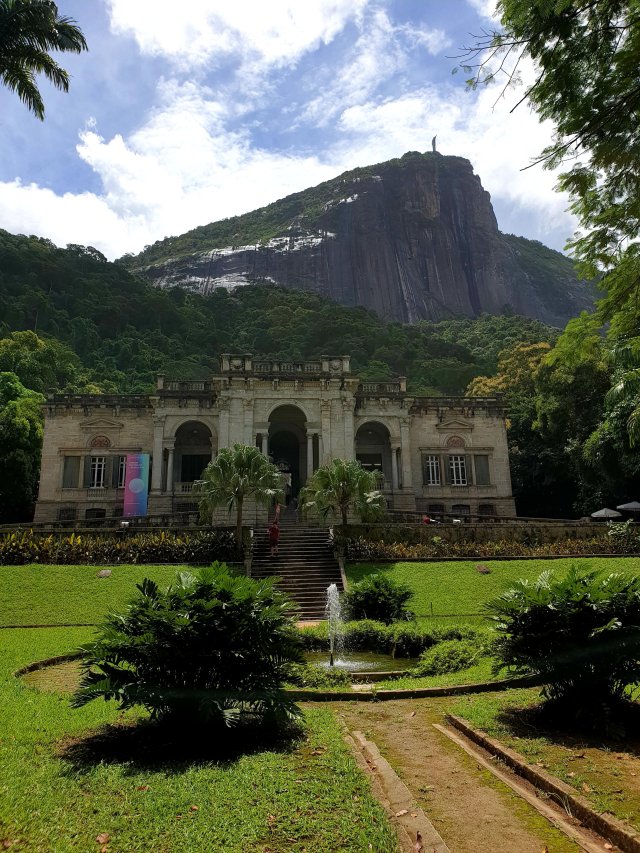

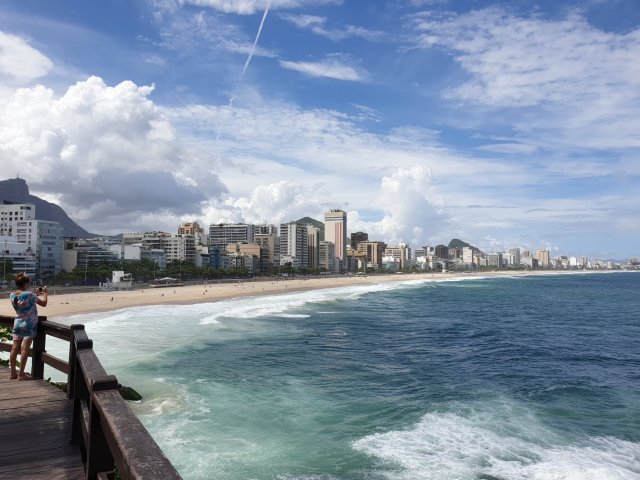
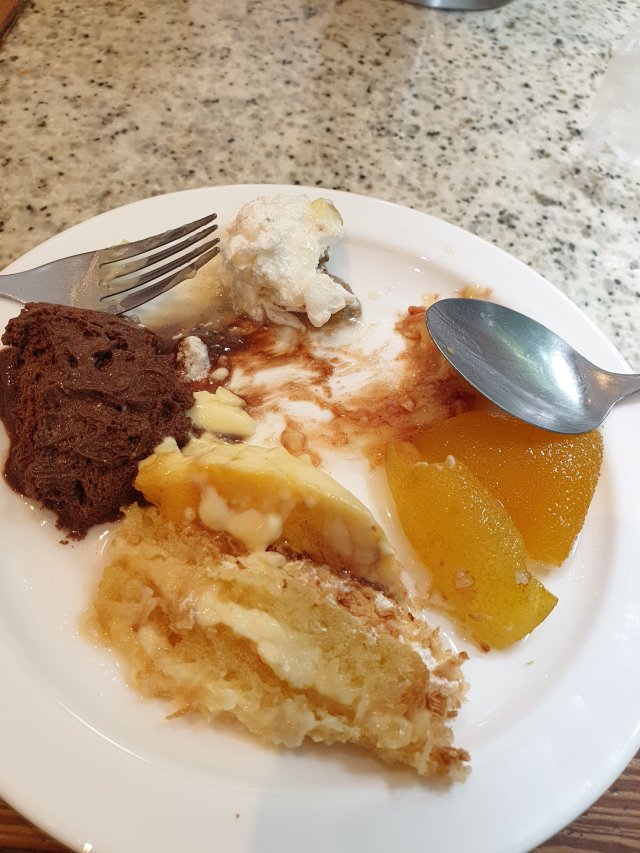


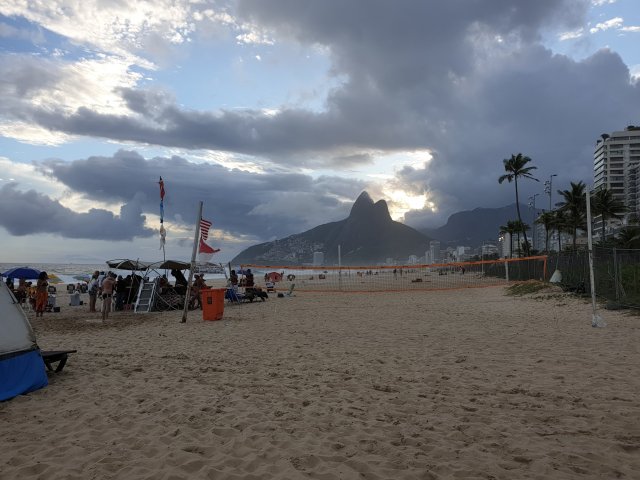
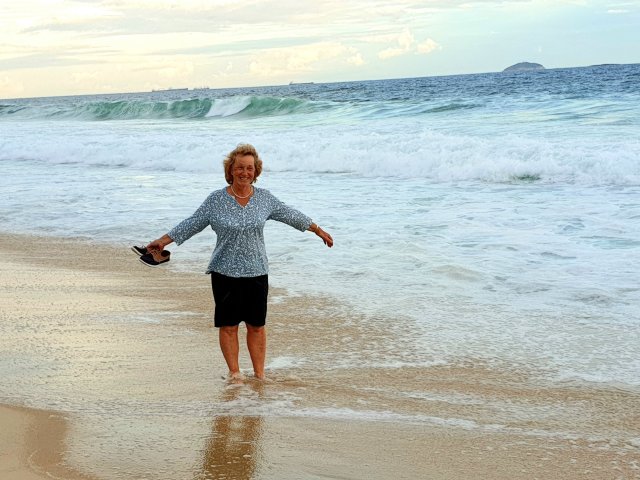




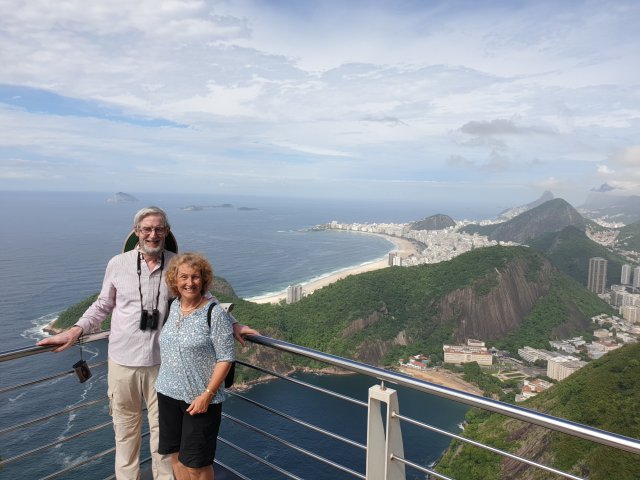


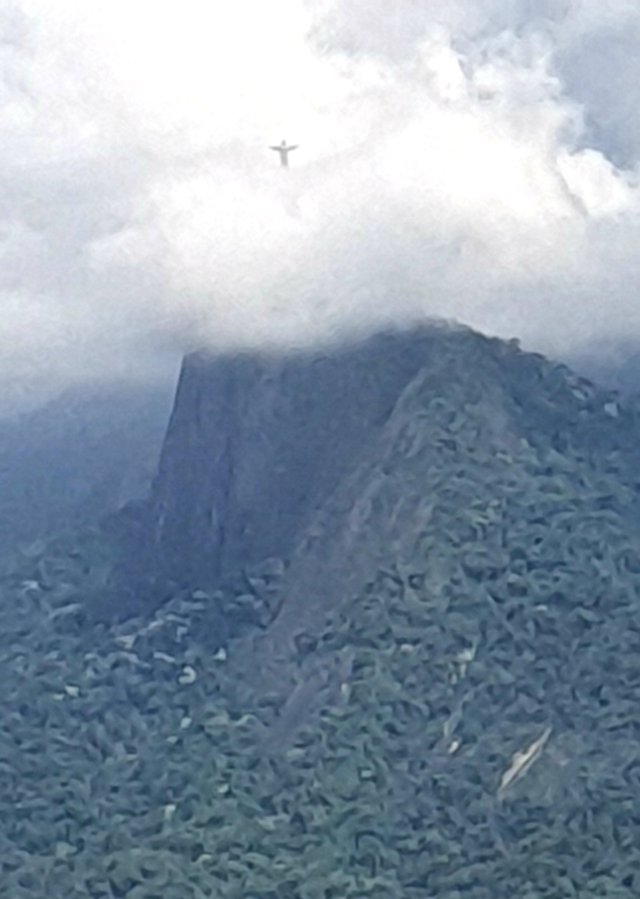
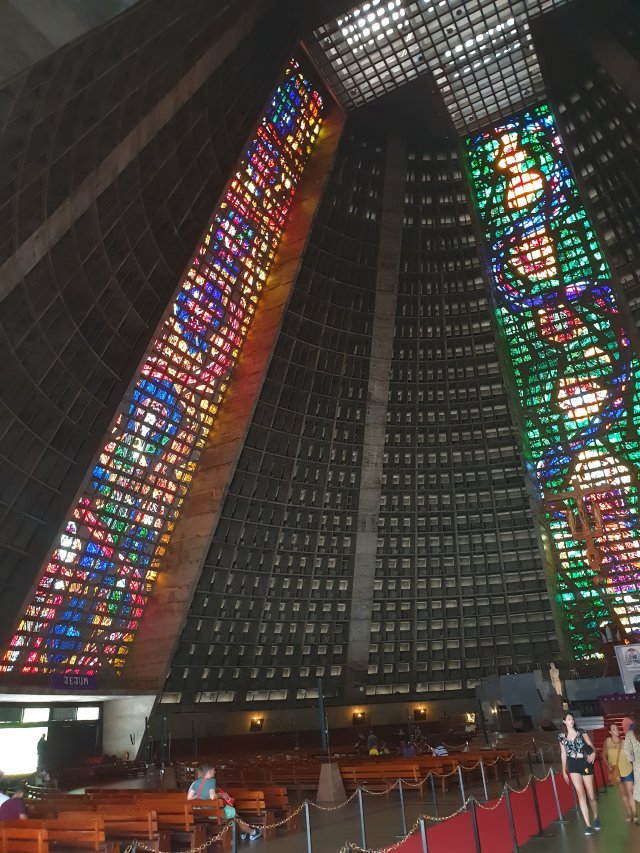
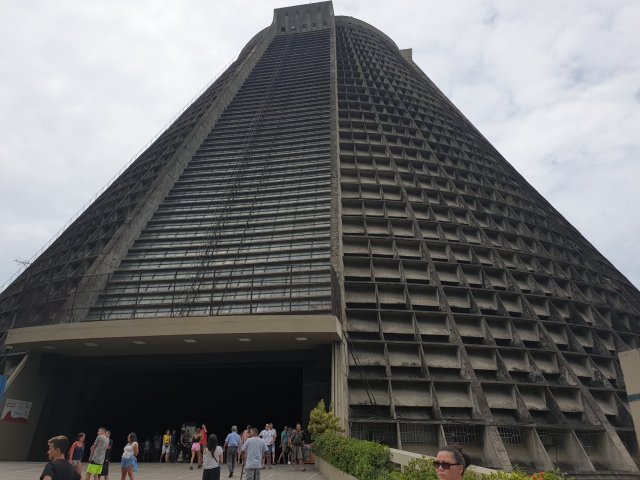




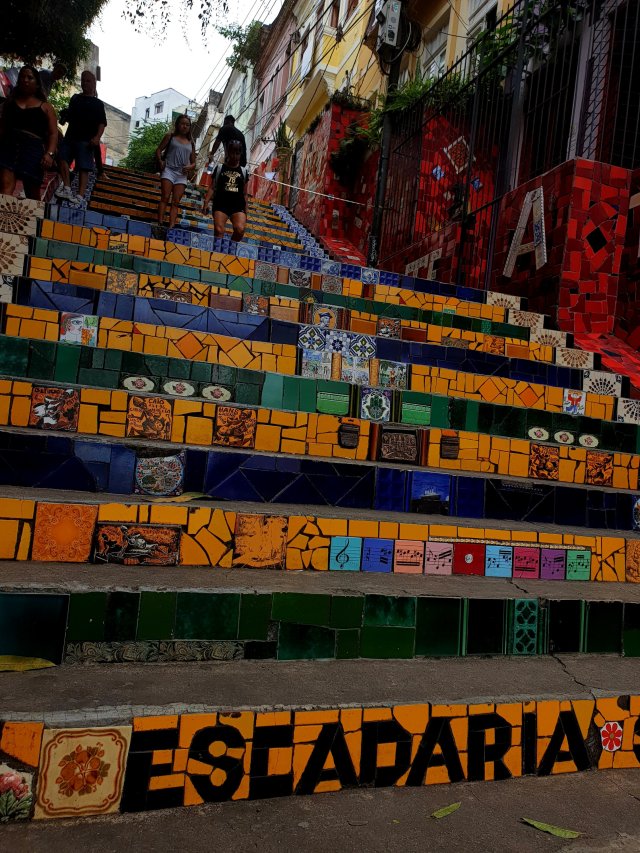
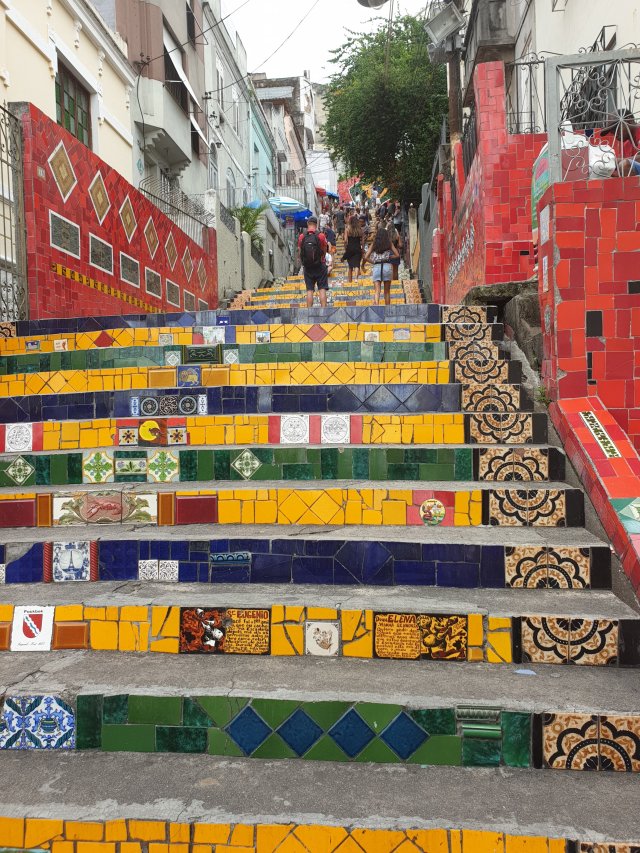

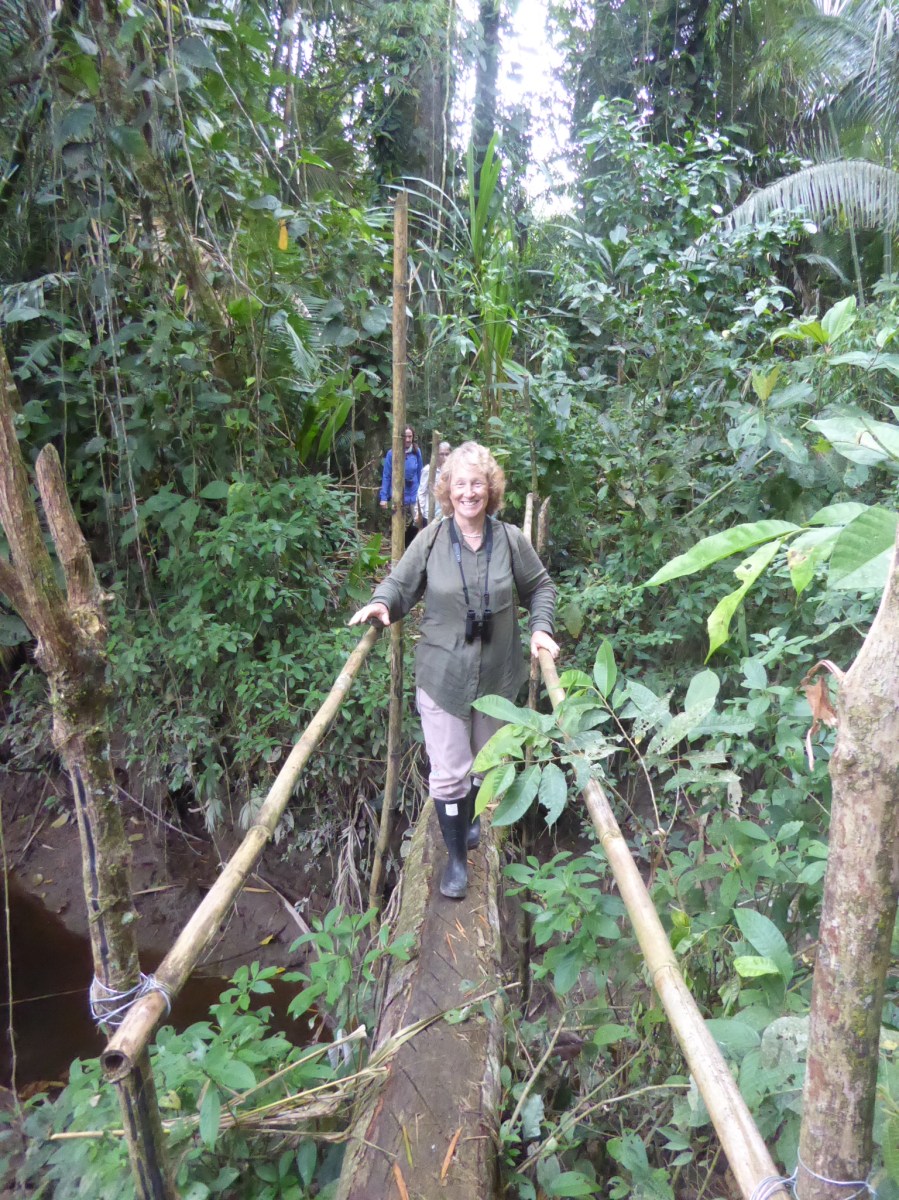
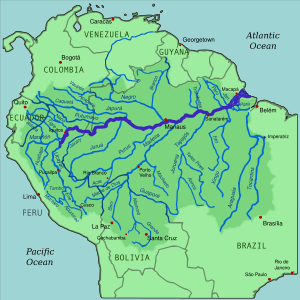

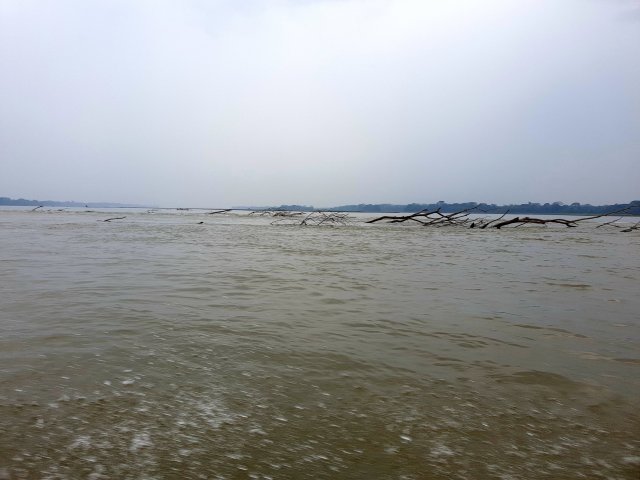

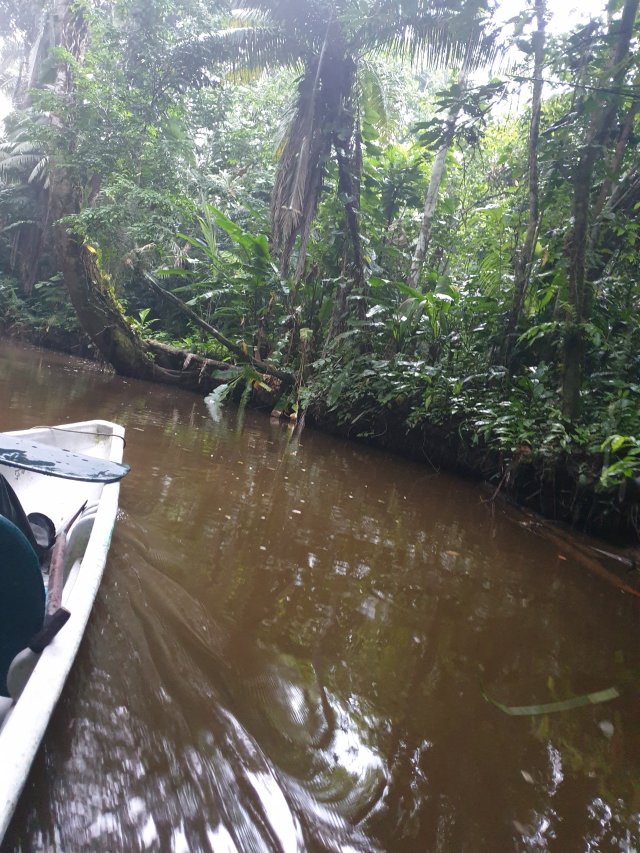




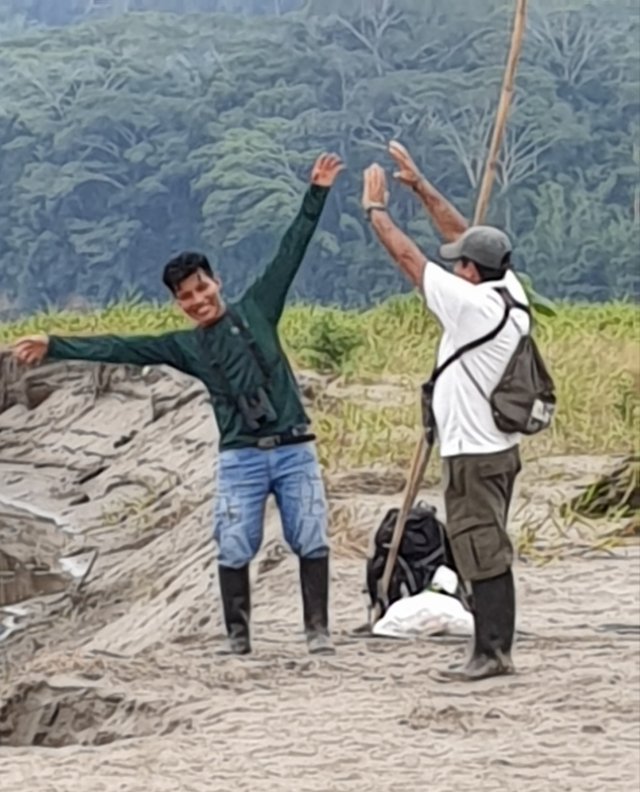


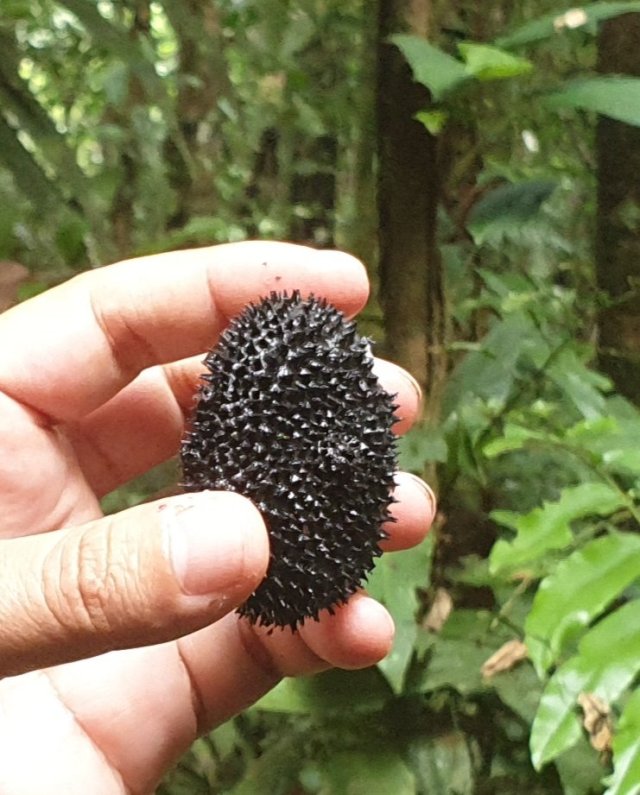
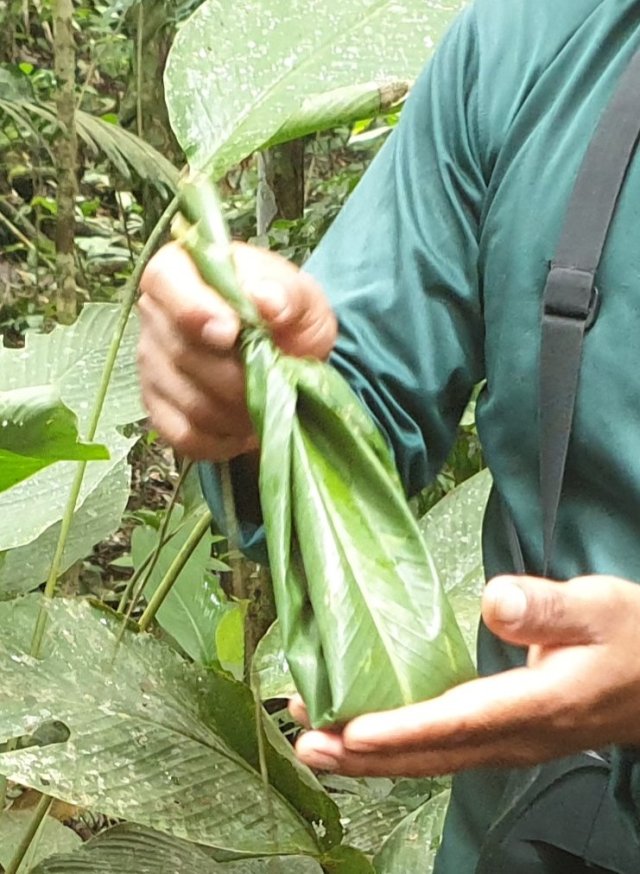
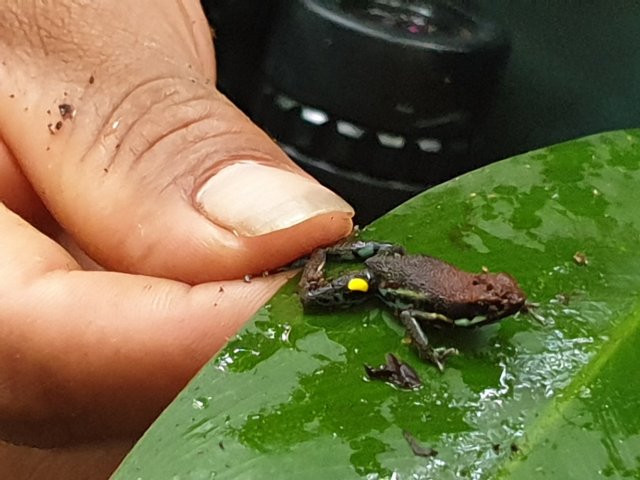
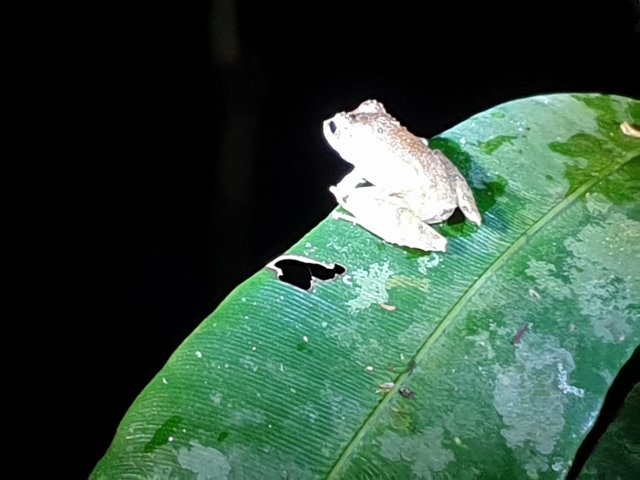




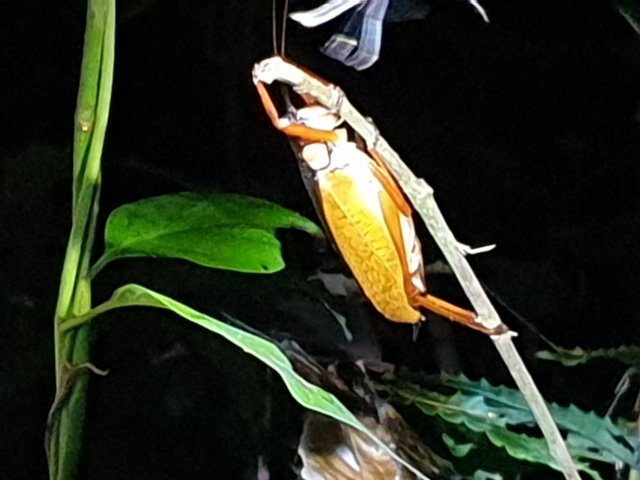
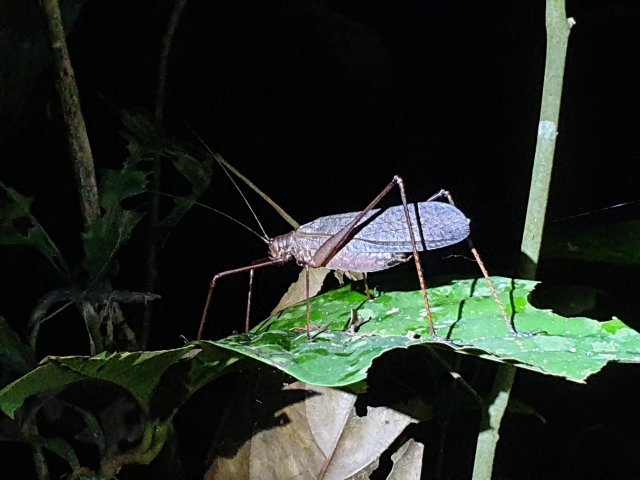
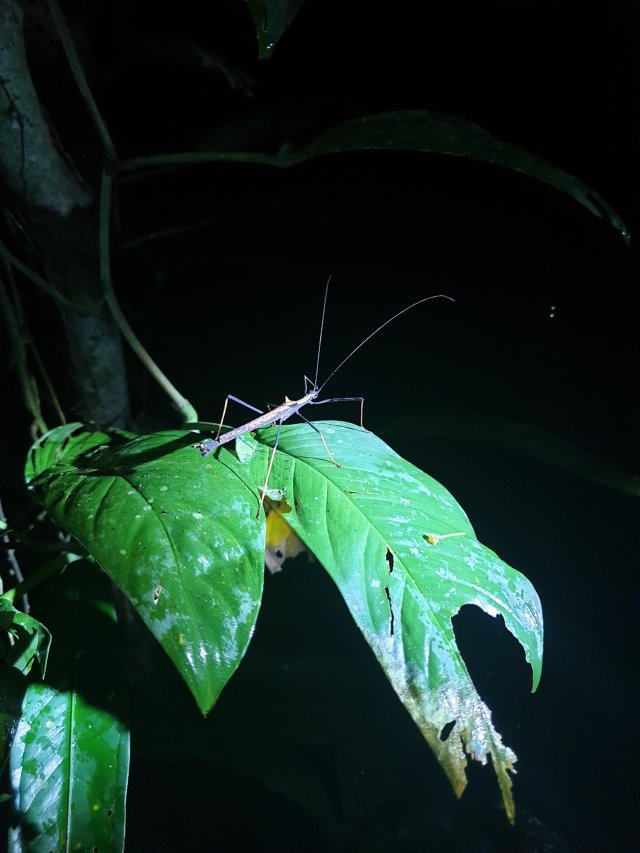


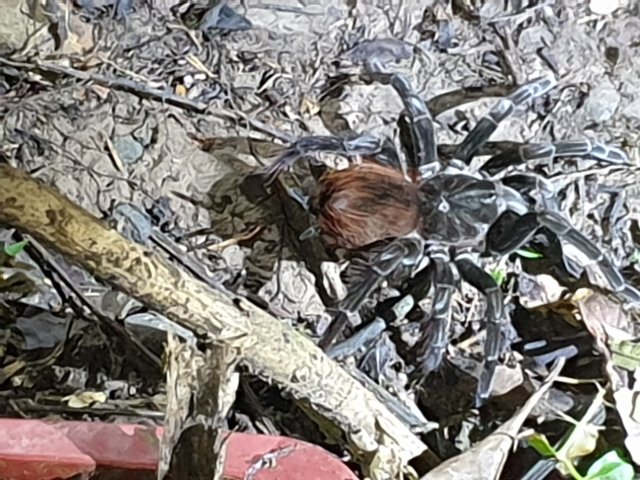
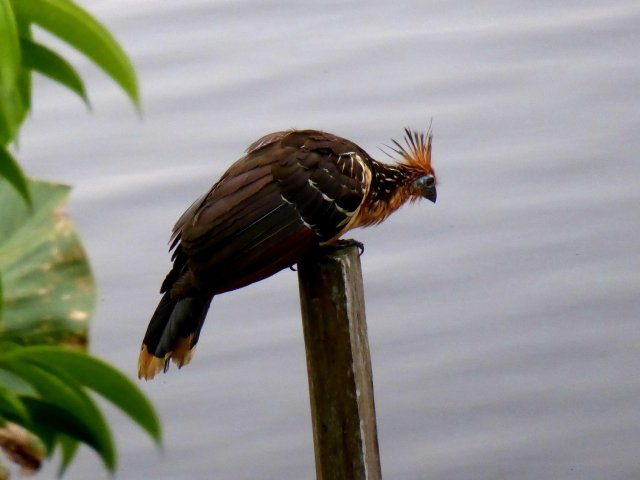
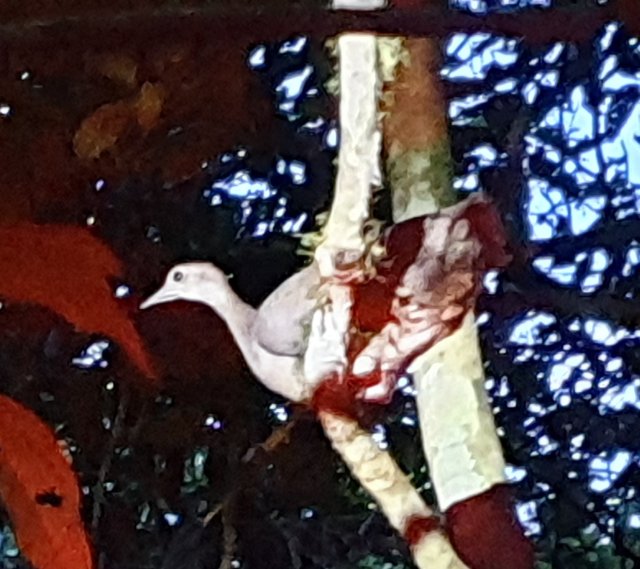

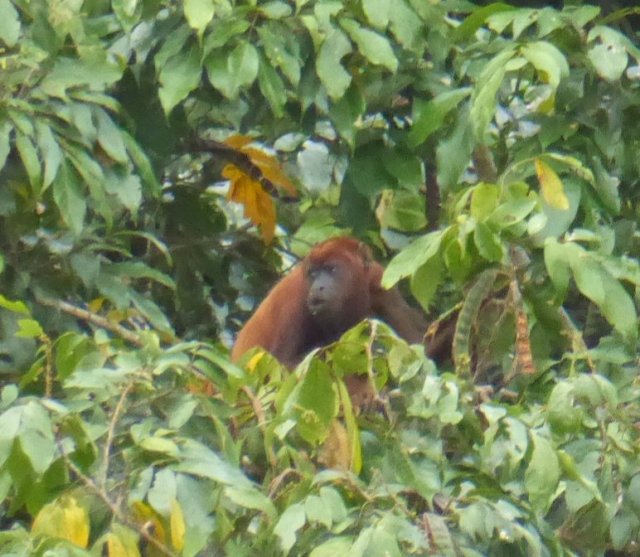
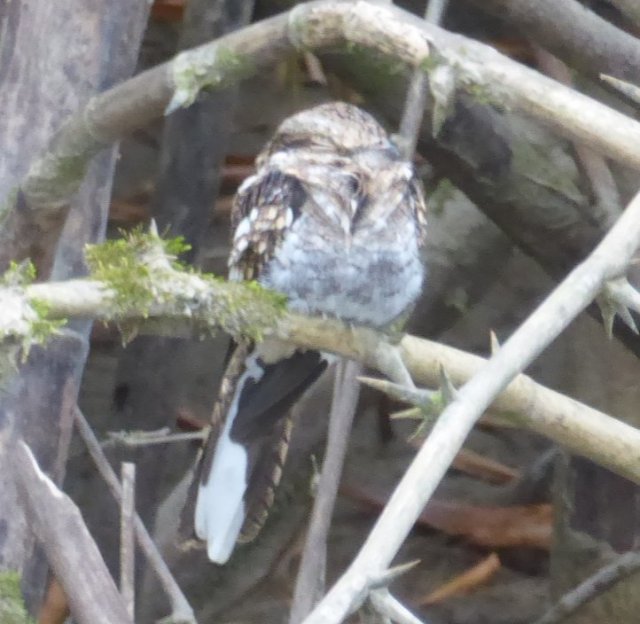
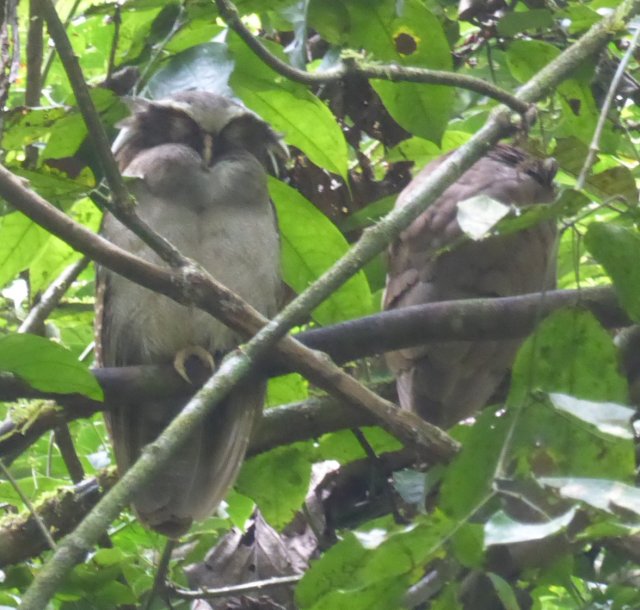


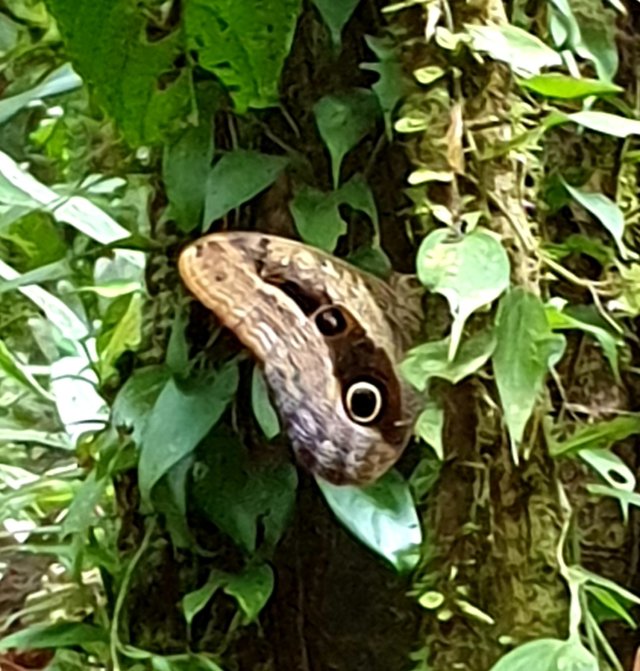
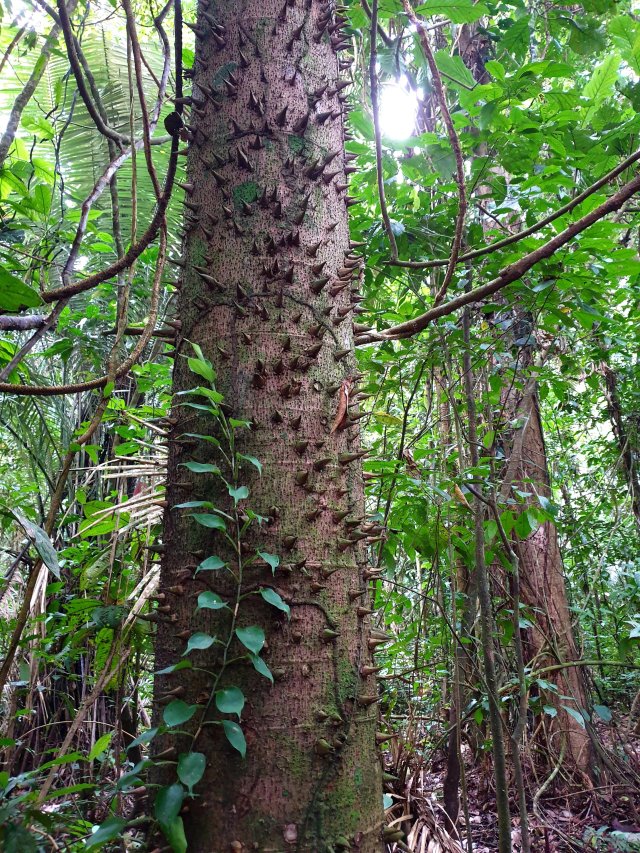


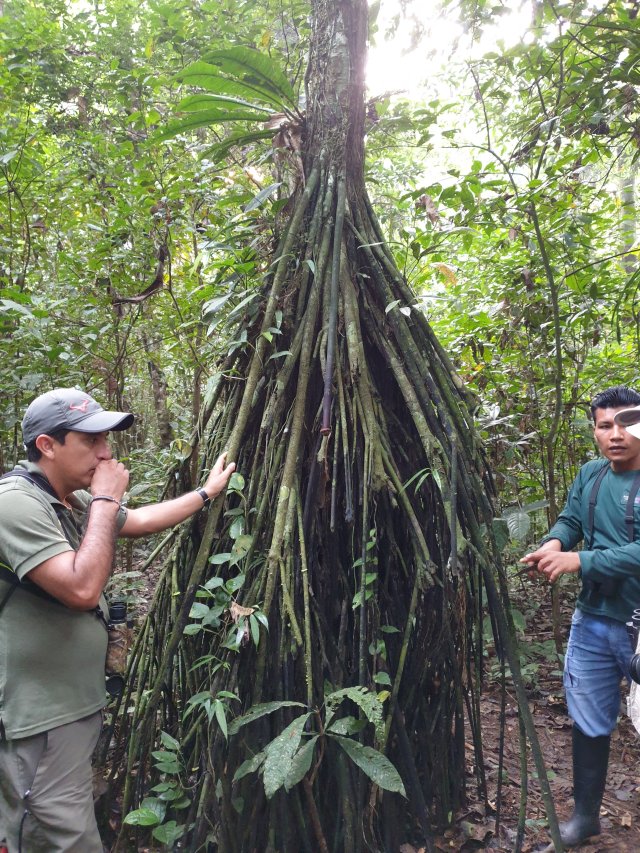




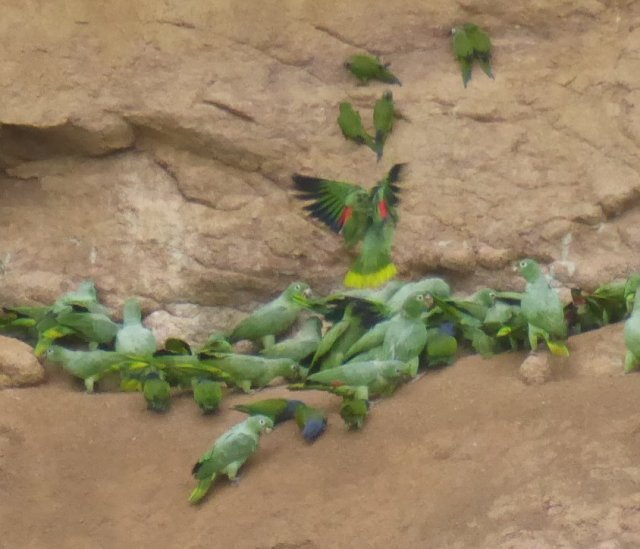


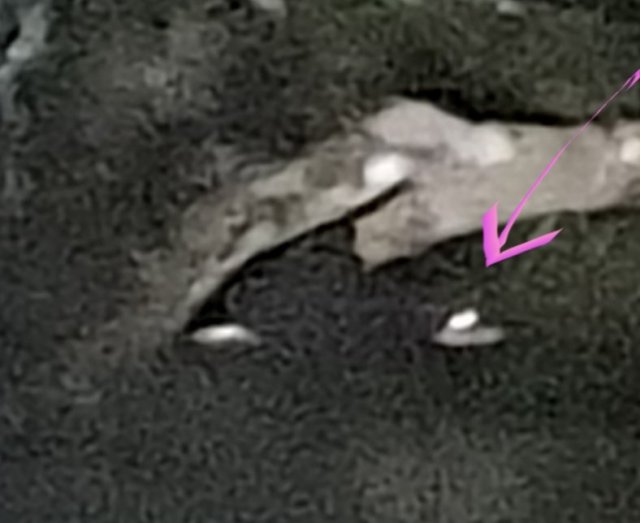

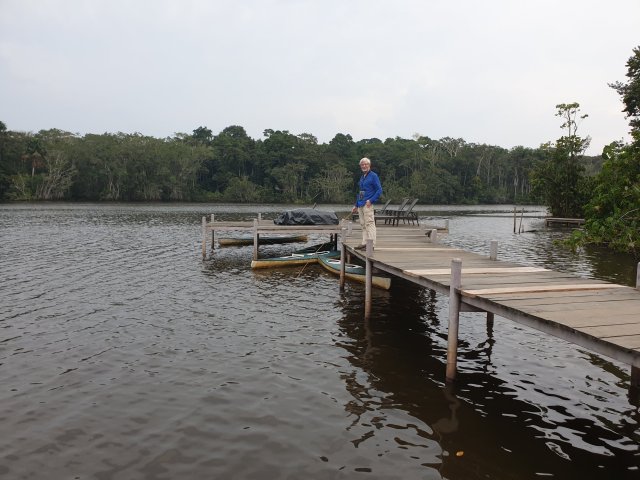

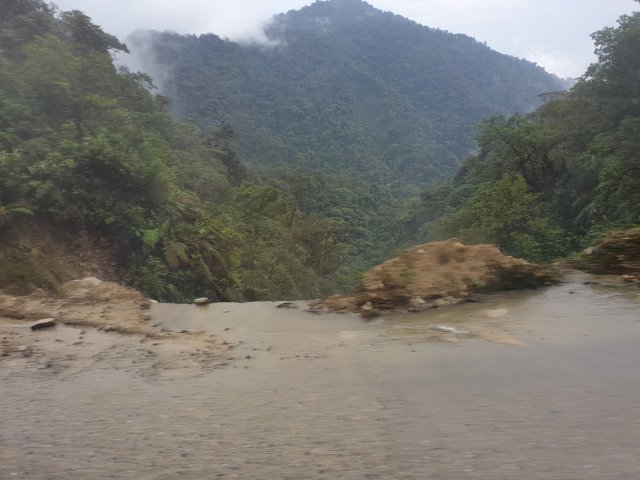



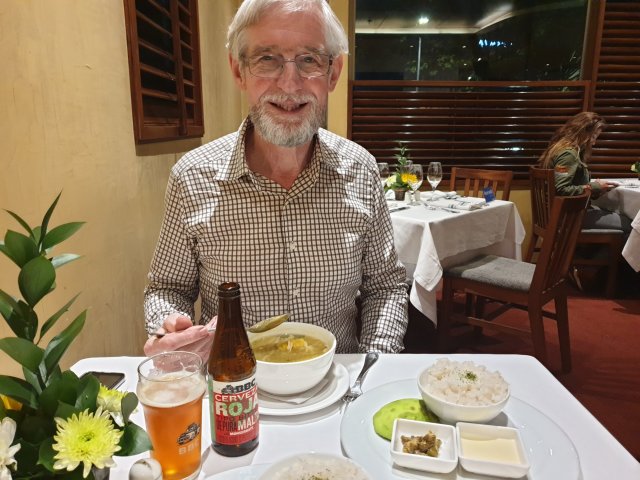
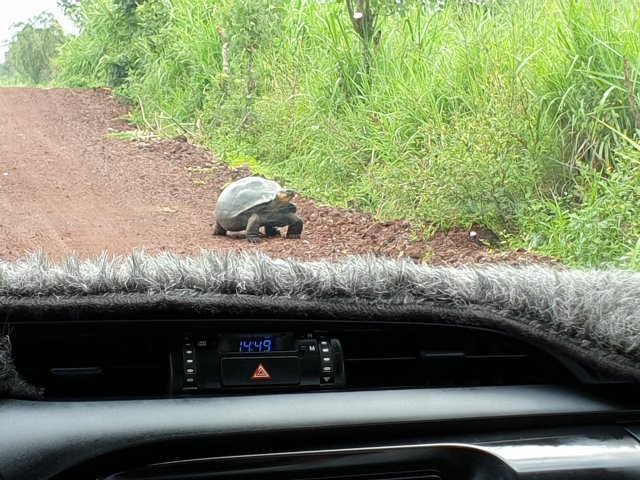
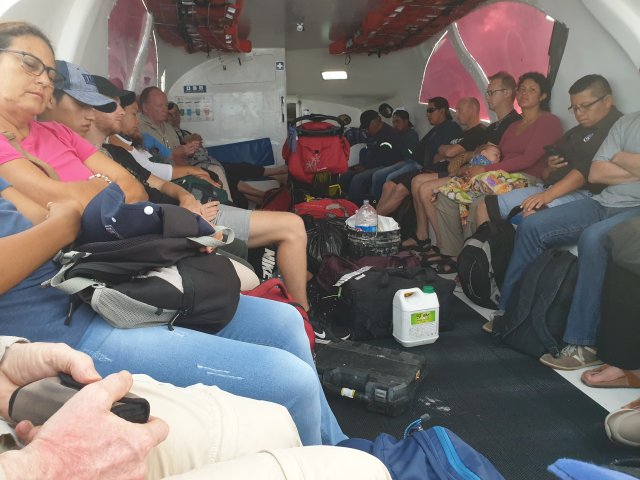

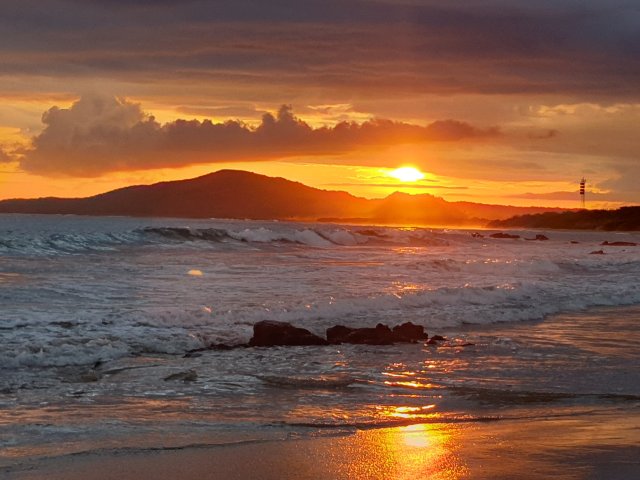



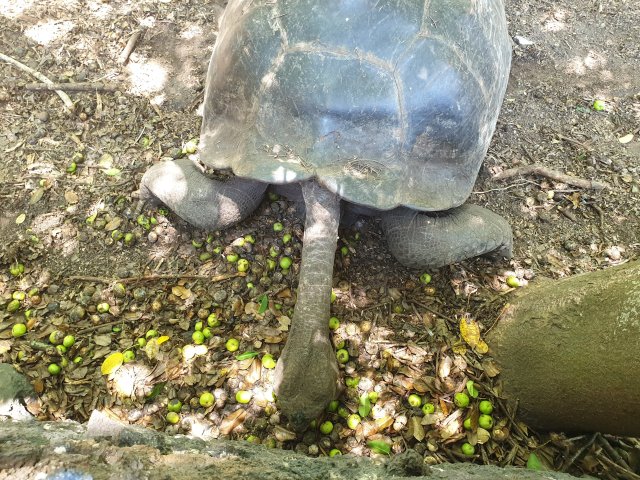


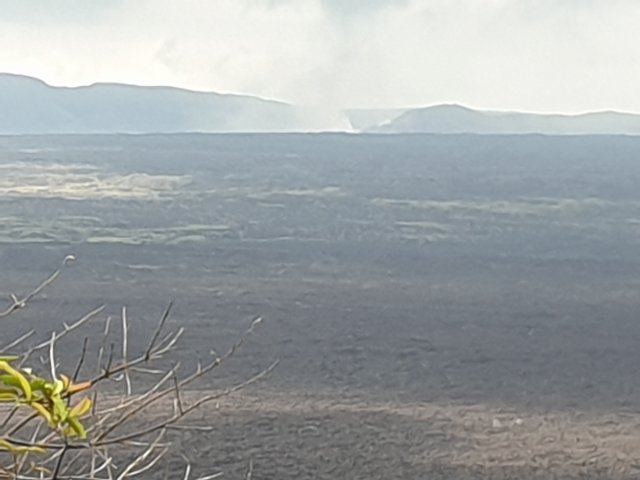

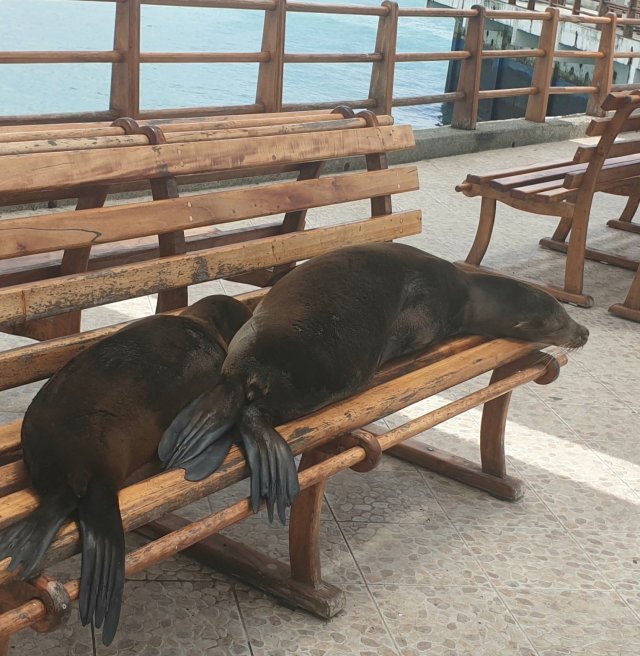







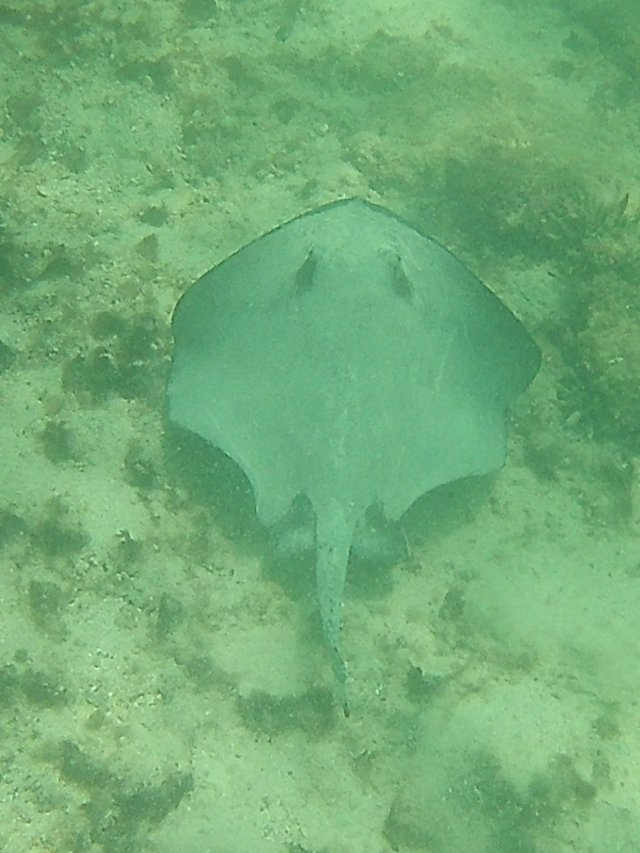



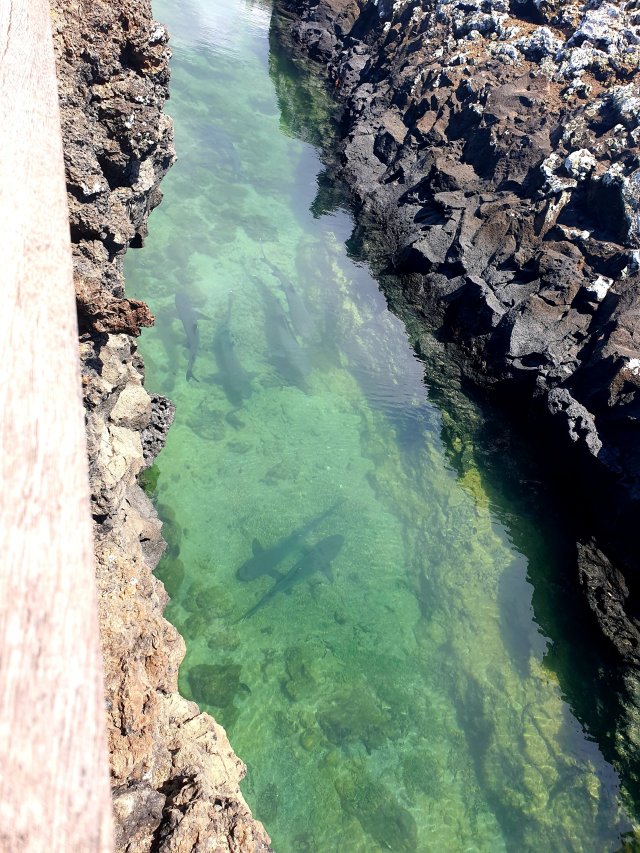



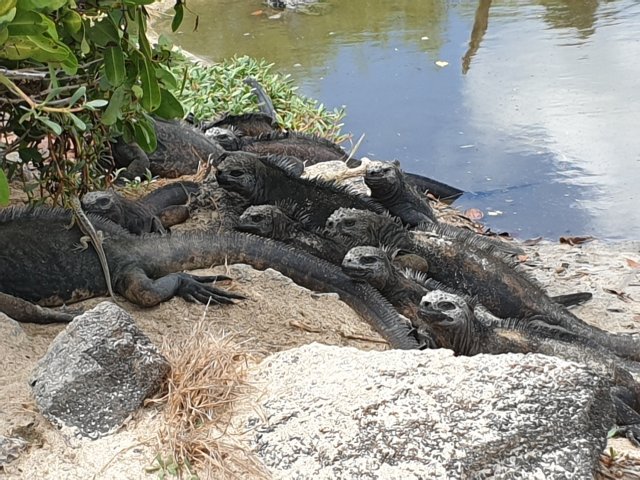




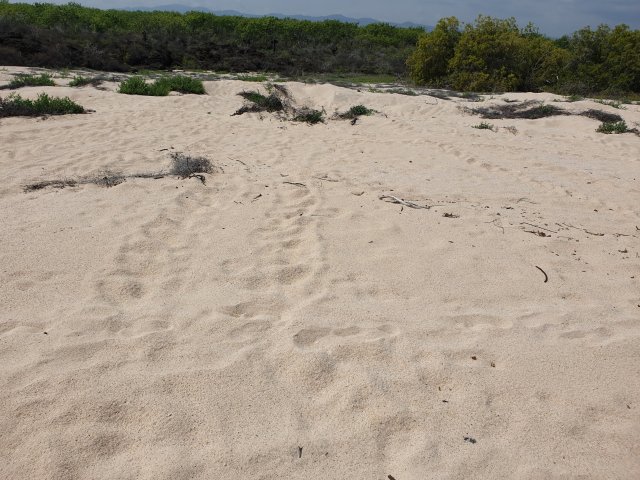

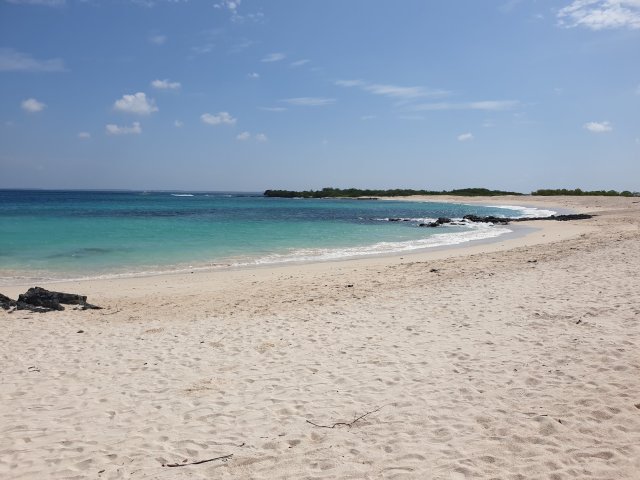






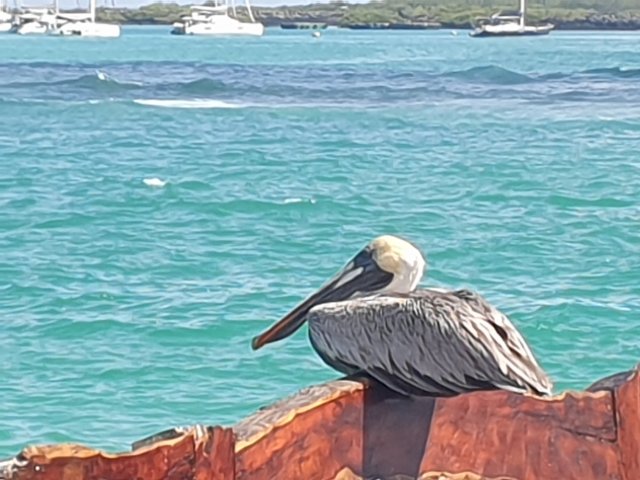


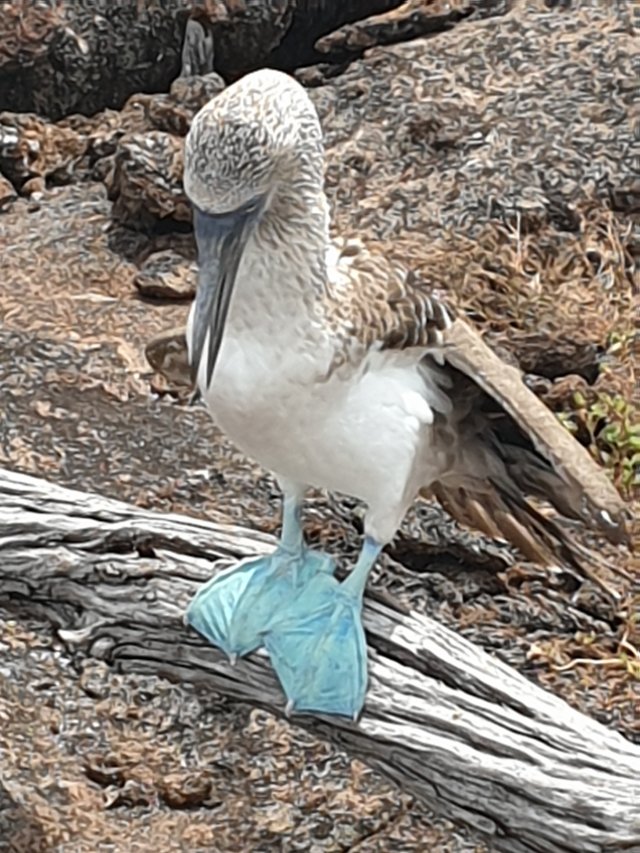
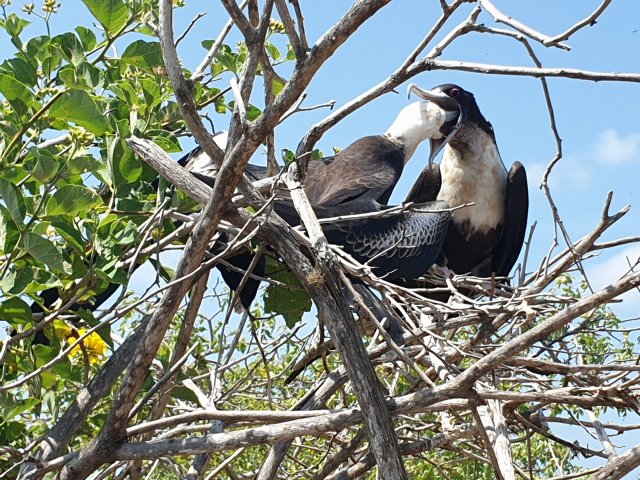


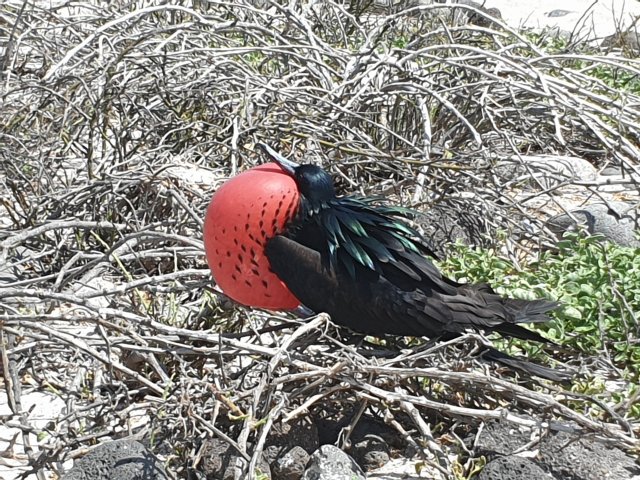

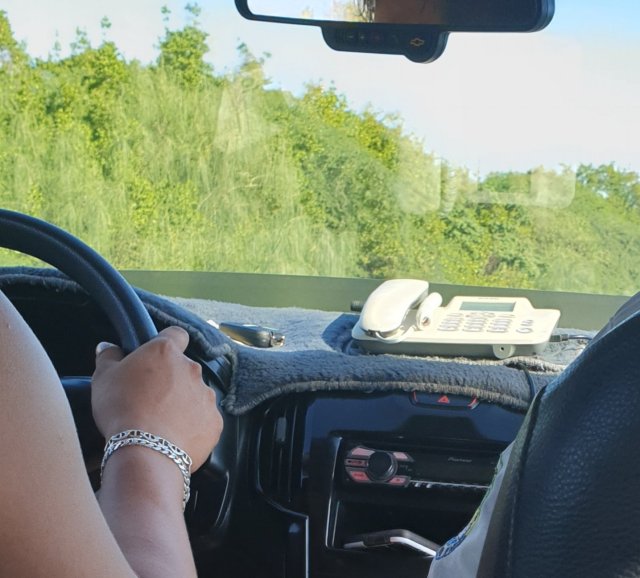



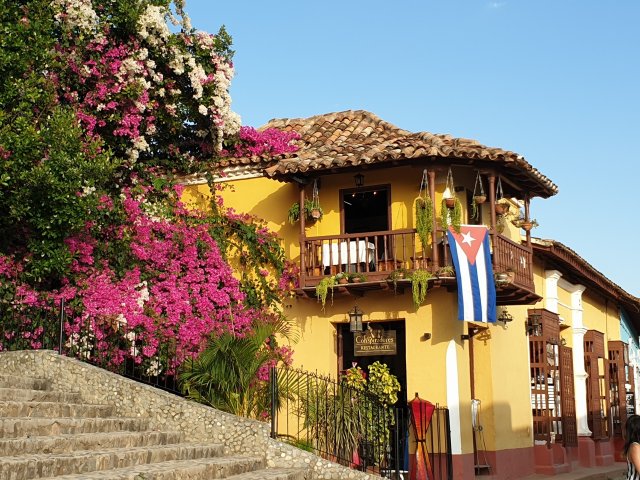

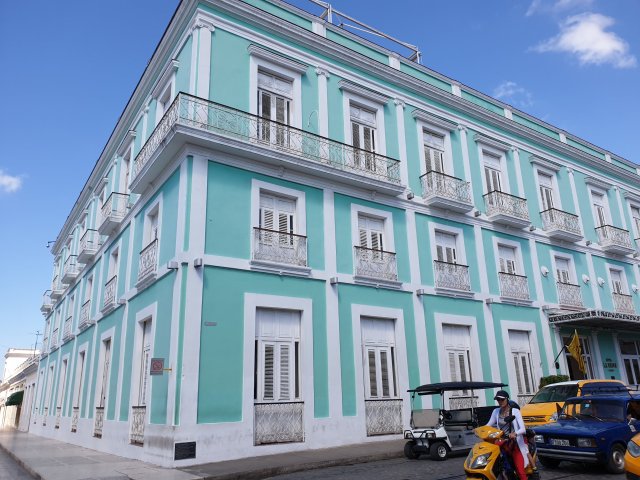
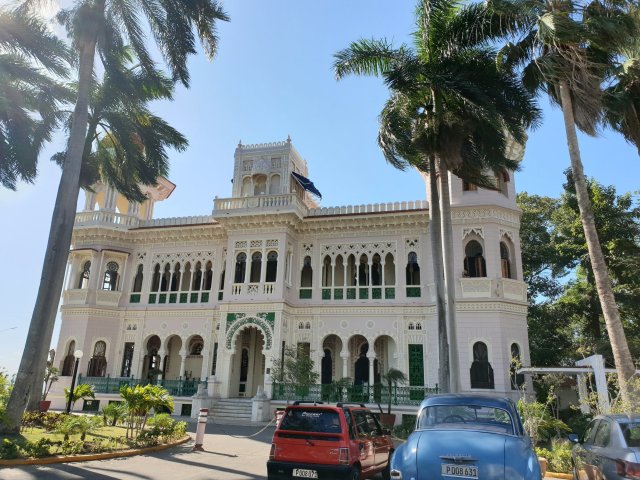

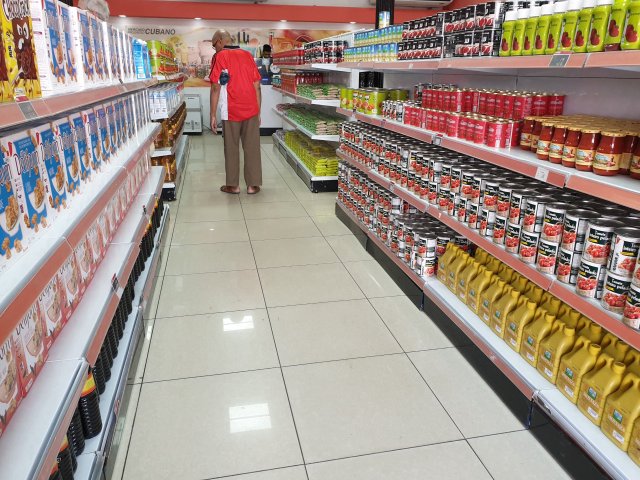
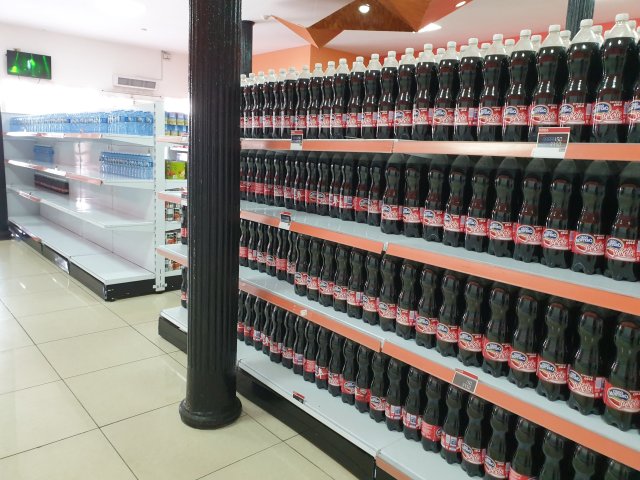

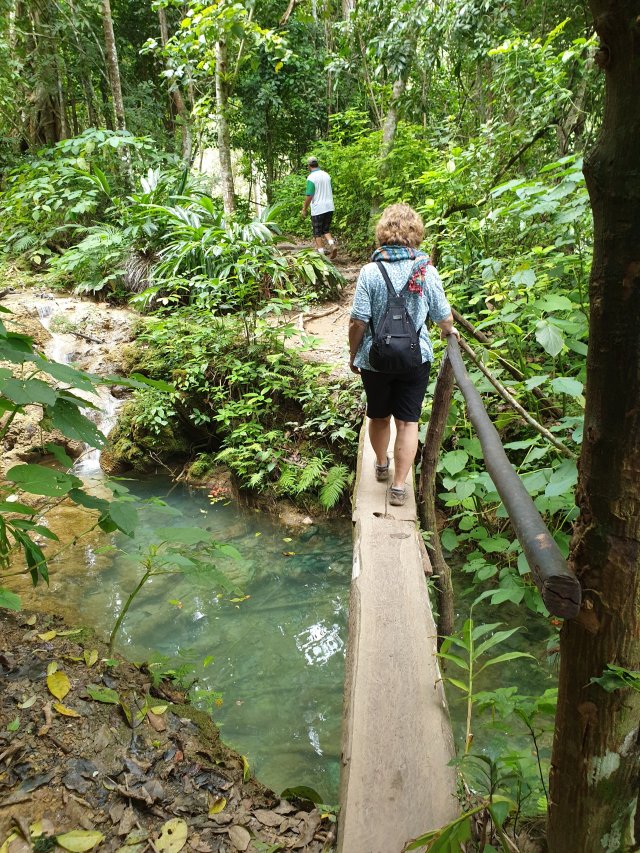

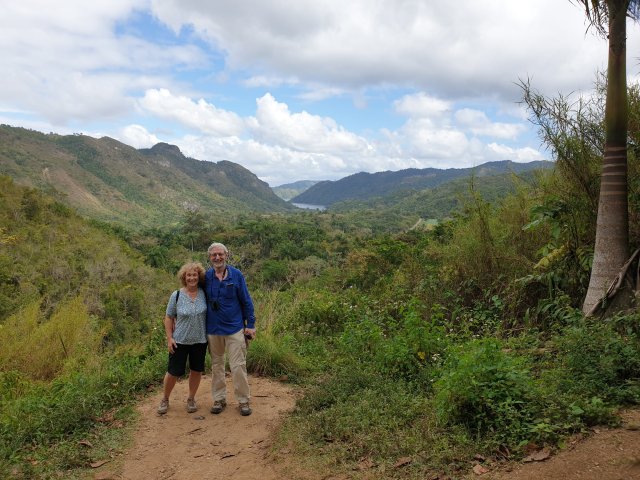

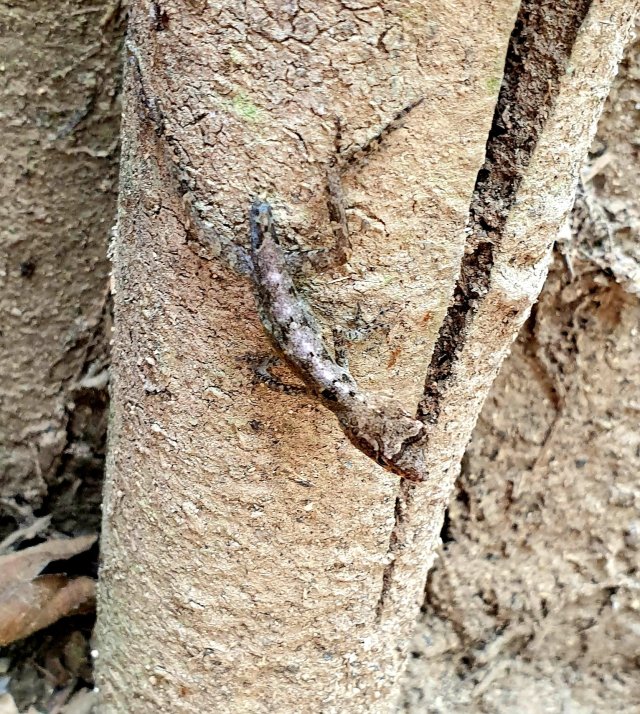



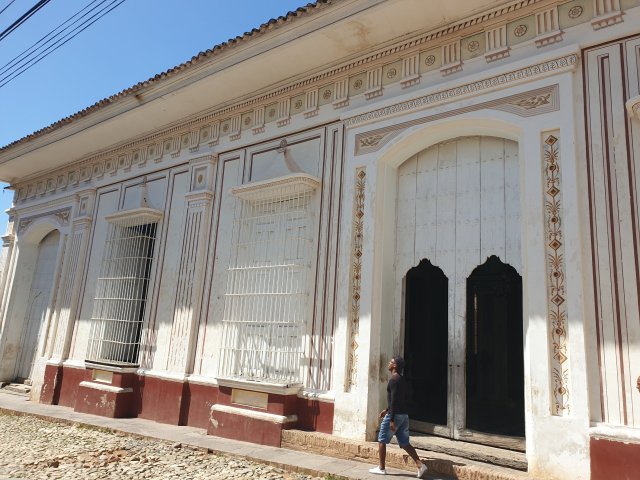
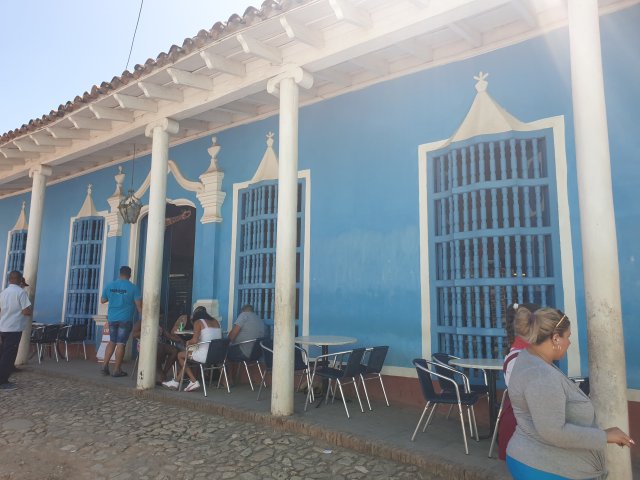

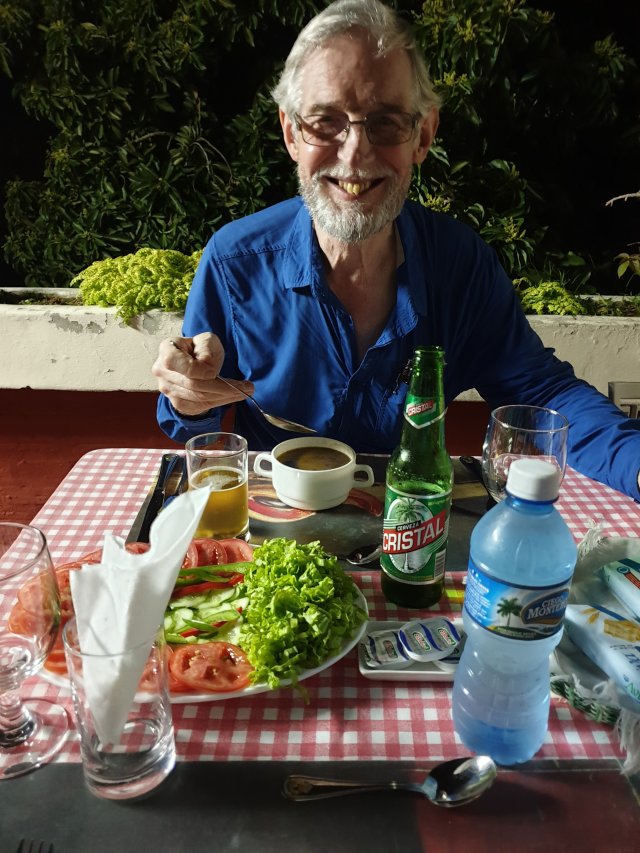

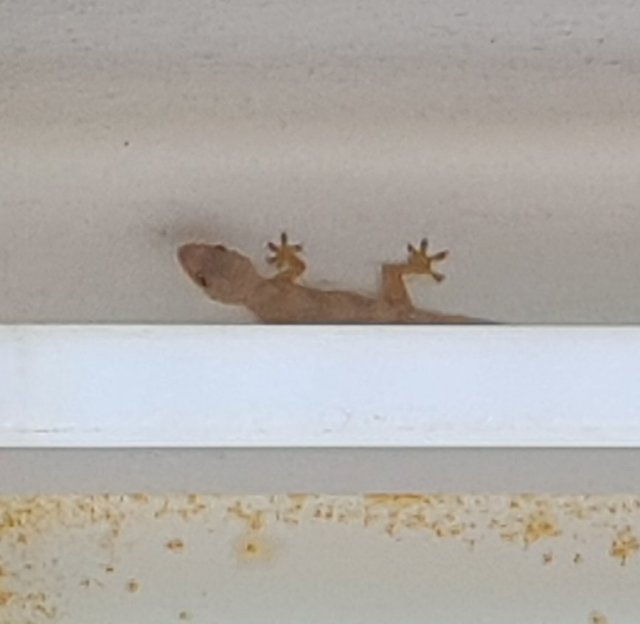

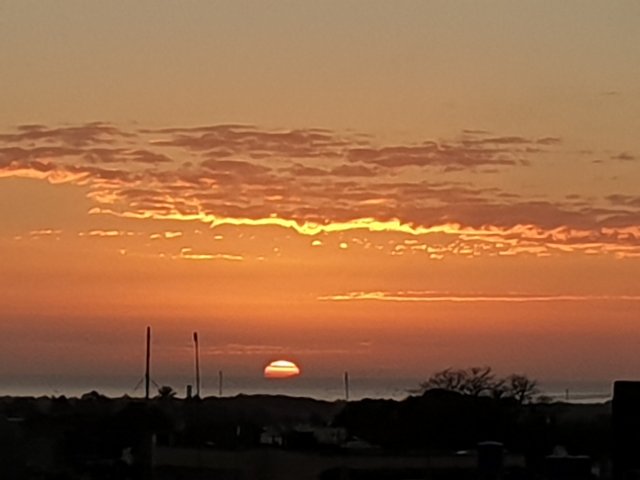
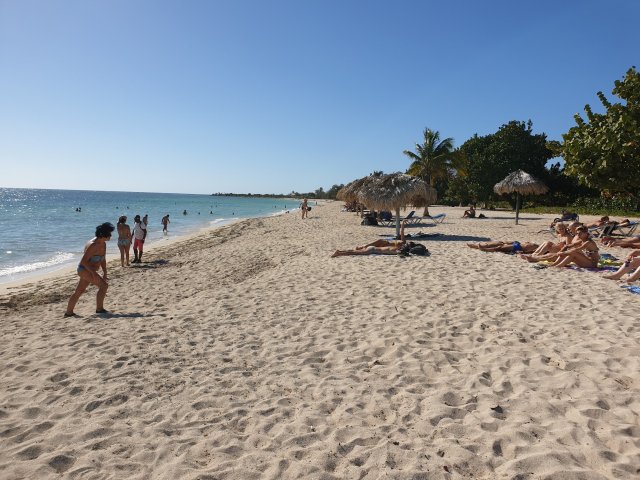

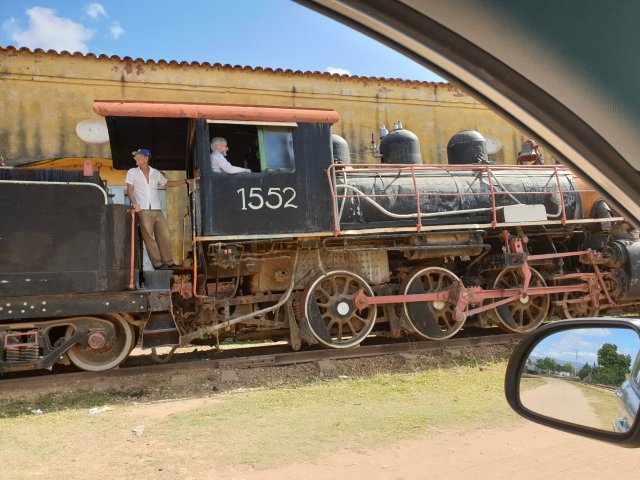



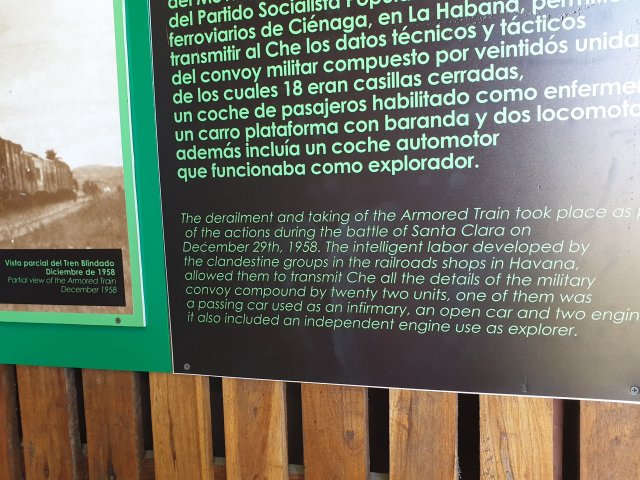



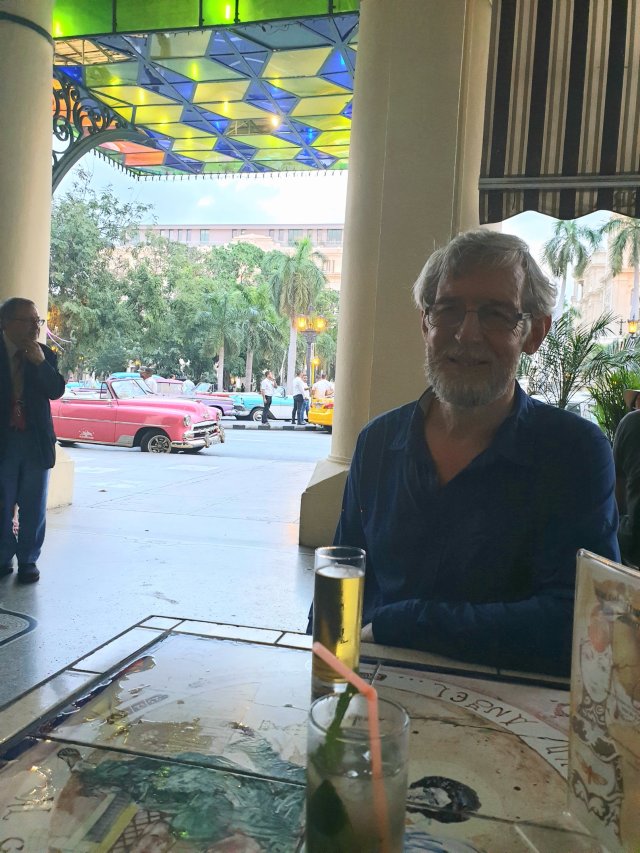
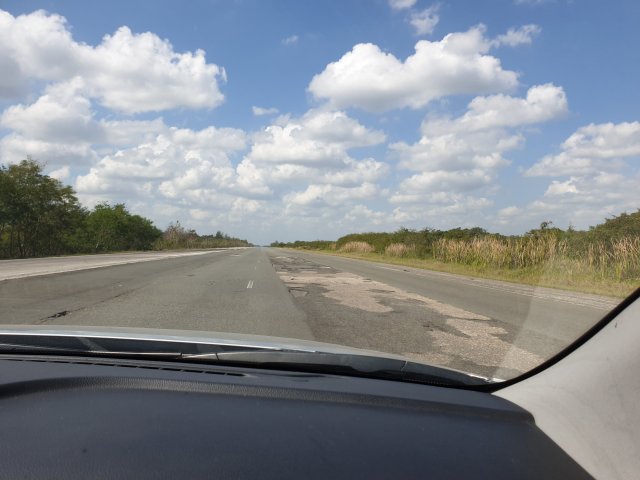
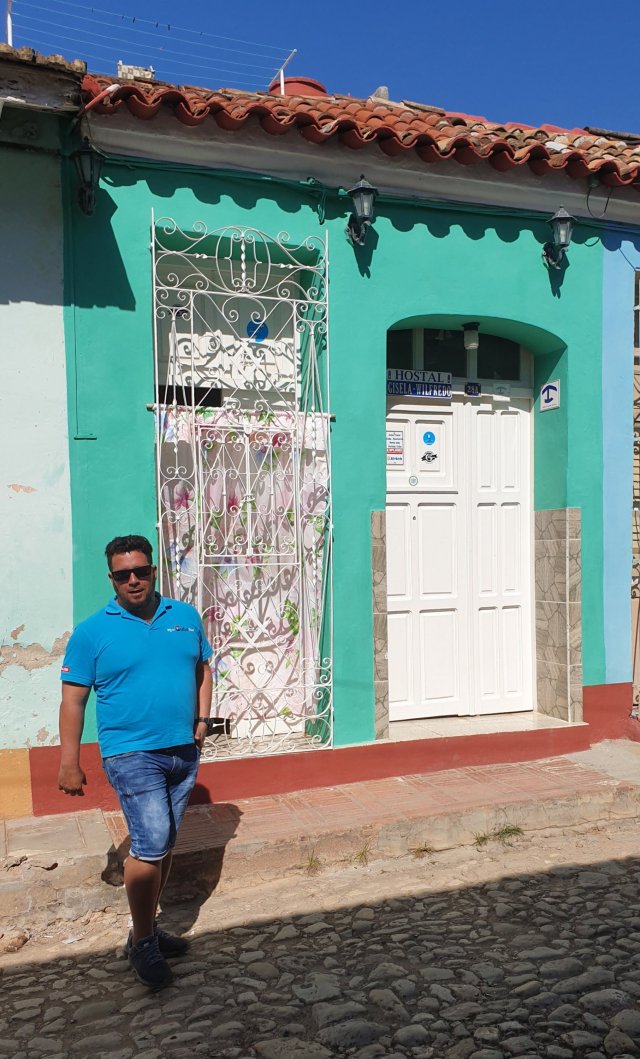
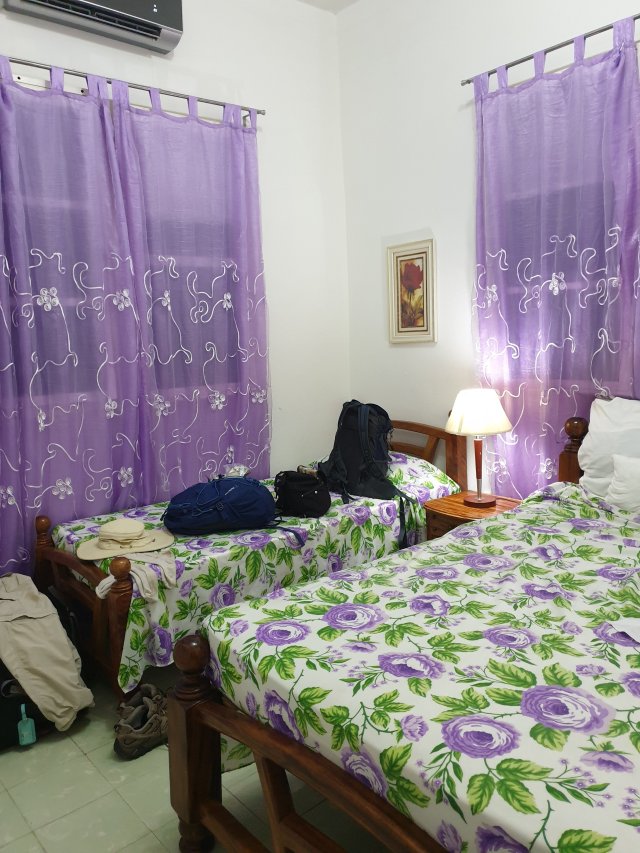

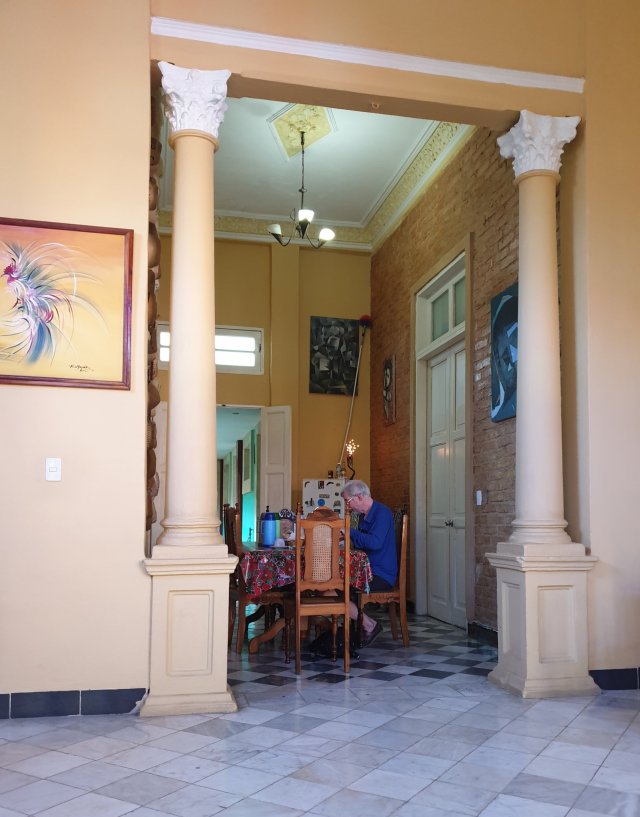

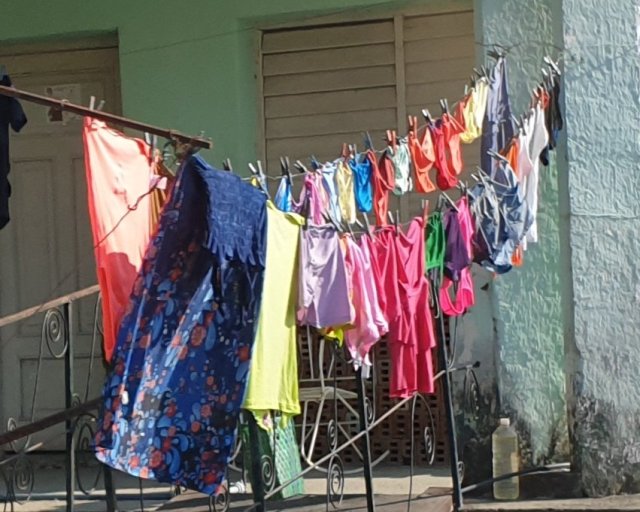

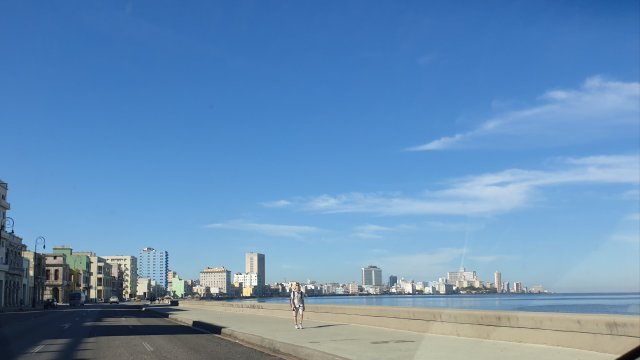


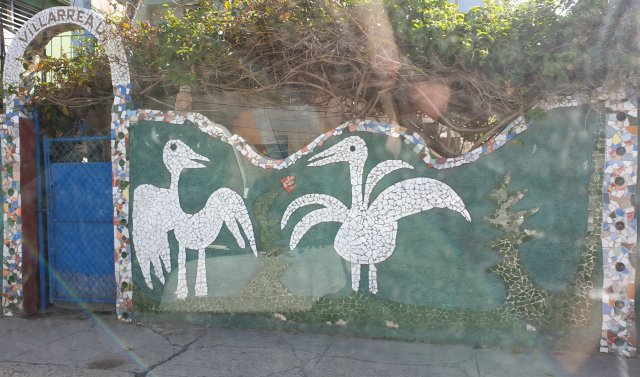

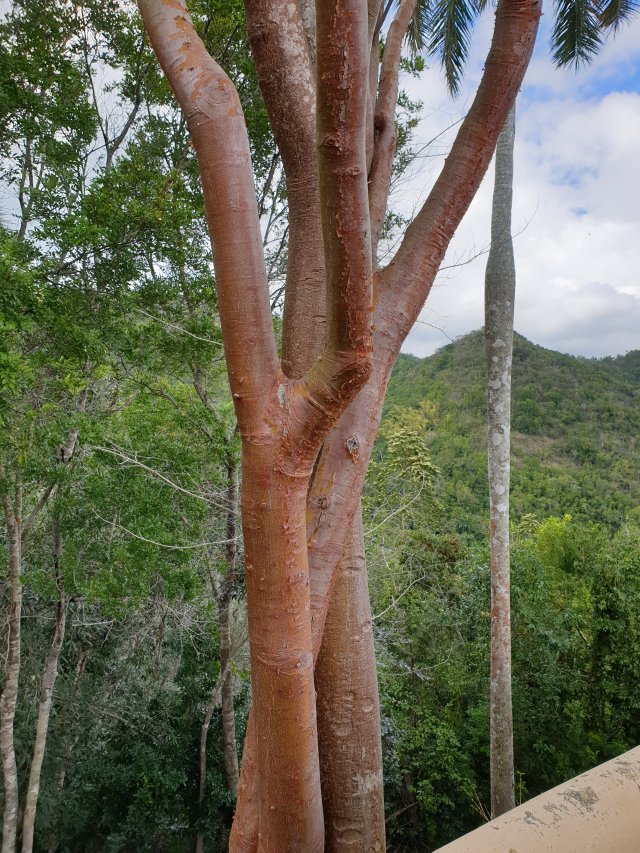
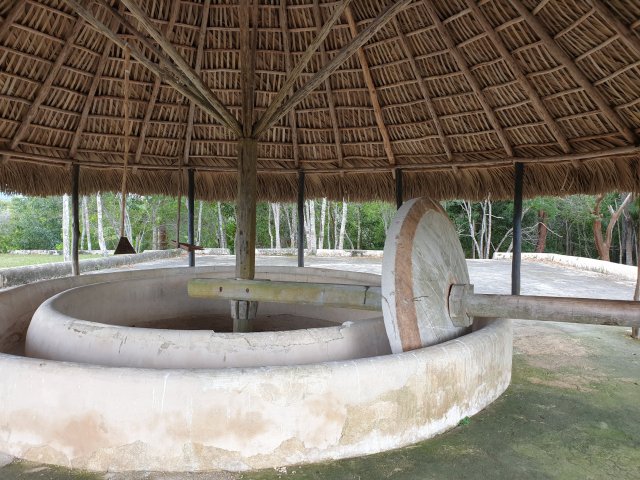


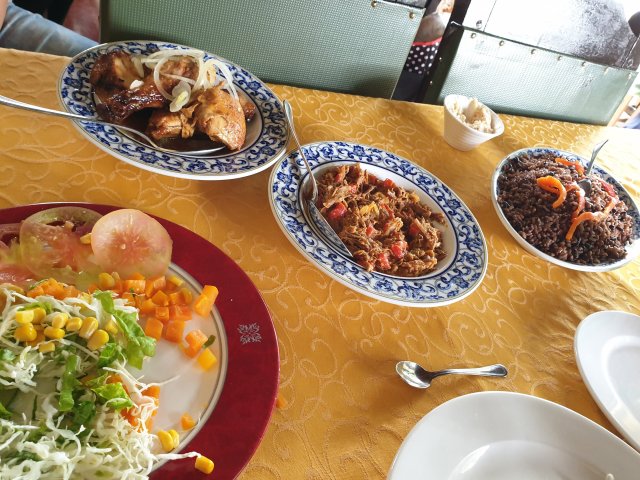

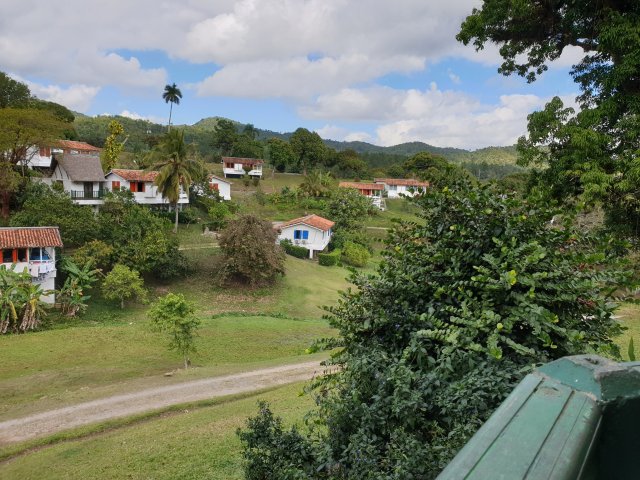
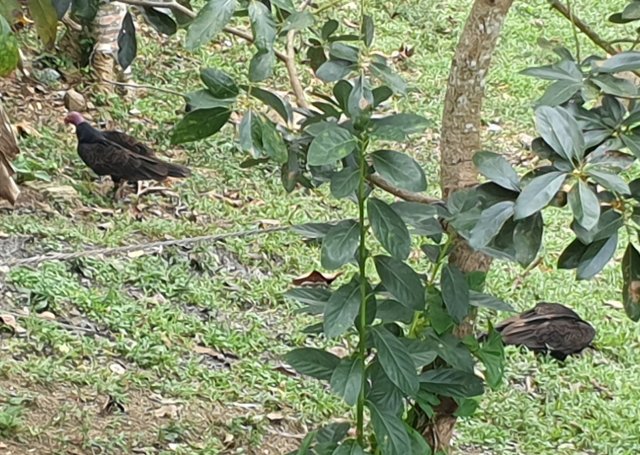
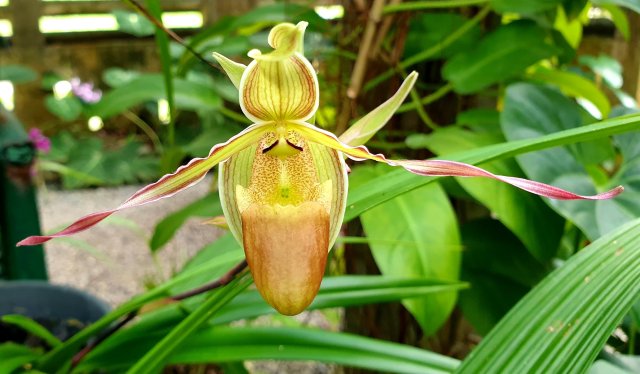
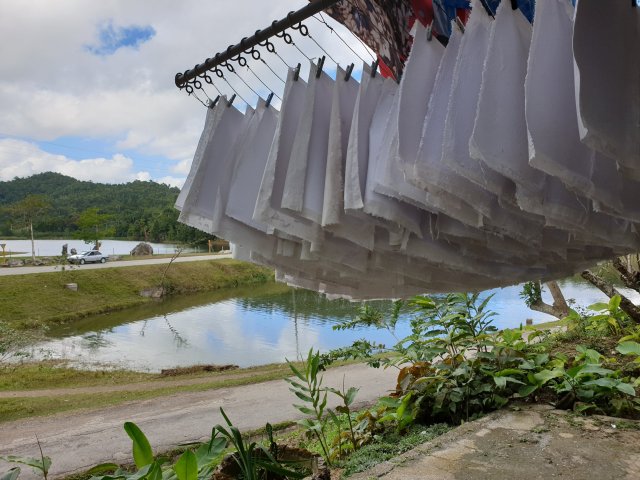

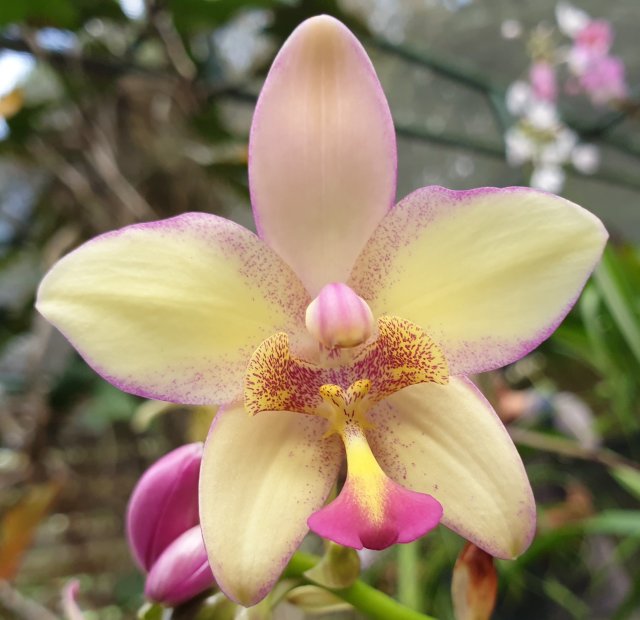



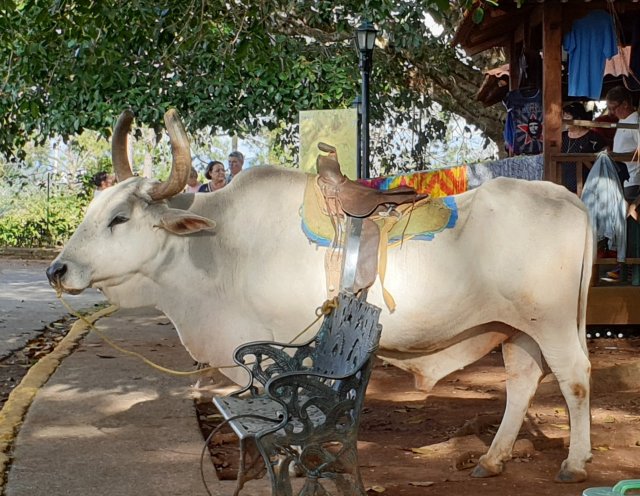
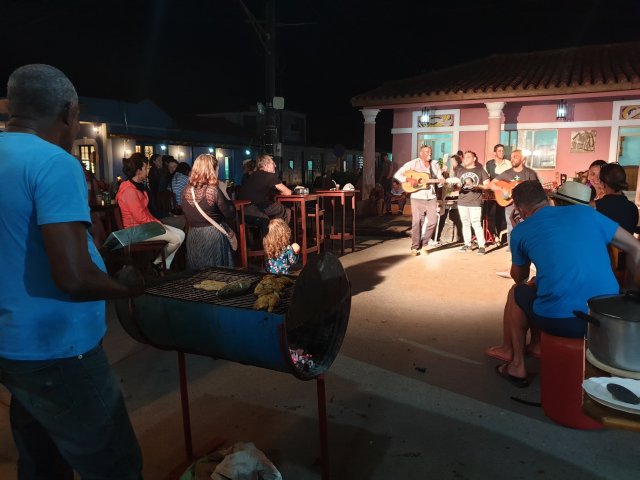

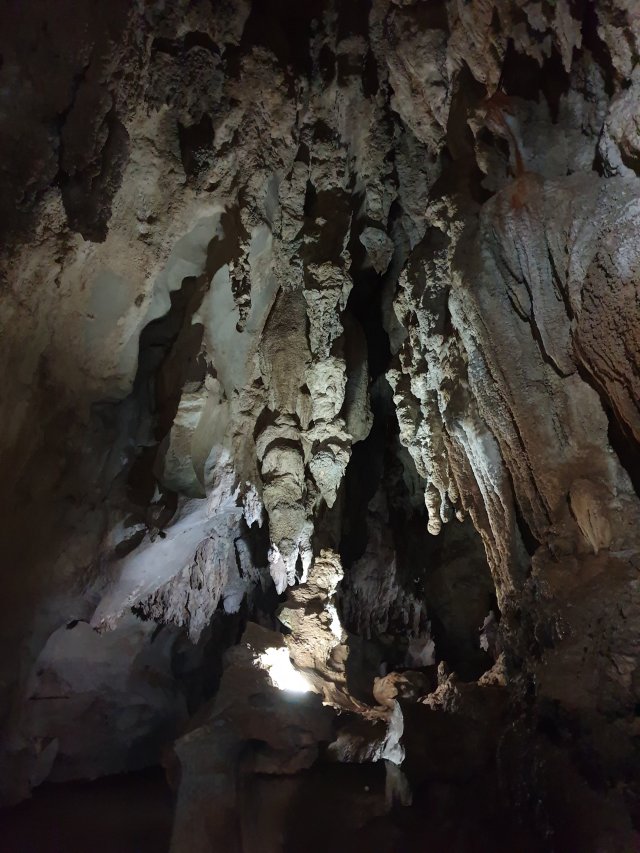
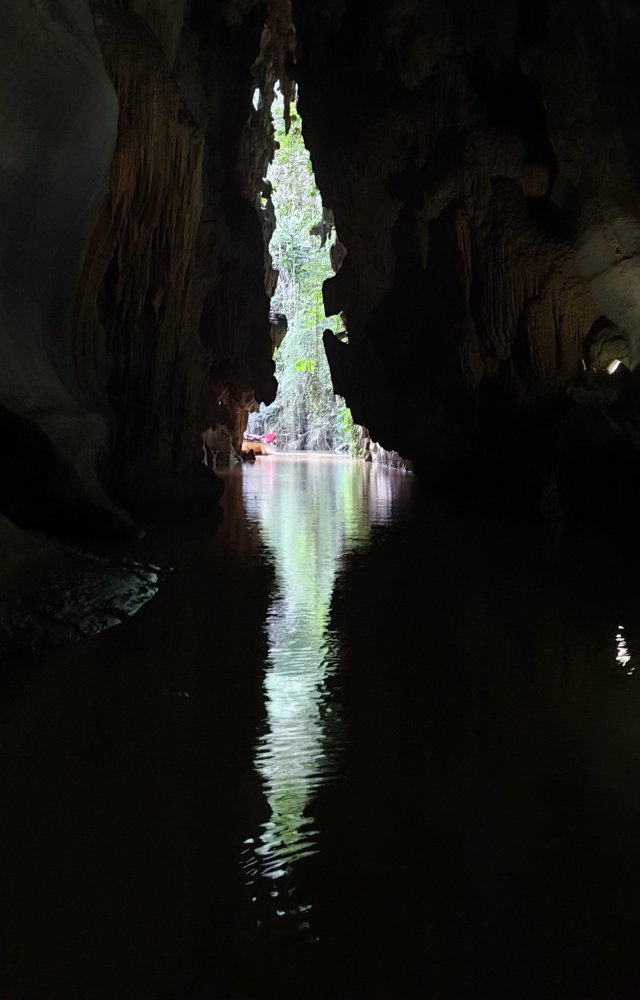

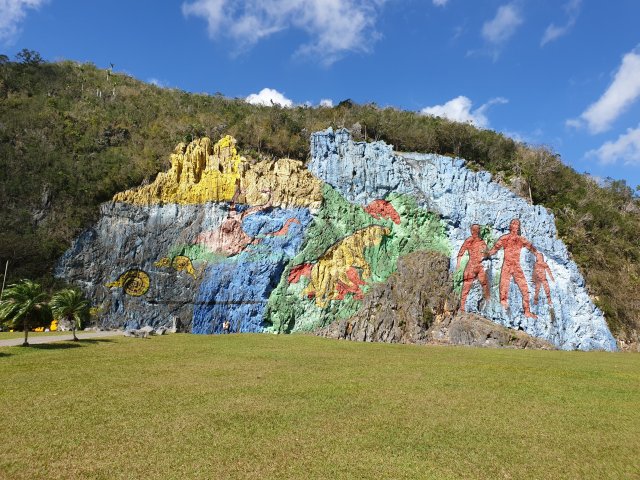




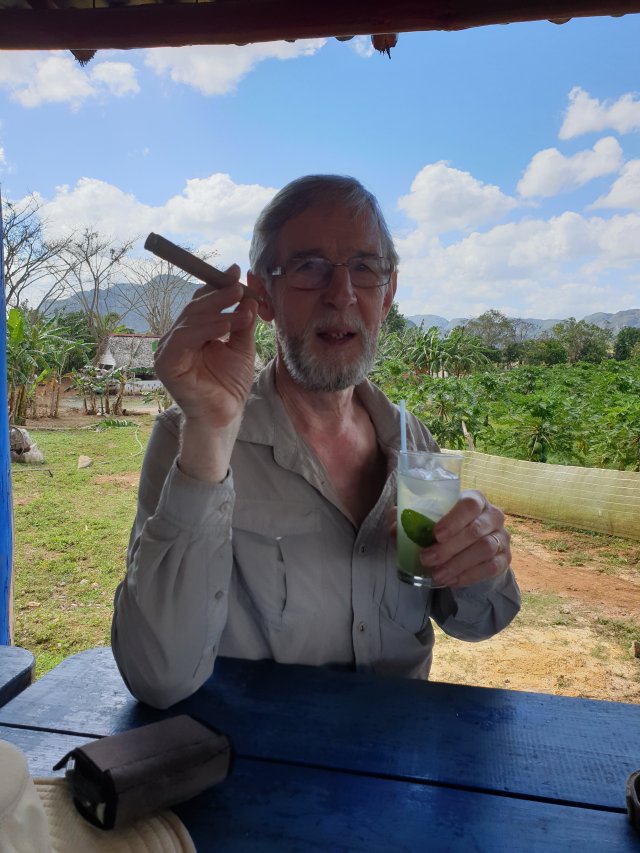
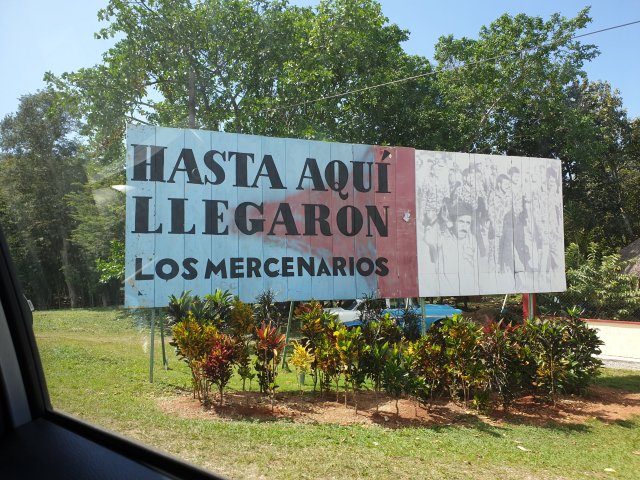


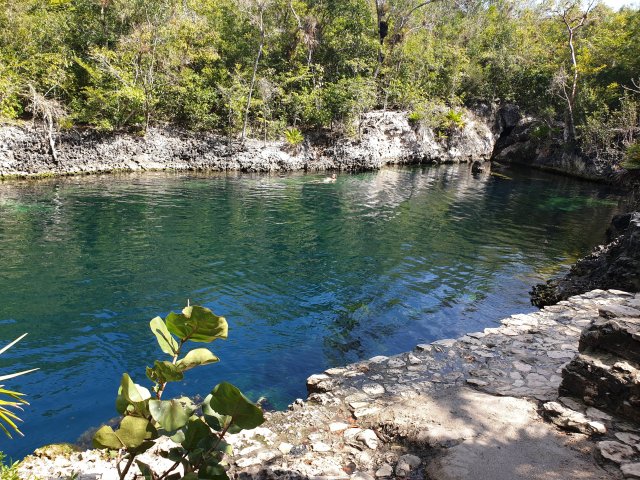
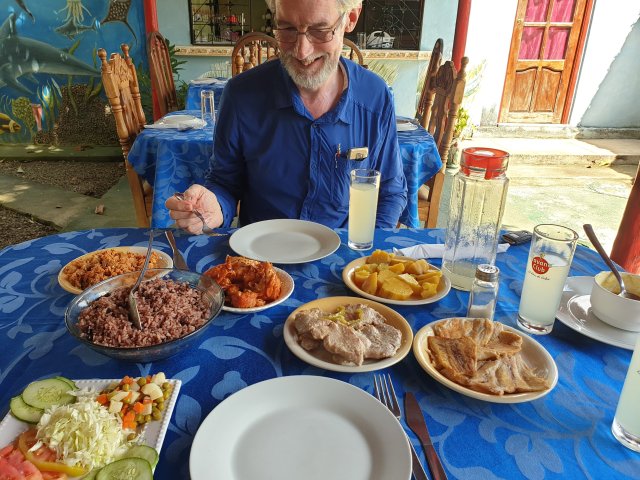
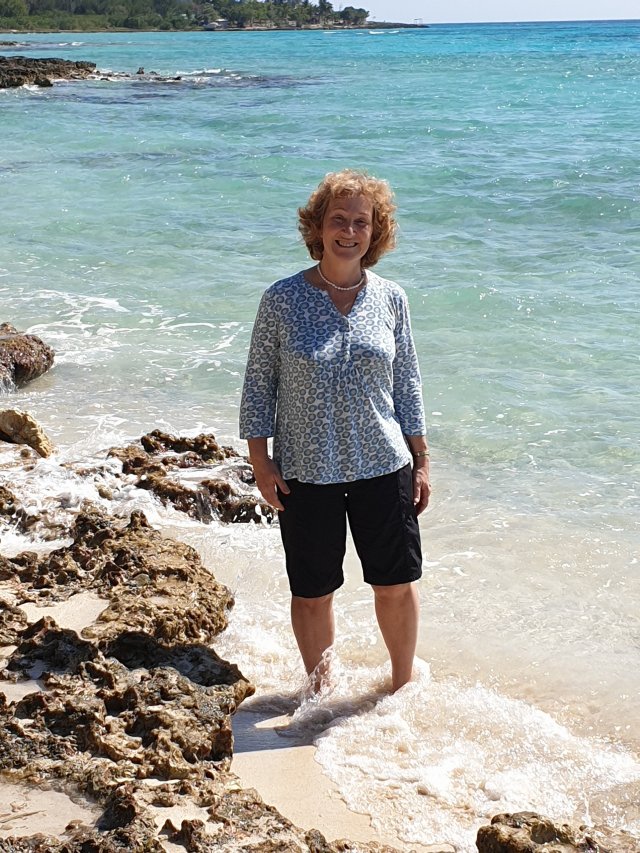



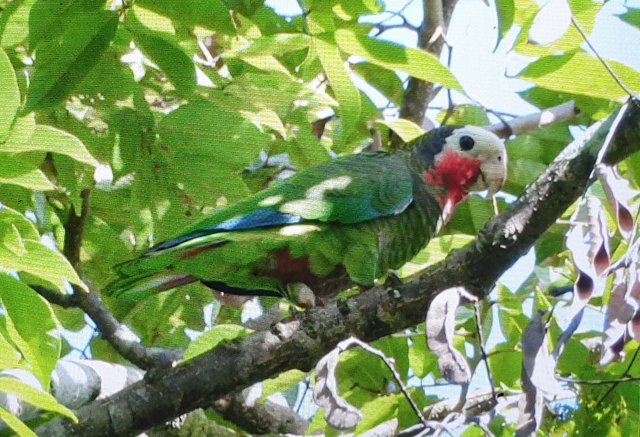
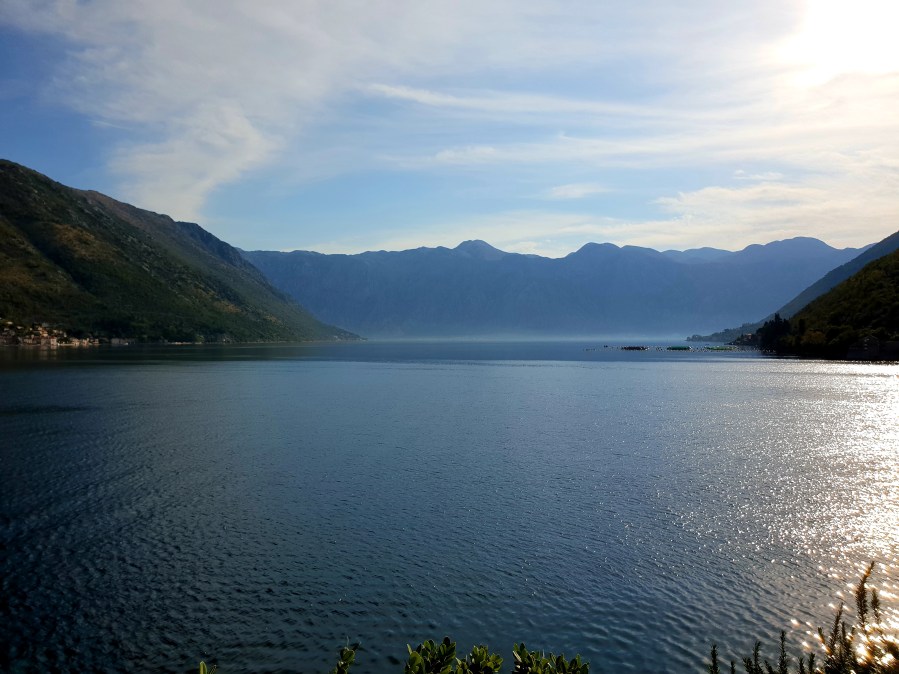





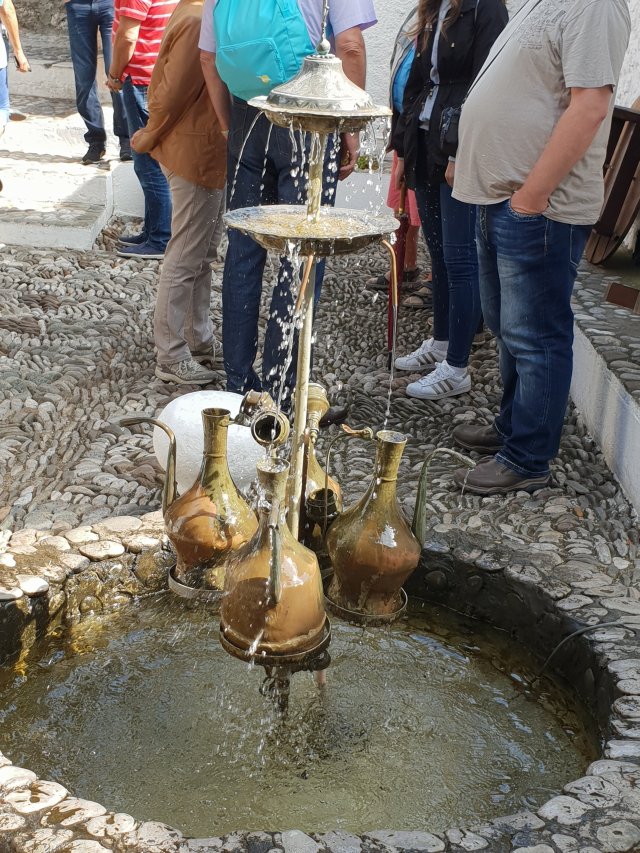
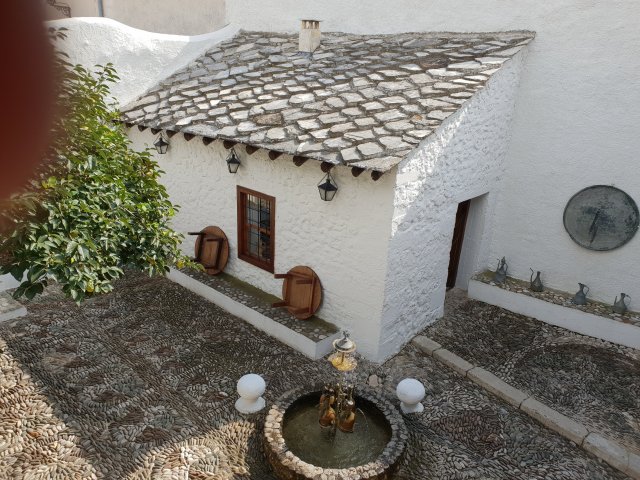
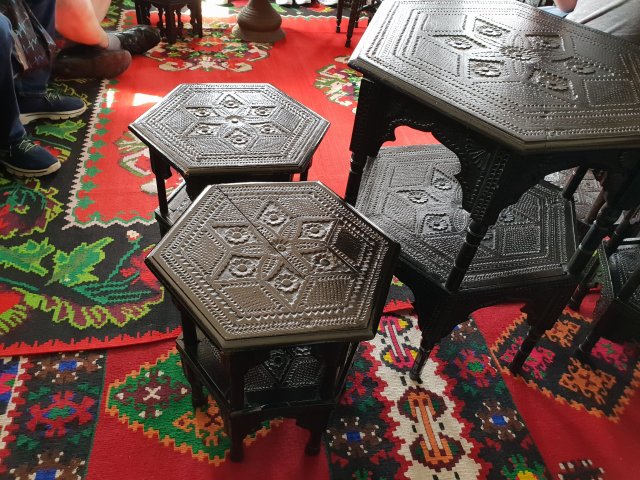
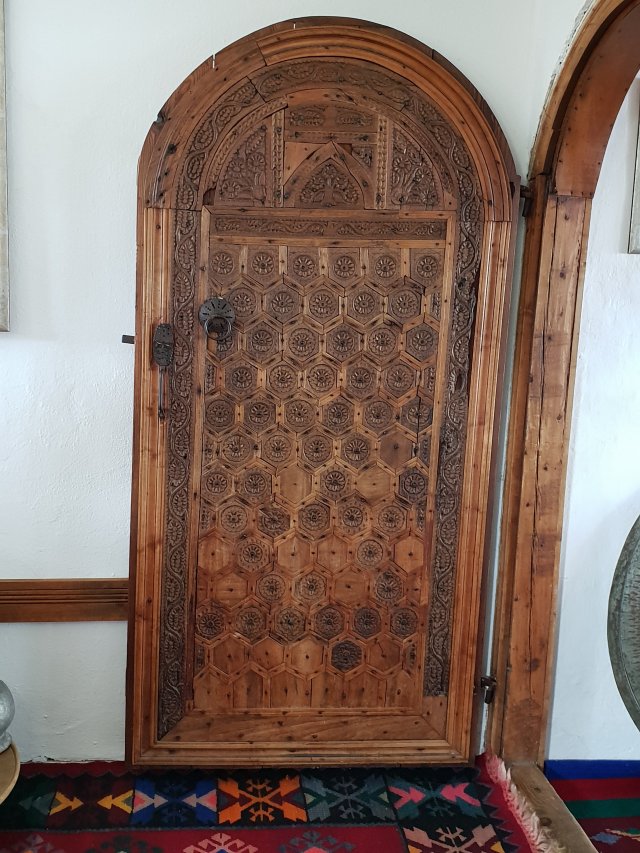
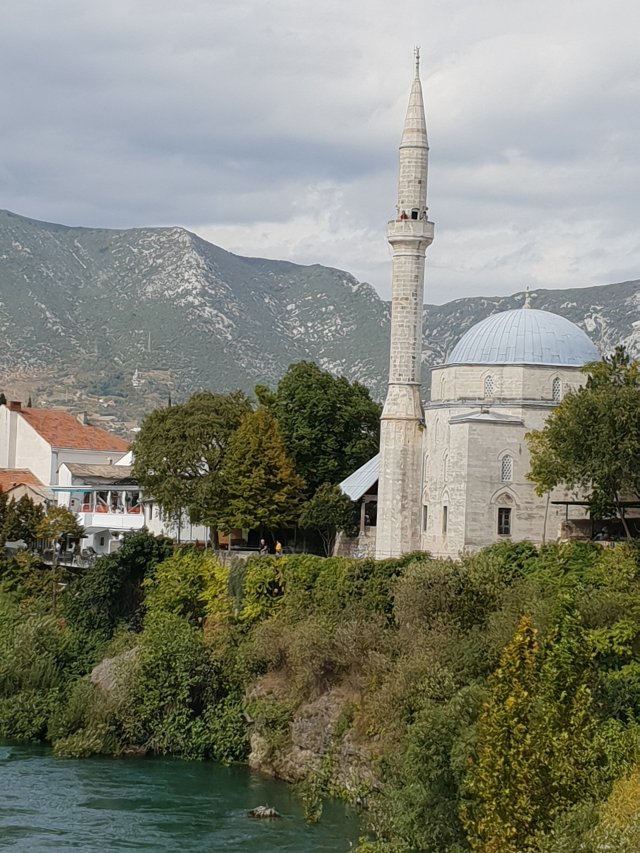
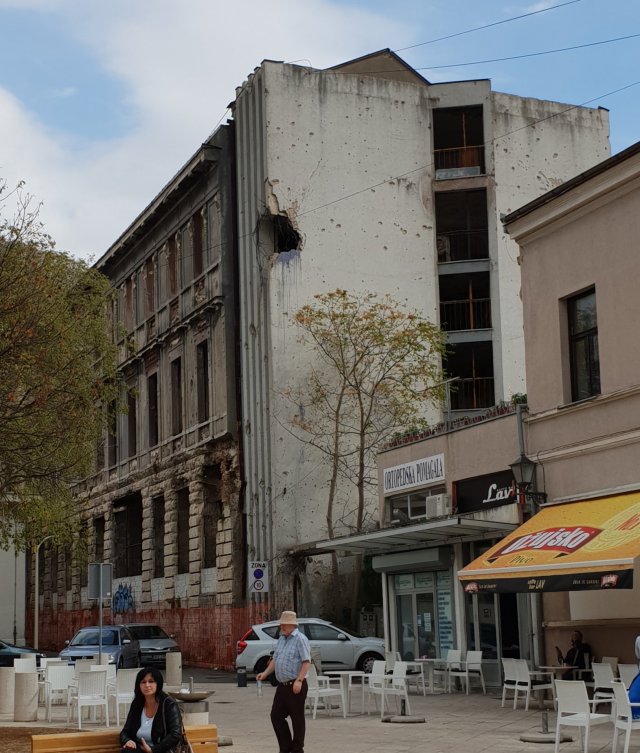
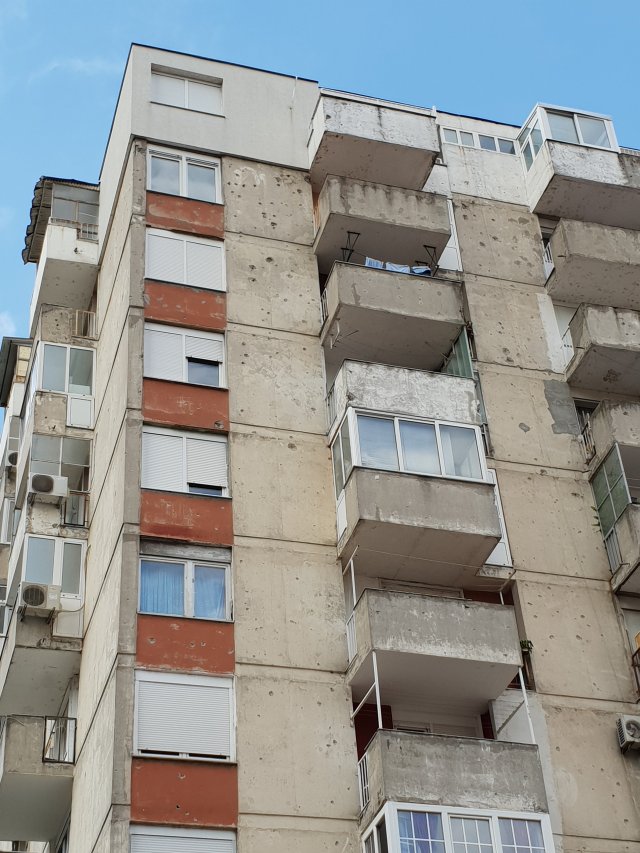
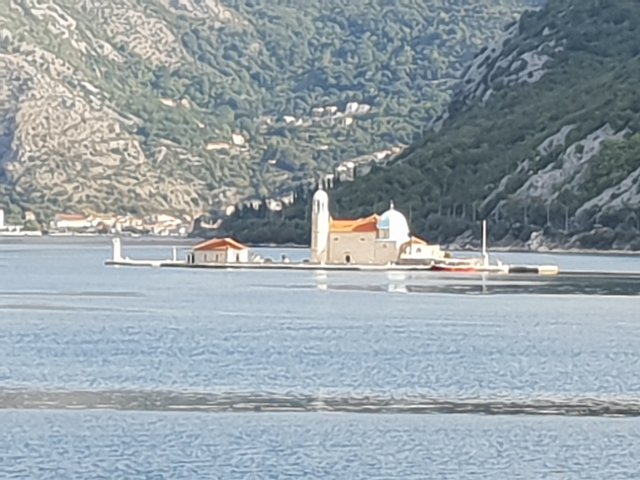

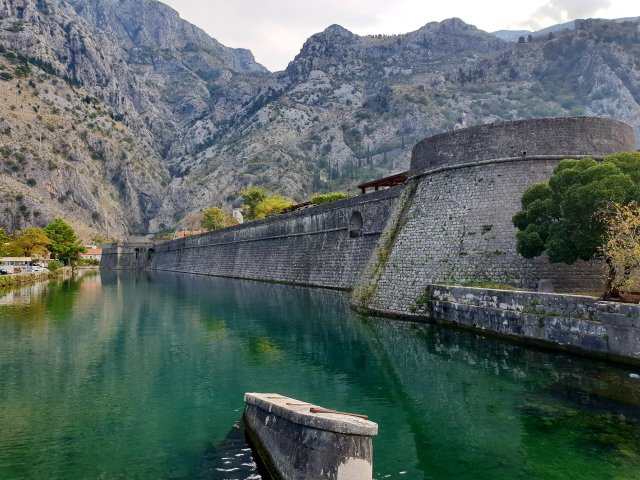

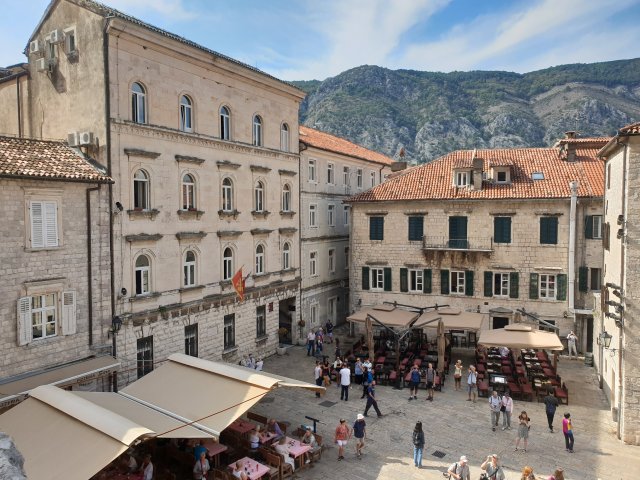

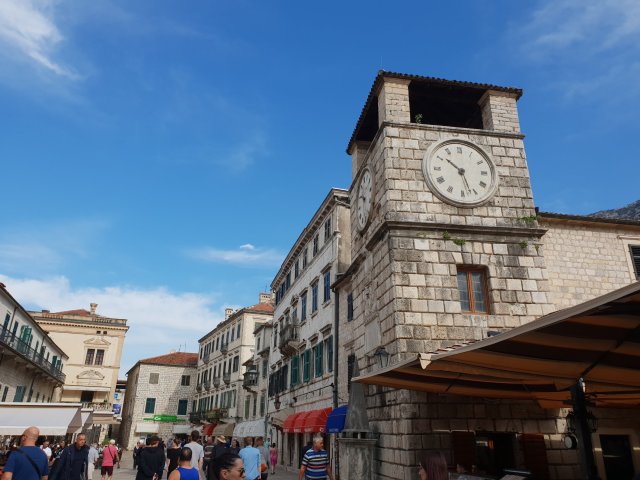

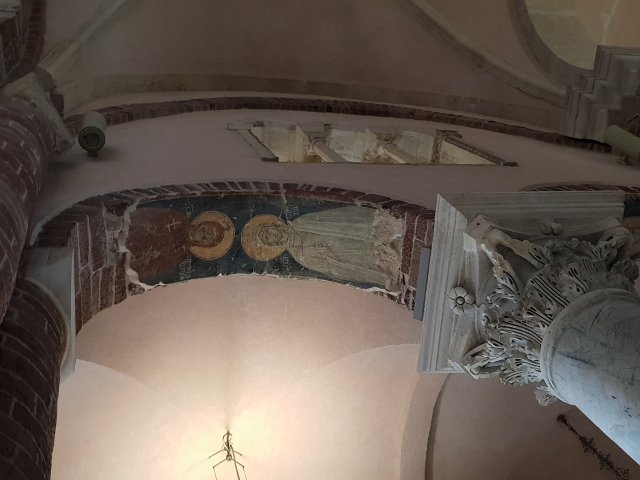
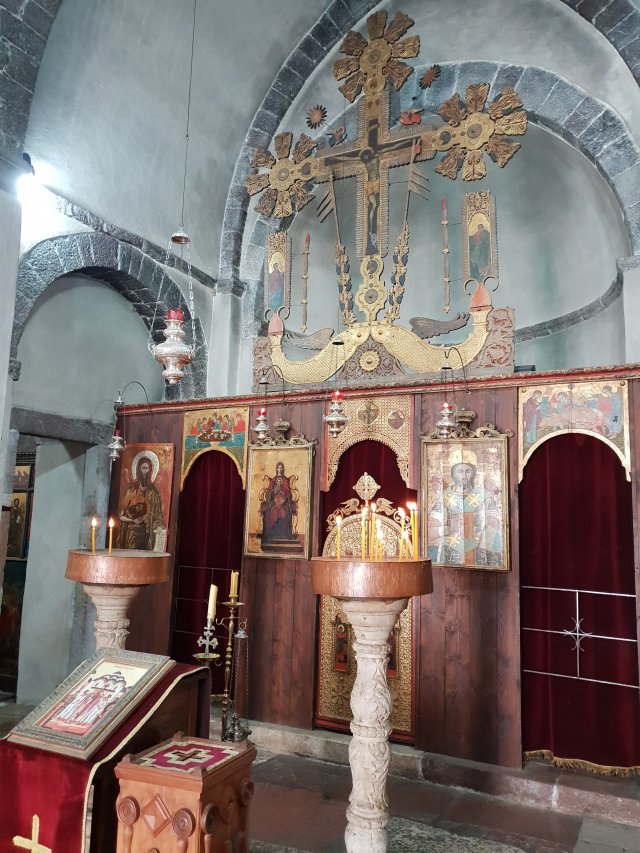
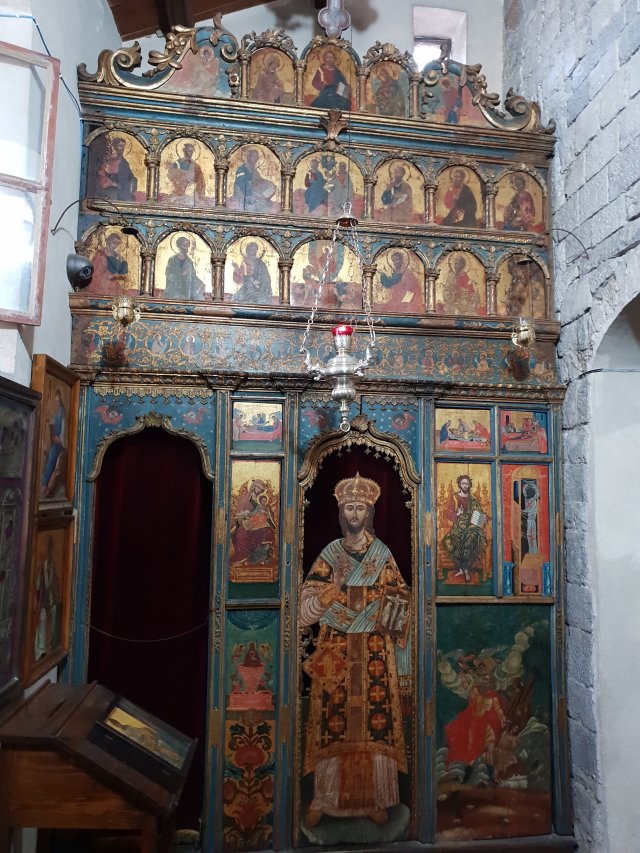



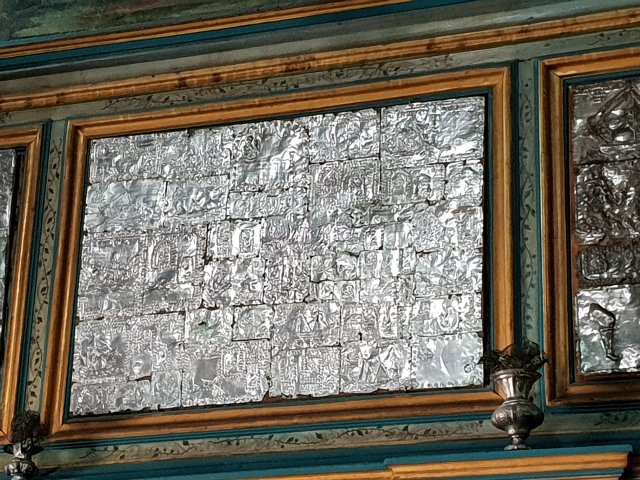
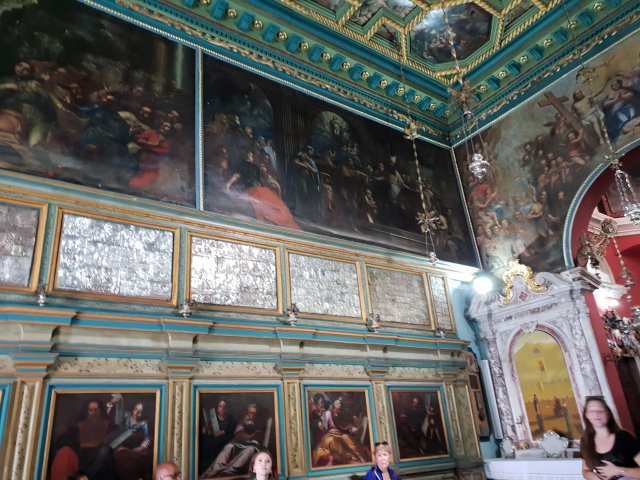


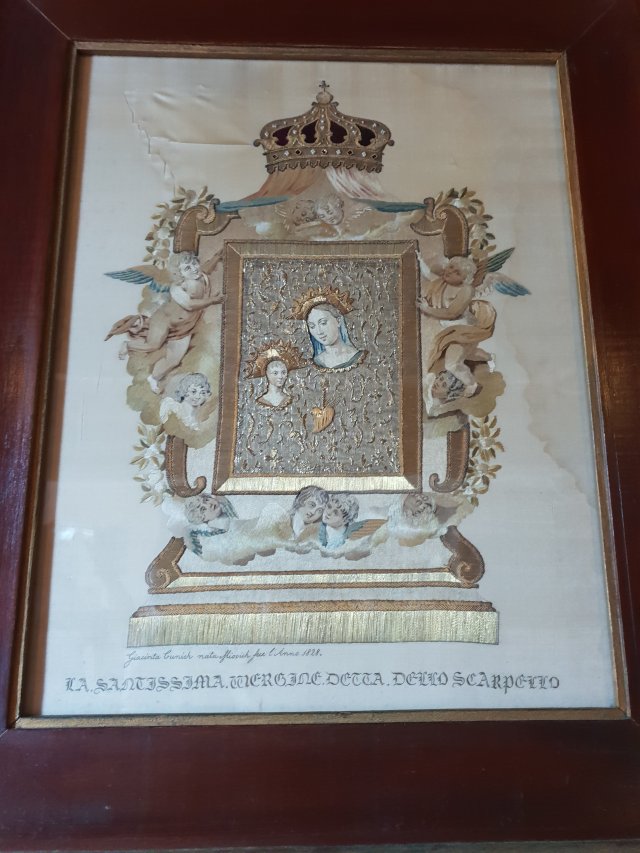

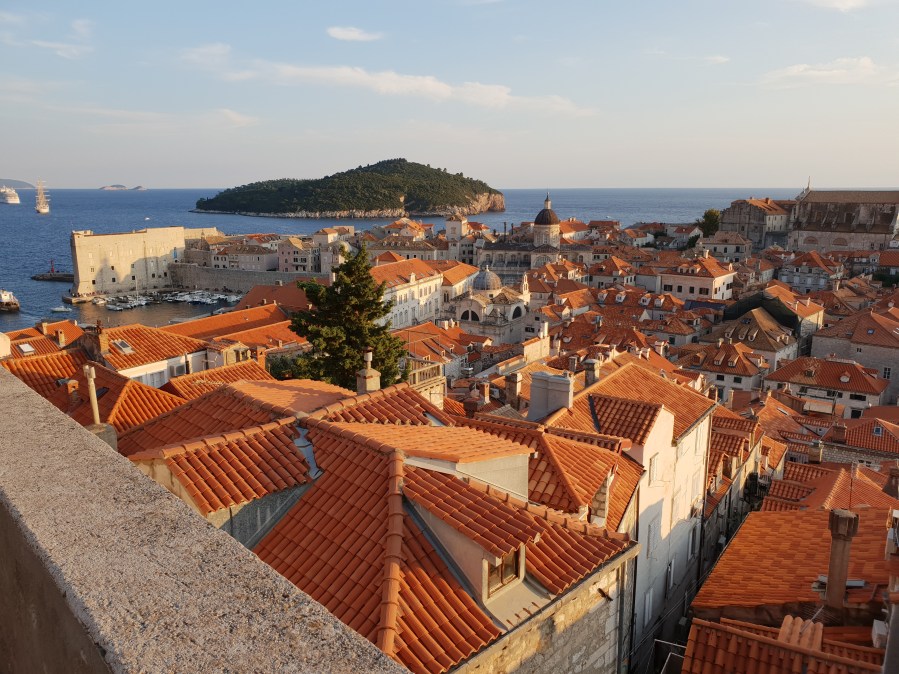

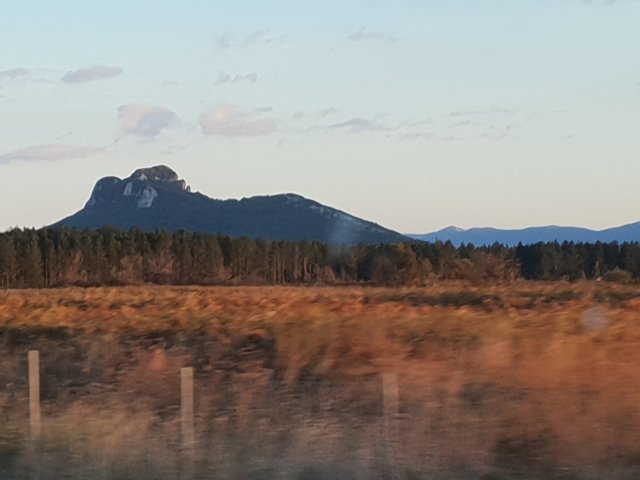
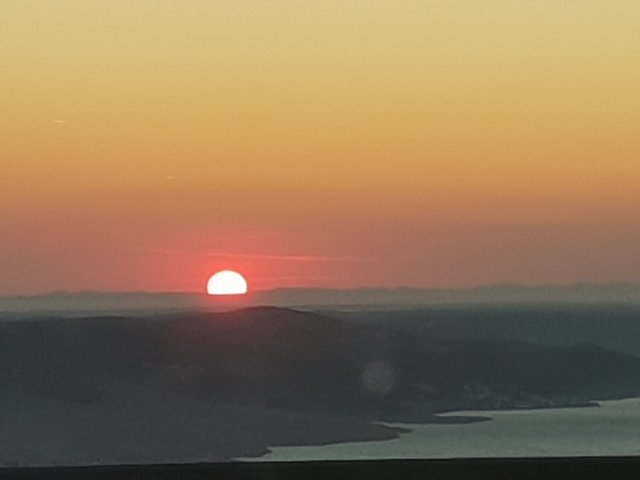

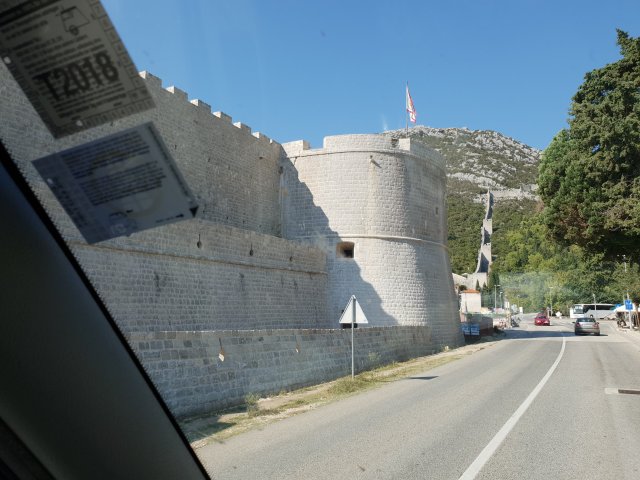
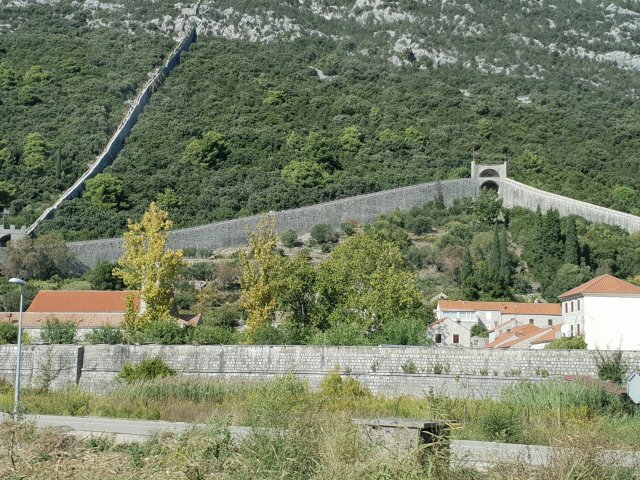
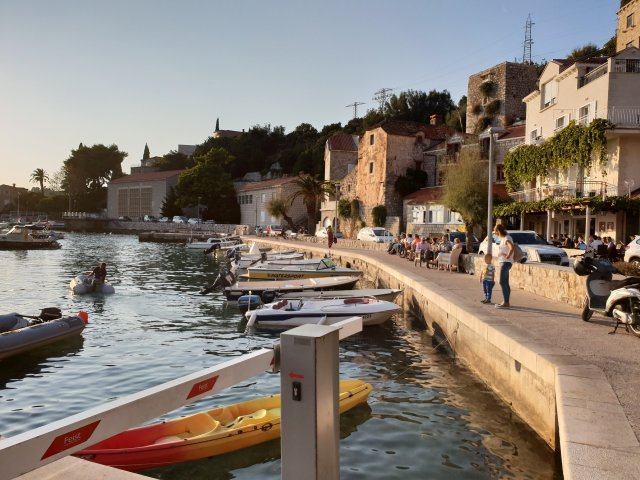





 Map showing the sites of all the bombs which hit the city.
Map showing the sites of all the bombs which hit the city.
